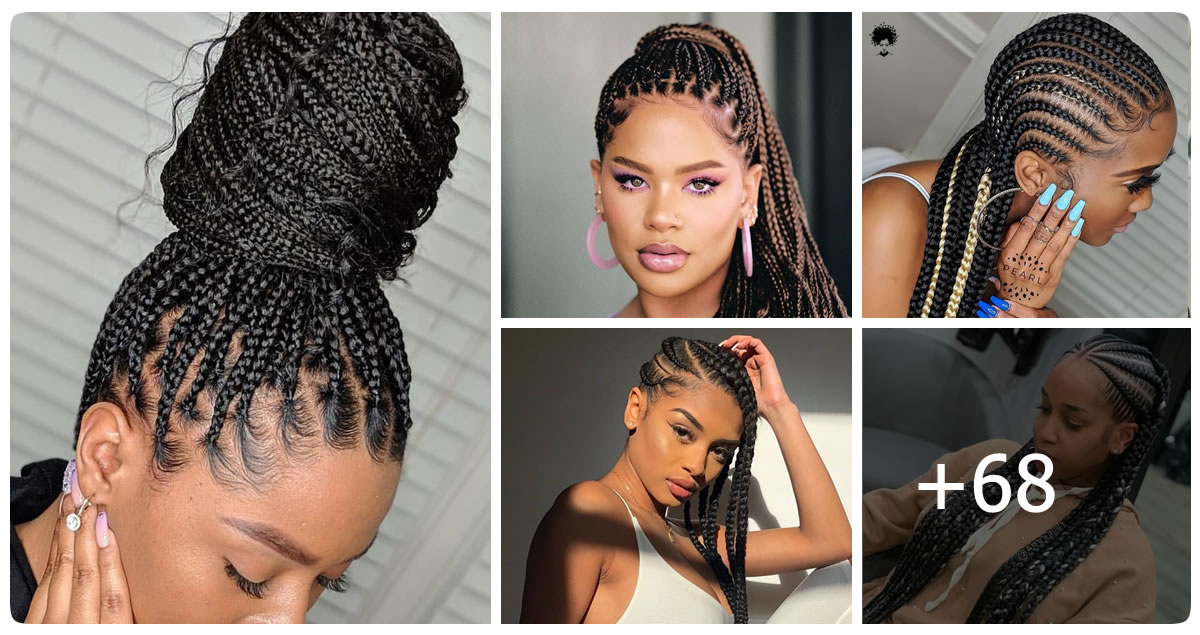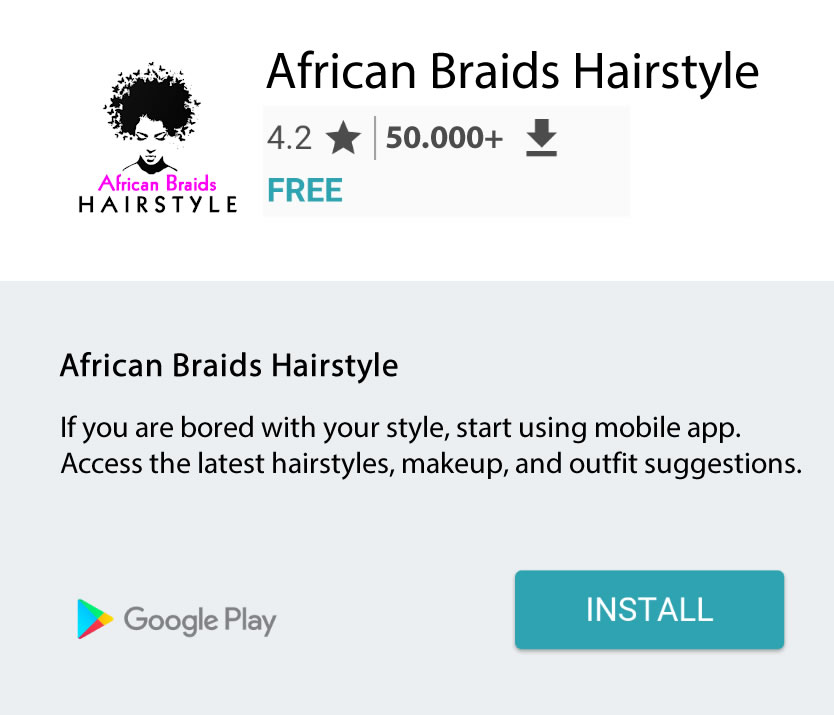Braids and African hairstyles have been a staple of African culture for centuries. They are not only a form of self-expression but also a way to celeb
Braids and African hairstyles have been a staple of African culture for centuries. They are not only a form of self-expression but also a way to celebrate African heritage and culture. In this article, we’ll explore the history of braids and African hairstyles, popular styles, and how to care for them.
History of Braids and African Hairstyles
Braids and African hairstyles have a rich and complex history. In African culture, hair is often seen as a reflection of one’s identity, spirituality, and social status. For centuries, African people have been using braids and other hairstyles to communicate their cultural identity, personal style, and social status.
In ancient Africa, different hairstyles were used to signify different tribes, ethnicities, and social classes. For example, the Fulani tribe in West Africa traditionally wore intricate braids with beads and cowrie shells to represent their wealth and status. The Yoruba people in Nigeria often wore elaborate head wraps and braids with intricate patterns and designs.
During the transatlantic slave trade, braids and African hairstyles were often taken away from African people as a way to strip them of their culture and identity. However, over time, African people in the diaspora began to reclaim their cultural heritage through hairstyles like braids, twists, and locks.
Popular Braids and African Hairstyles
There are countless variations of braids and African hairstyles, each with its own unique history and significance. Here are some of the most popular styles:
1. Ghana Braids: Also known as cornrows or banana braids, Ghana braids are a traditional African hairstyle that involves braiding the hair close to the scalp in a raised pattern. This style is a great option for those with natural hair looking to protect and grow their hair.
2. Fulani Braids: This style is inspired by the Fulani people of West Africa and features thin braids with beads and cowrie shells. The braids are often styled in a pattern that frames the face.
3. Senegalese Twists: These twists are a popular protective style that involves twisting the hair with extensions. They can be worn in various lengths and thicknesses and are perfect for those who want a low-maintenance hairstyle.
4. Bantu Knots: This hairstyle involves sectioning the hair into small knots that are twisted and pinned to the scalp. Bantu knots are a great option for those with natural hair who want a versatile and low-maintenance style.
5. Kinky Twists: These twists are similar to Senegalese twists but are done with kinky hair extensions for a more textured look. Kinky twists are a great option for those with natural hair who want to add length and volume to their hair.
Caring for Braids and African Hairstyles
Proper care is essential for maintaining the health and longevity of braids and African hairstyles. Here are some tips to keep in mind:
1. Keep the scalp clean: Use a sulfate-free shampoo and gently cleanse the scalp to remove dirt, oil, and buildup.
2. Moisturize regularly: Use a leave-in conditioner or oil to keep the hair and scalp moisturized and prevent breakage.
3. Protect at night: Wear a satin bonnet or scarf to protect the hair and prevent frizz while sleeping.
4. Avoid tight styles: Tight braids and hairstyles can cause tension and damage to the hair and scalp. Make sure to choose a style that is comfortable and doesn’t put too much stress on the hair.
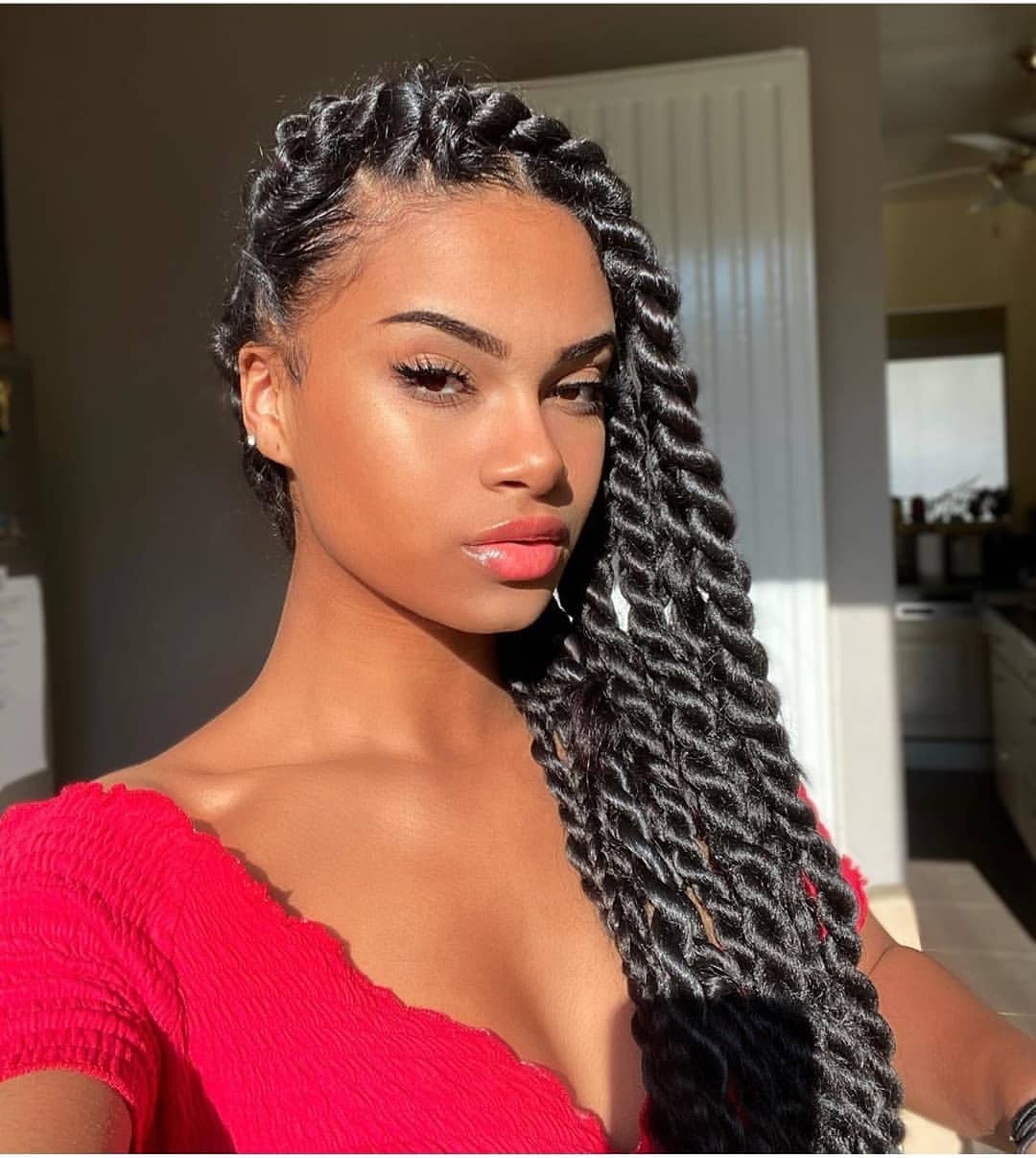
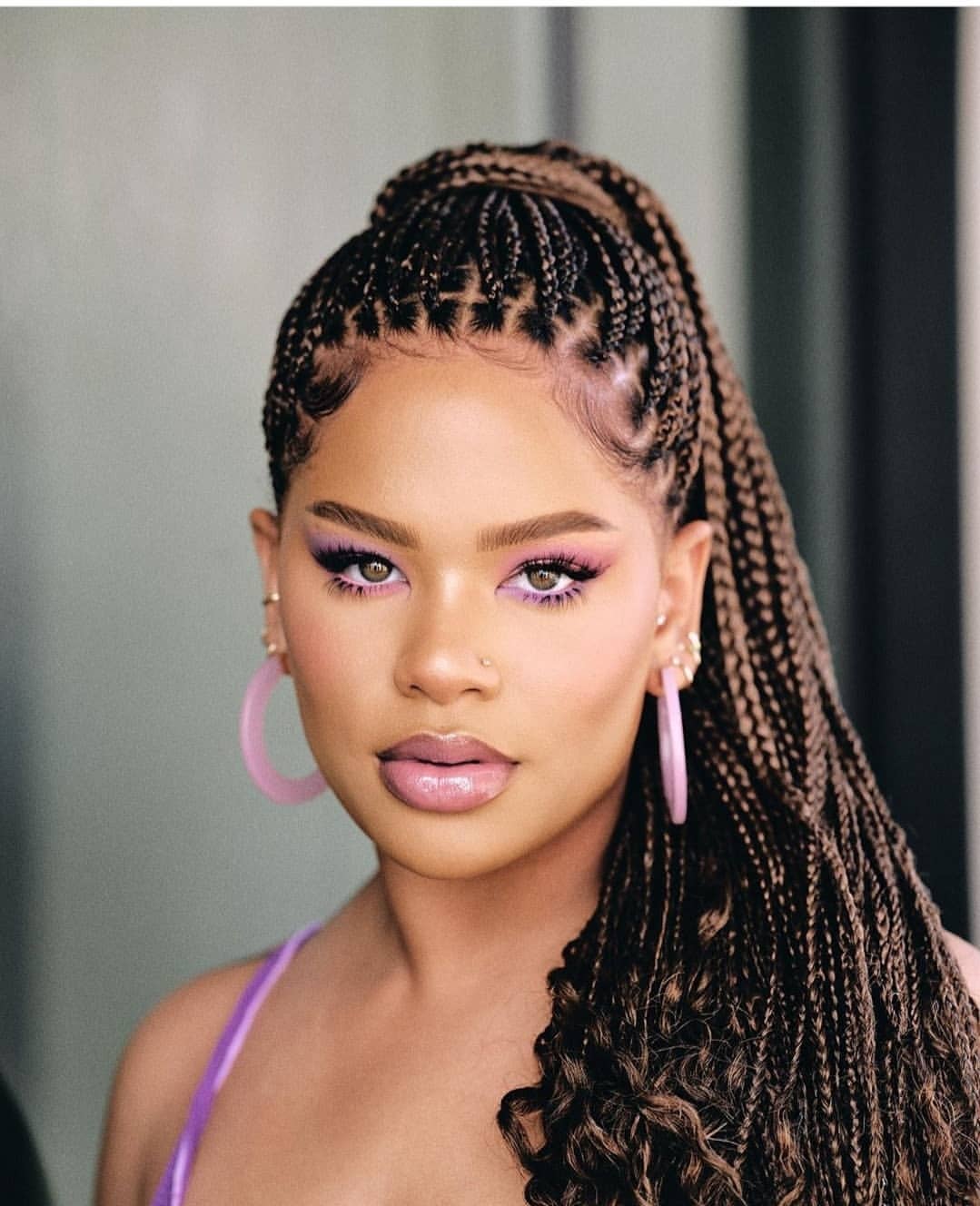
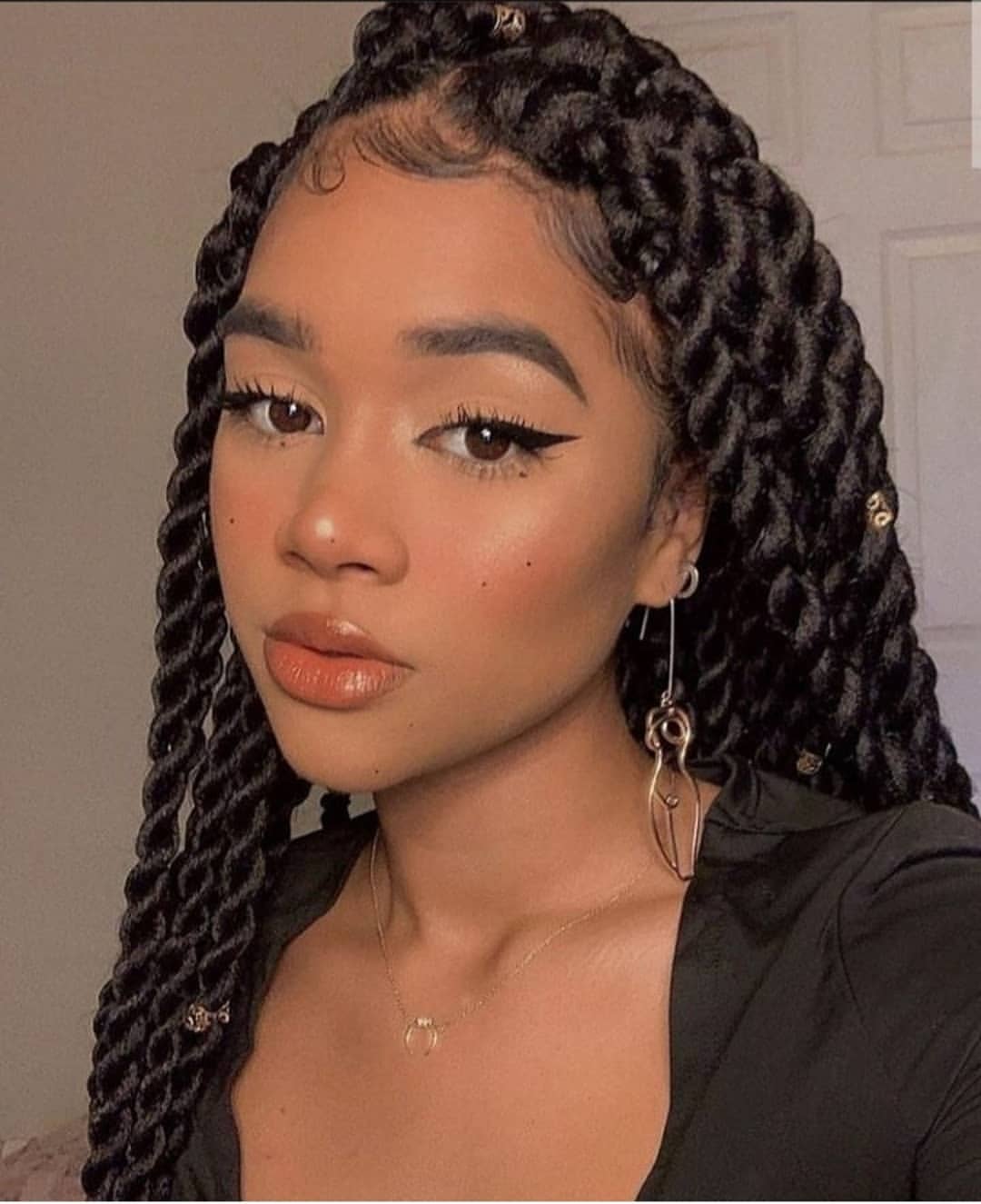
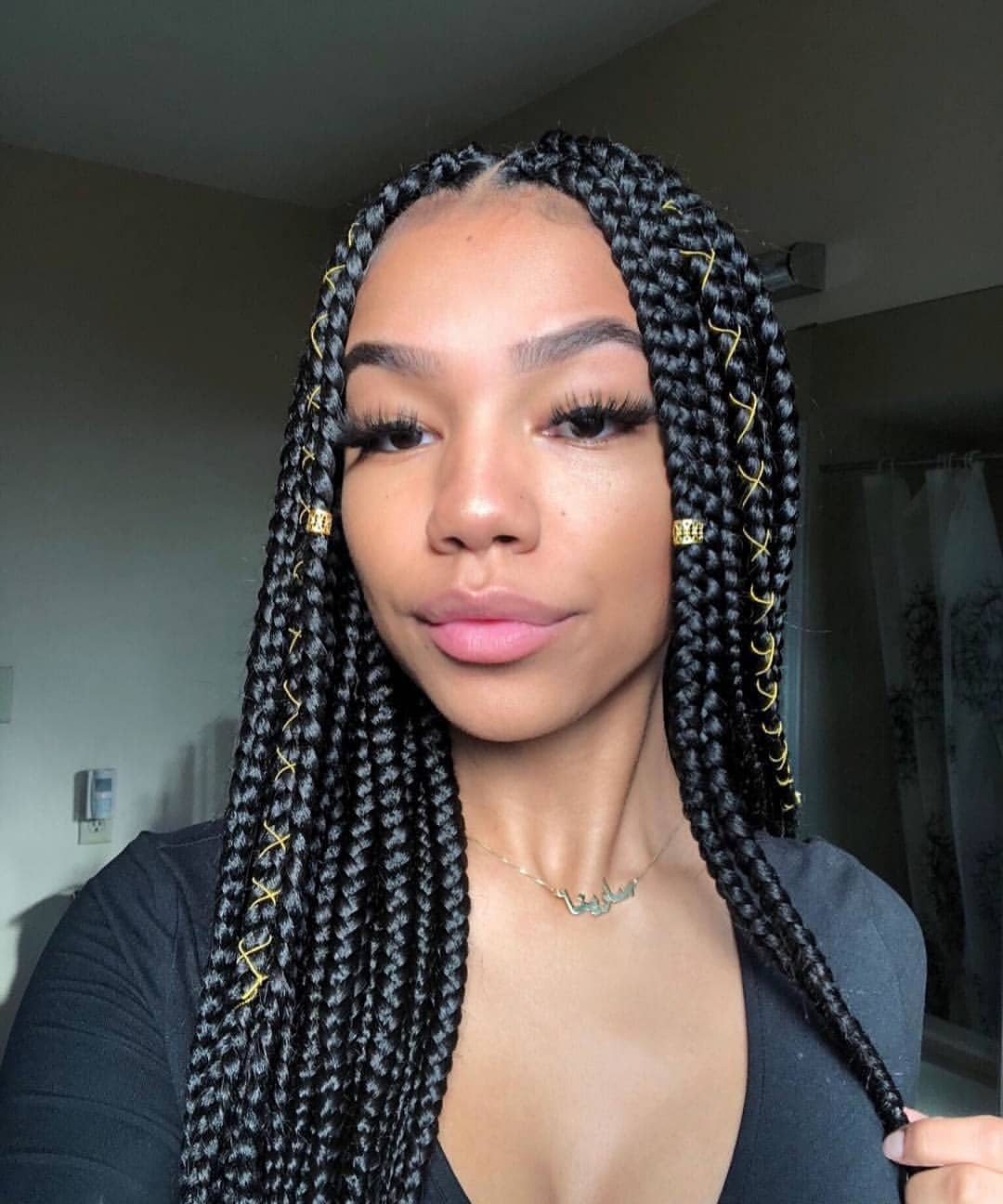
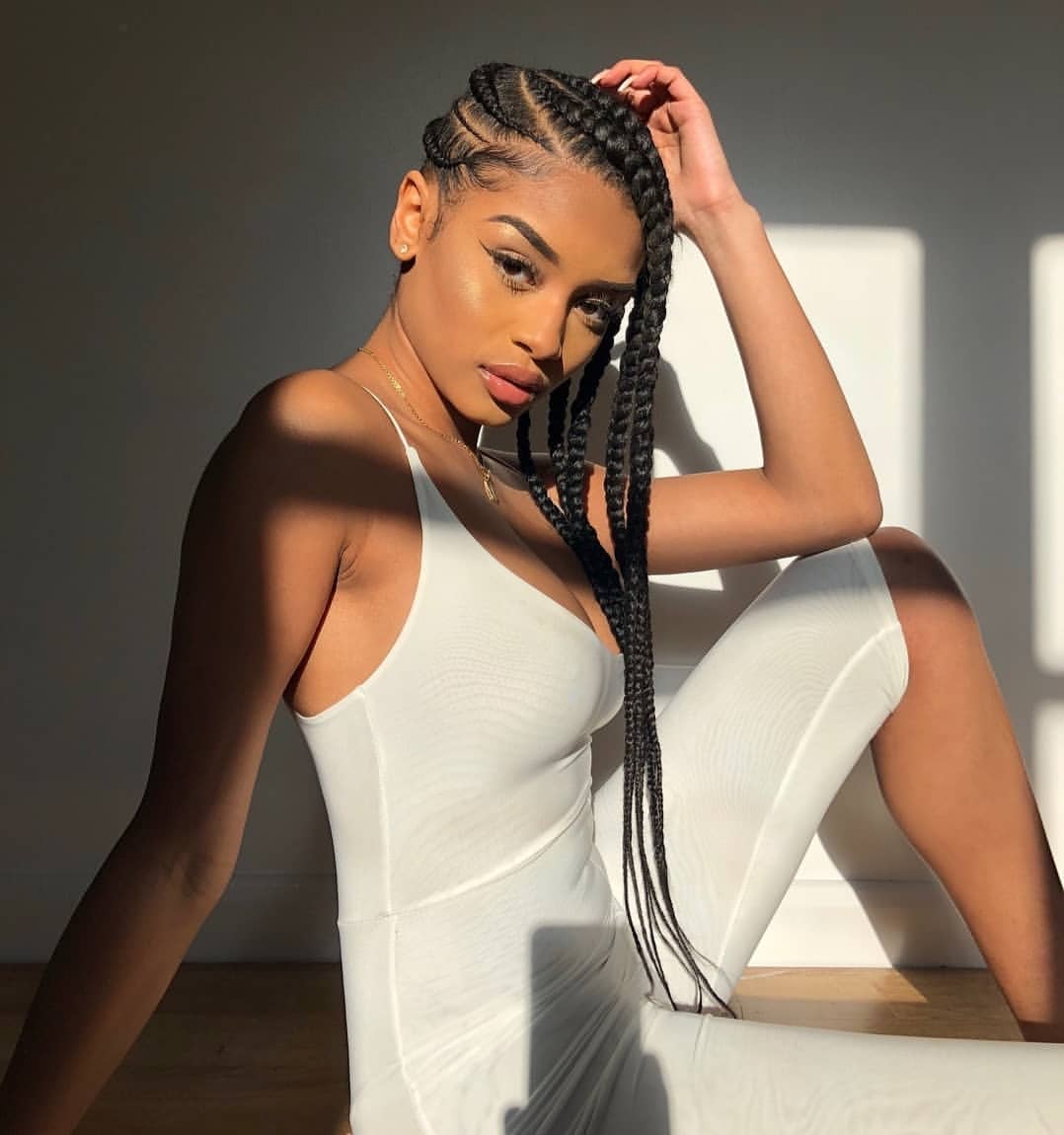
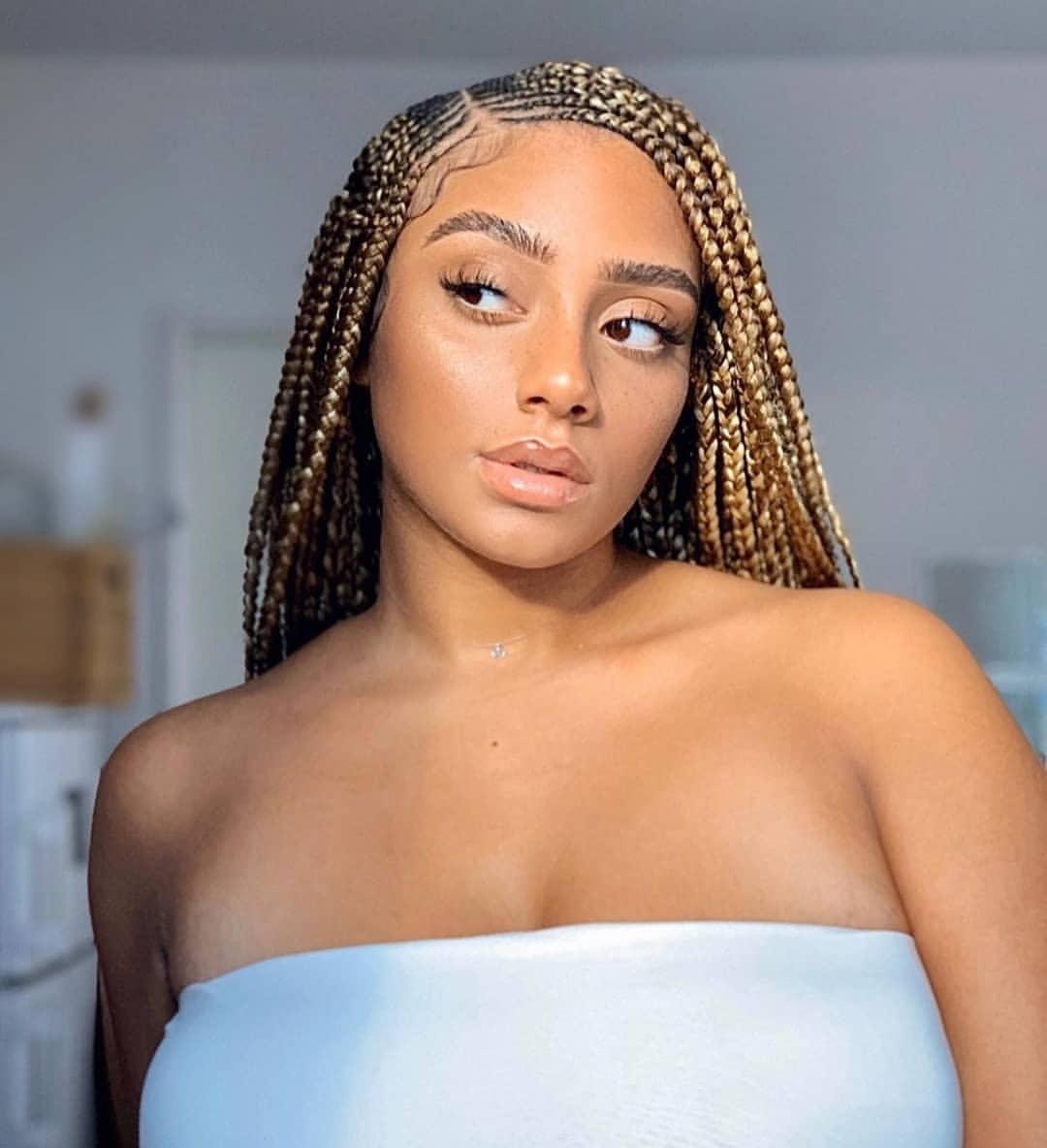
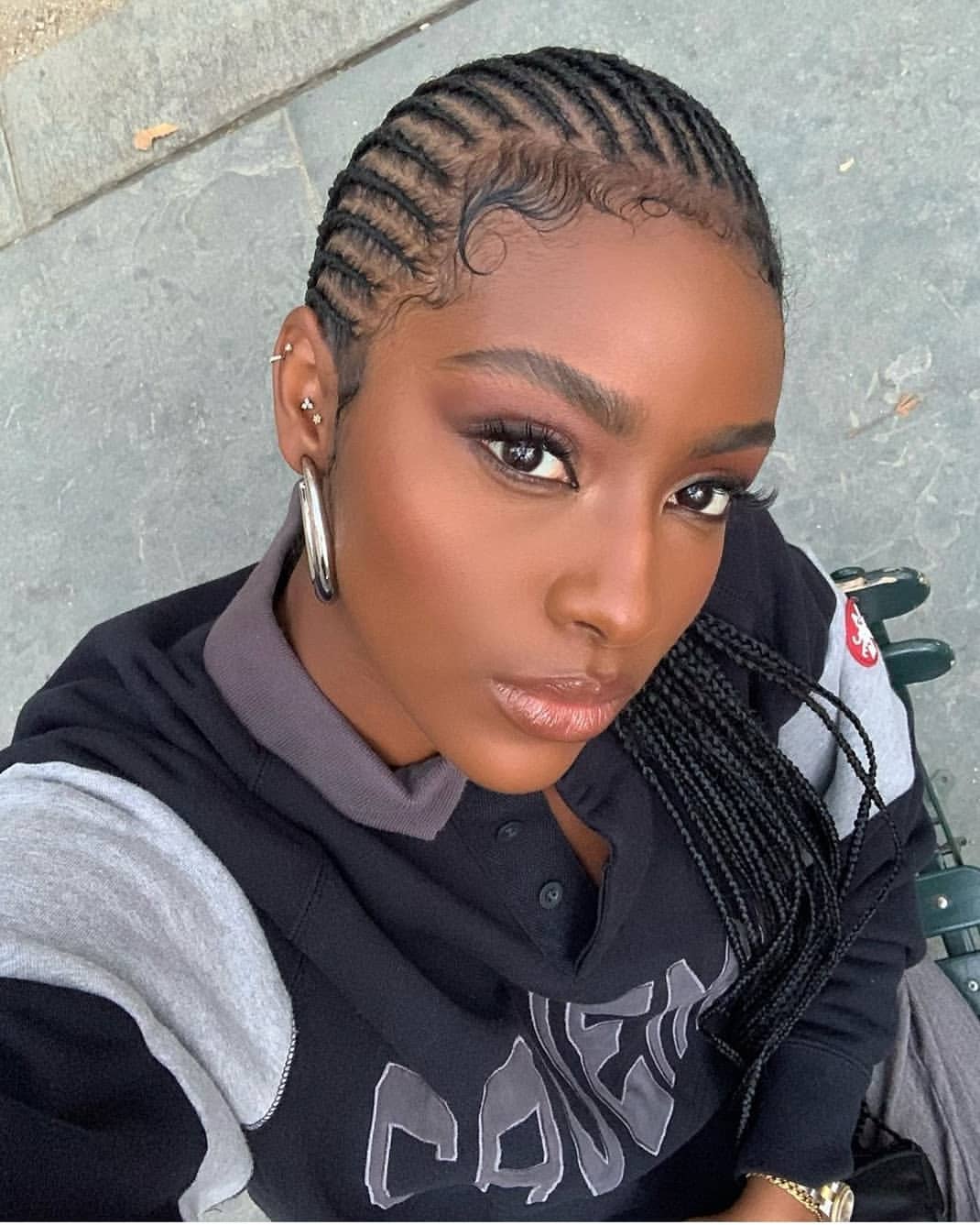
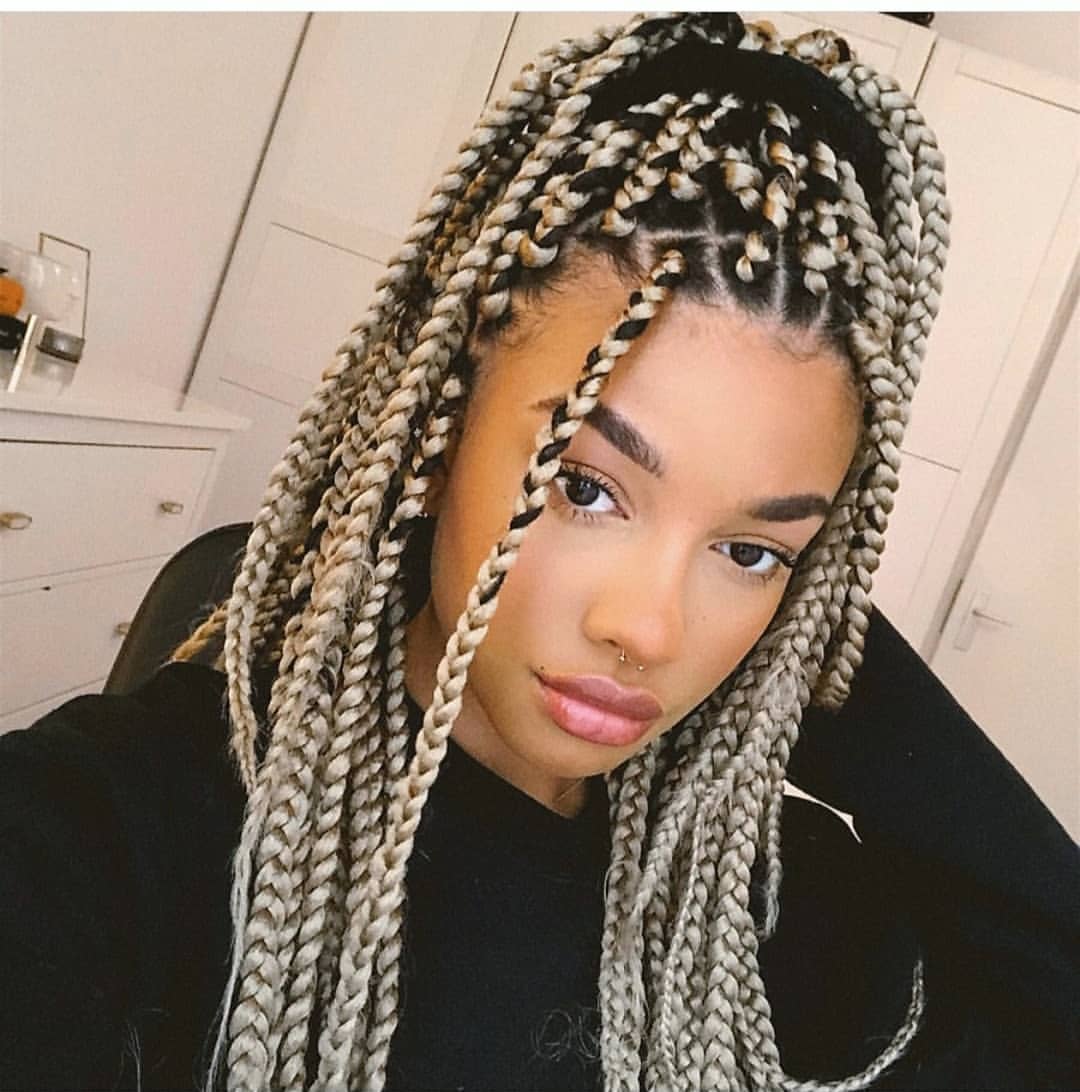
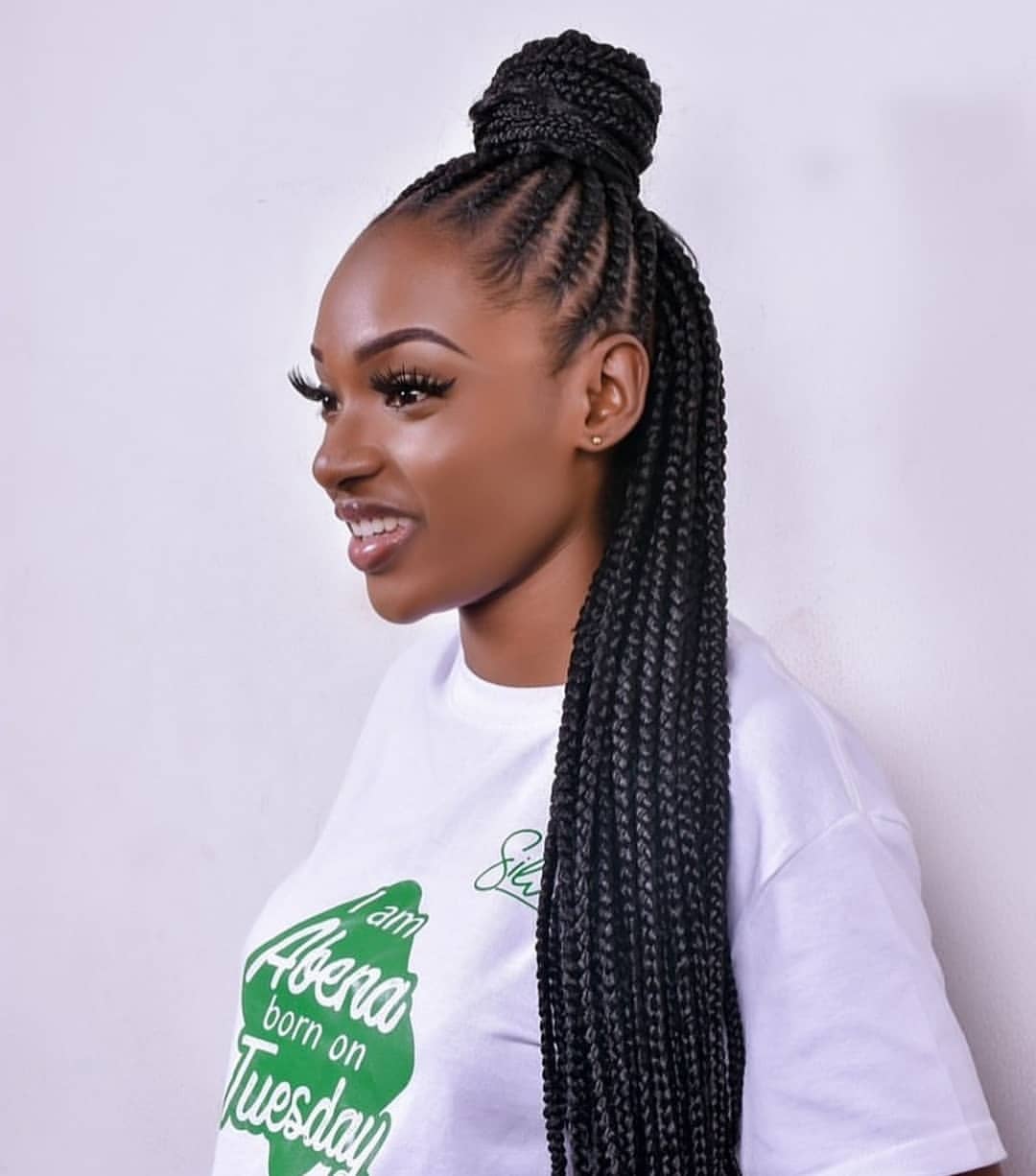
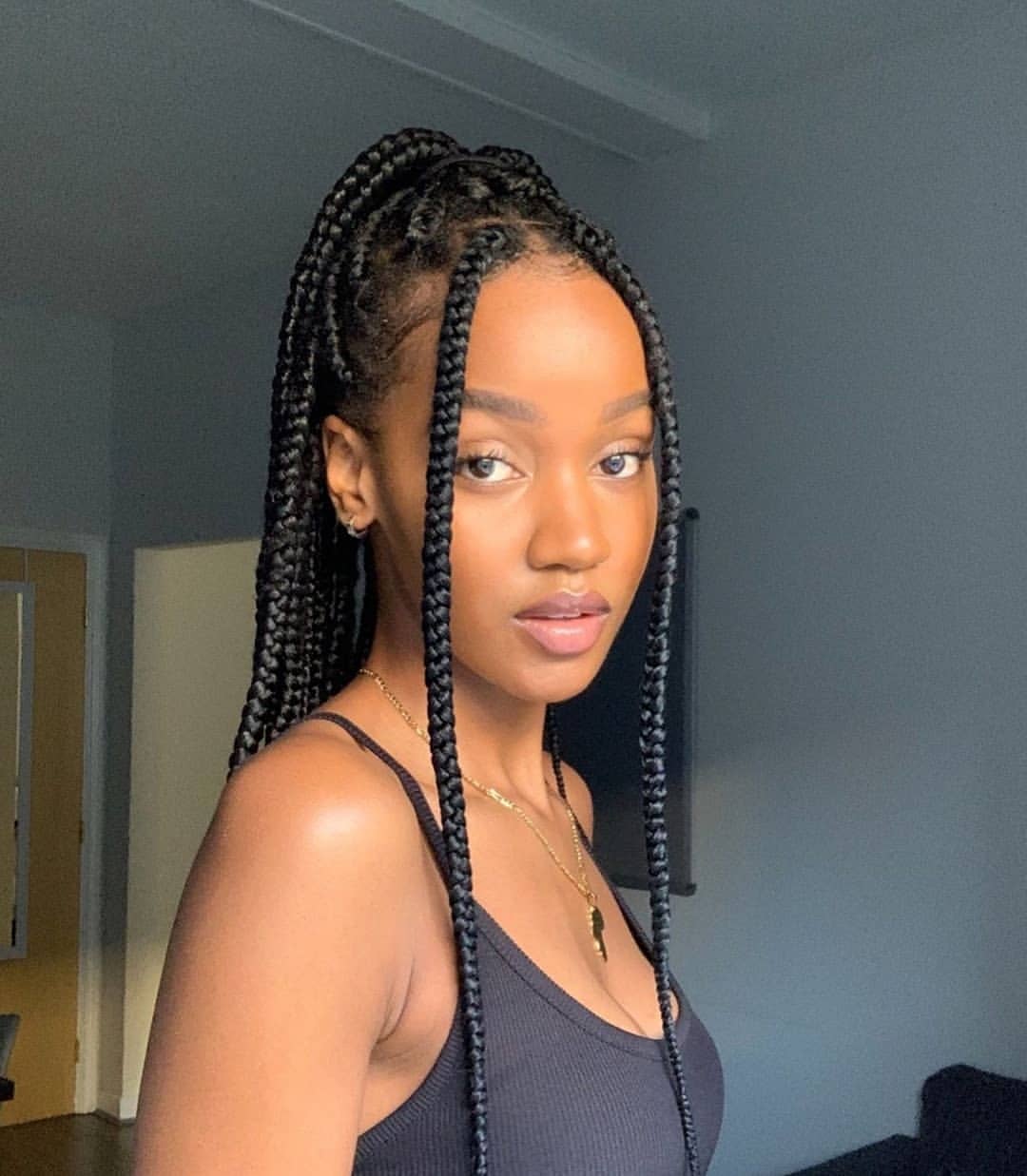
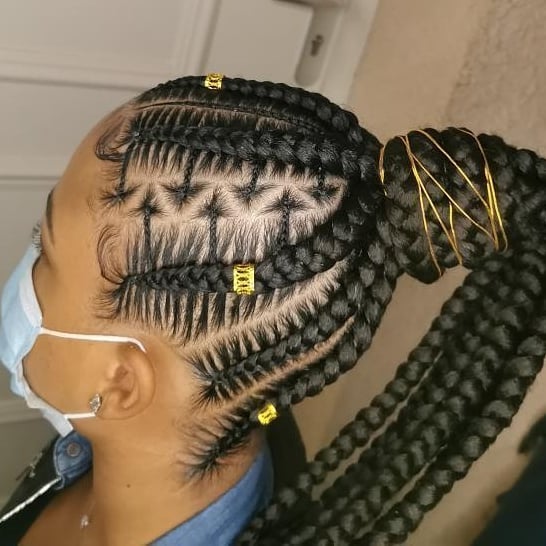
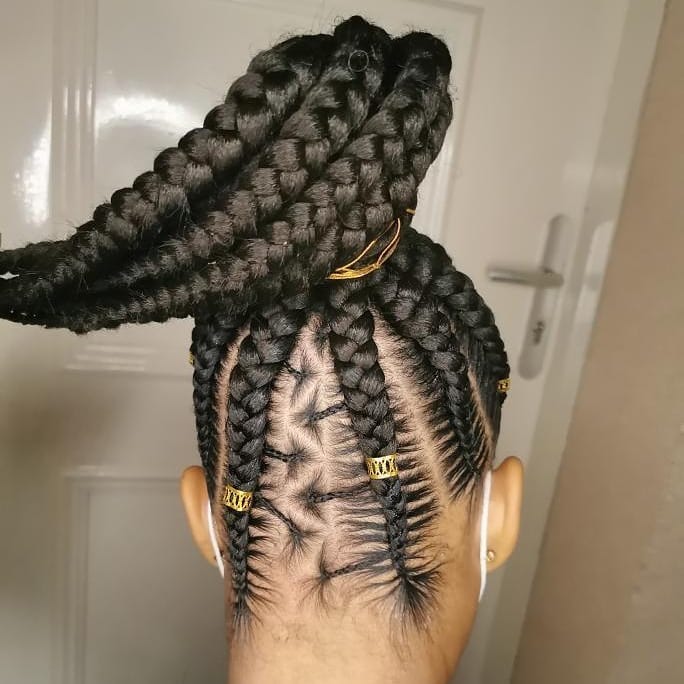
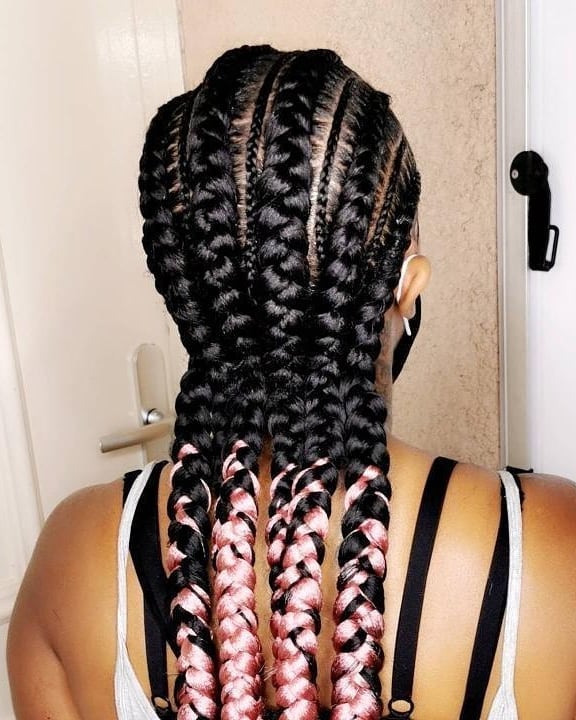
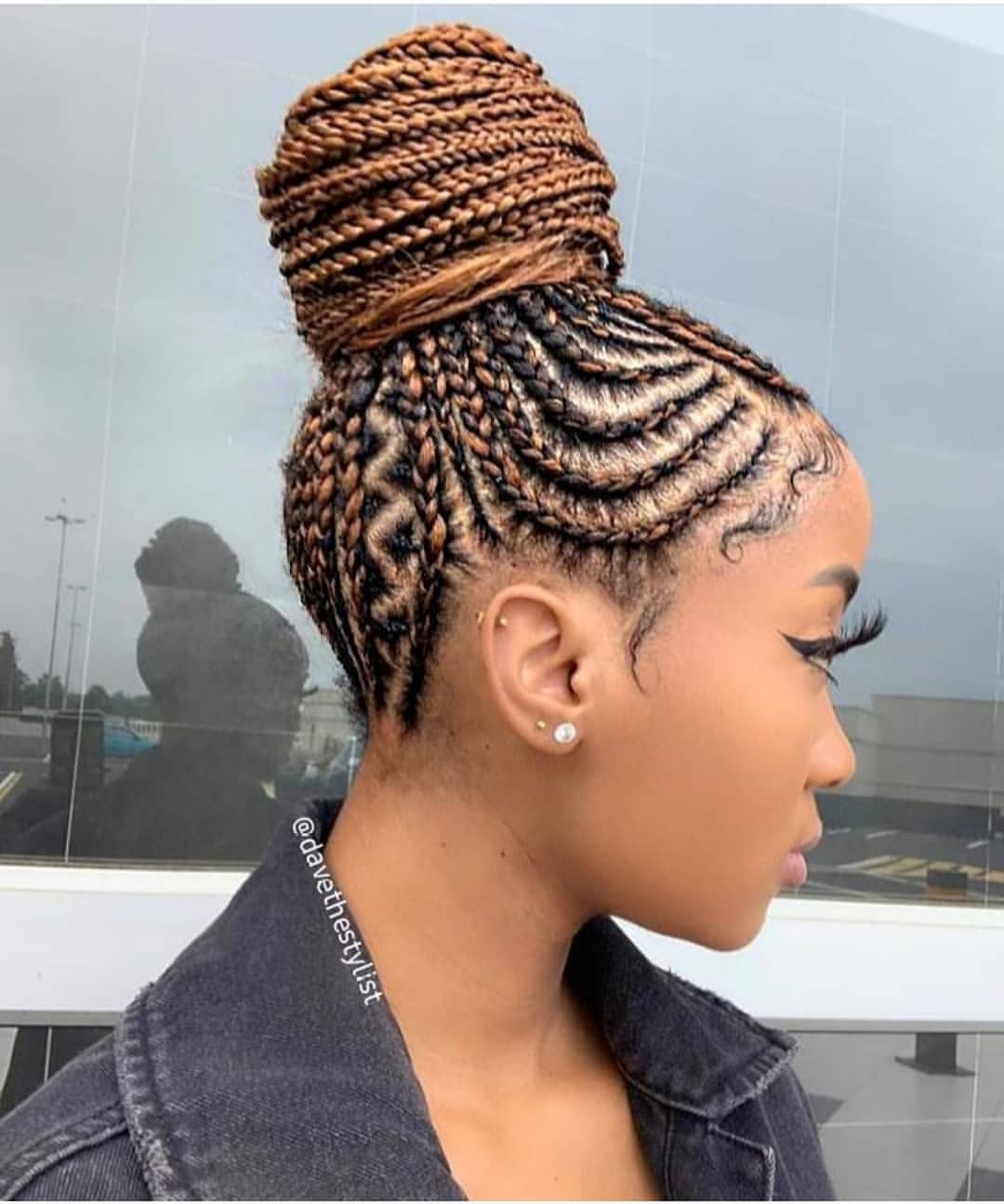
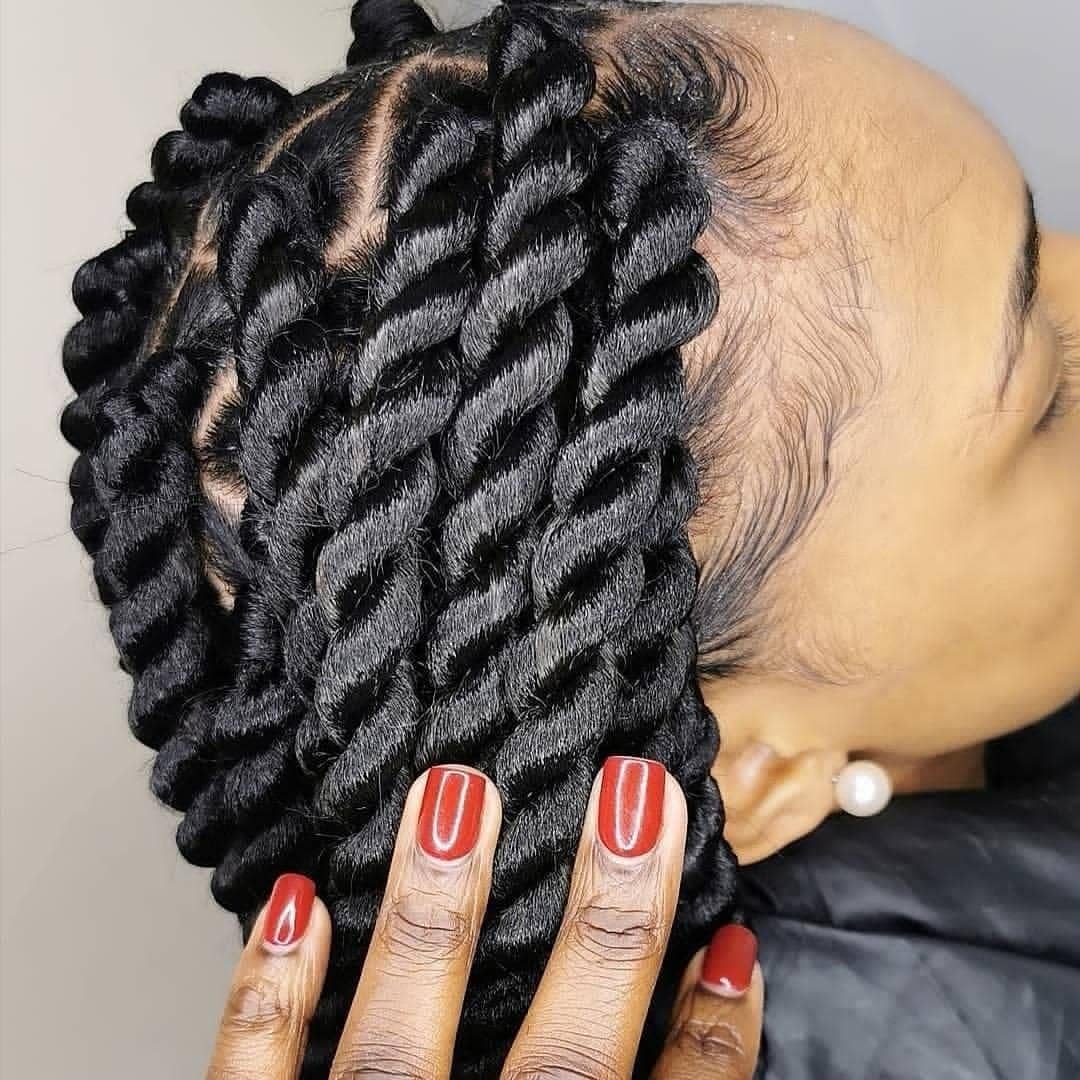
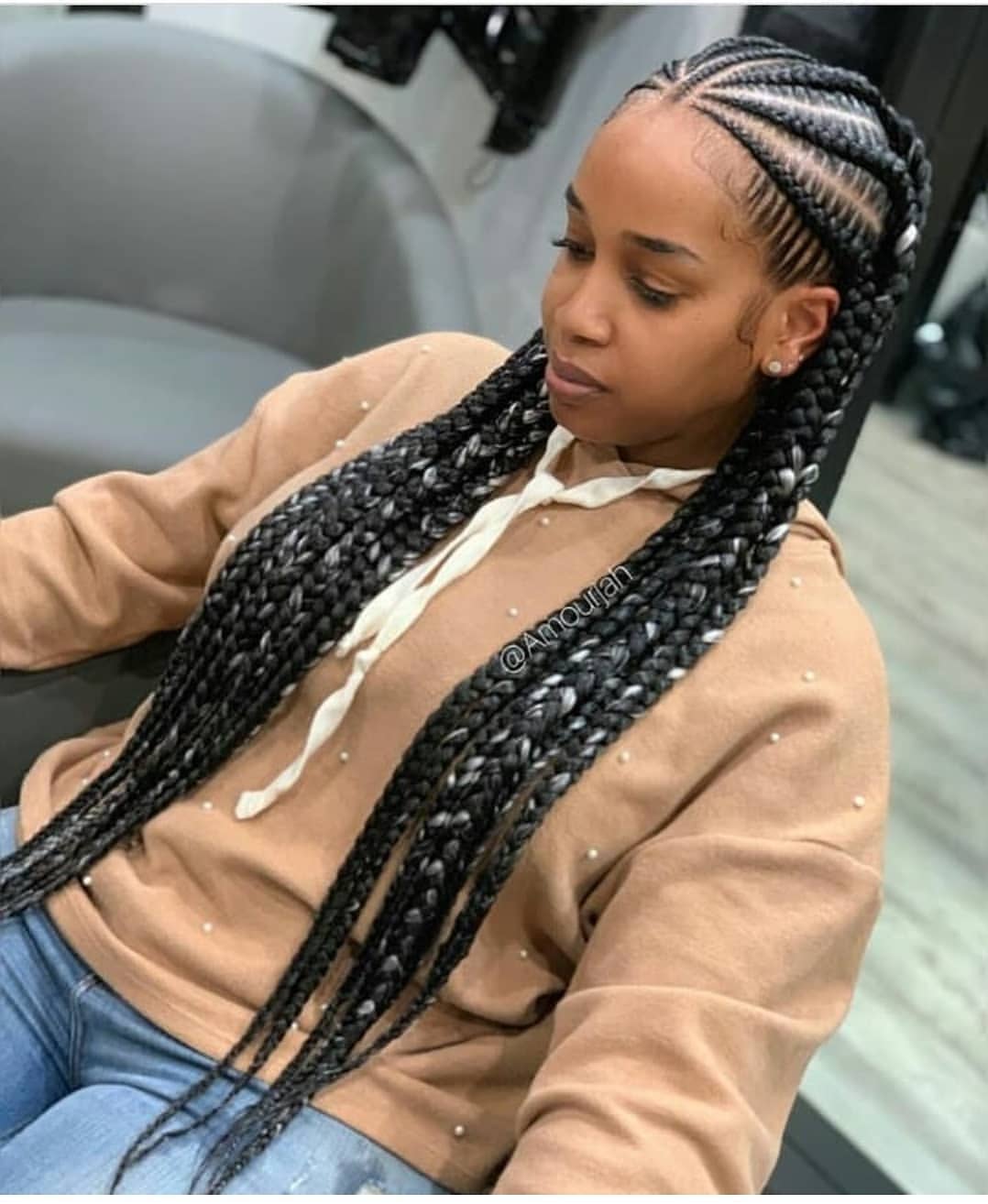

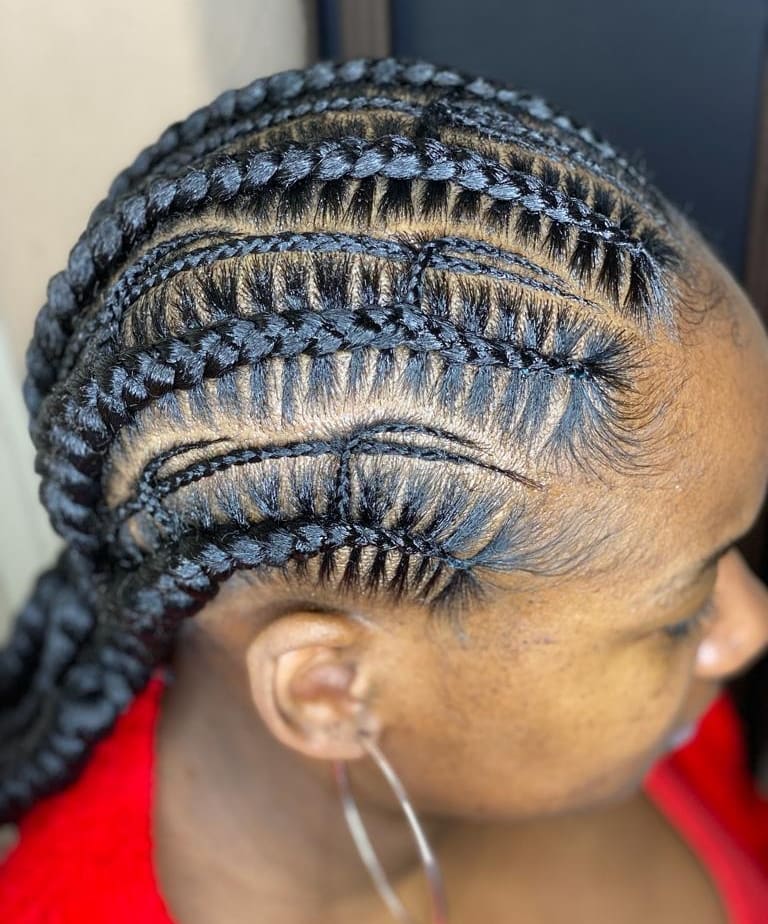
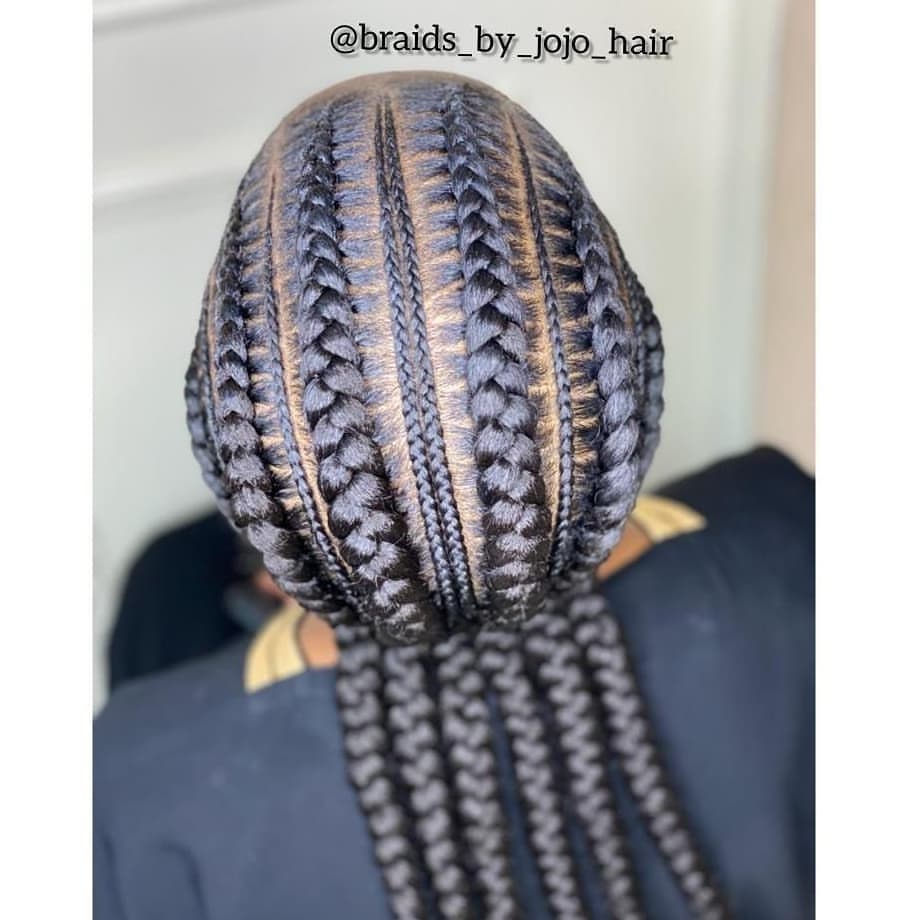
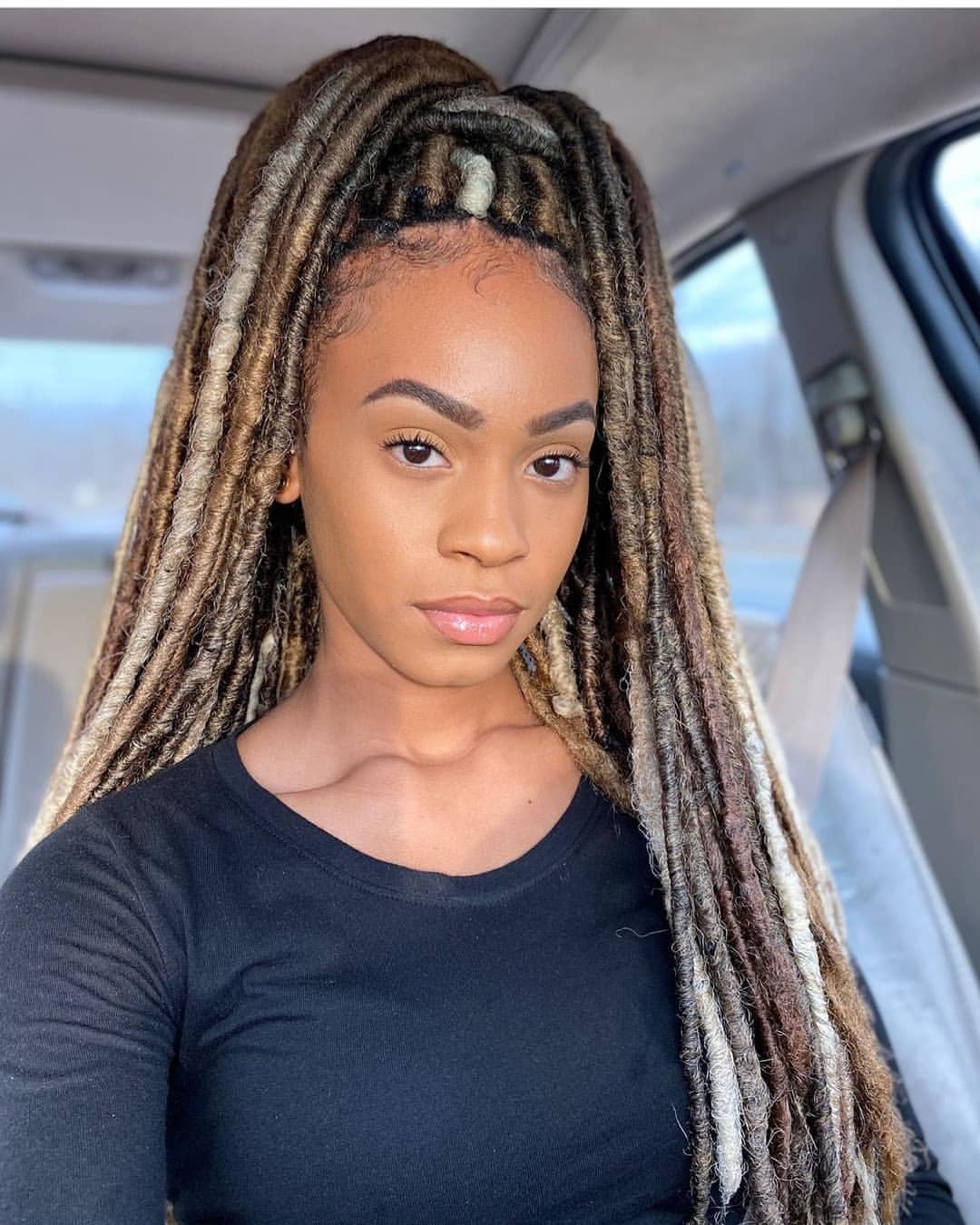
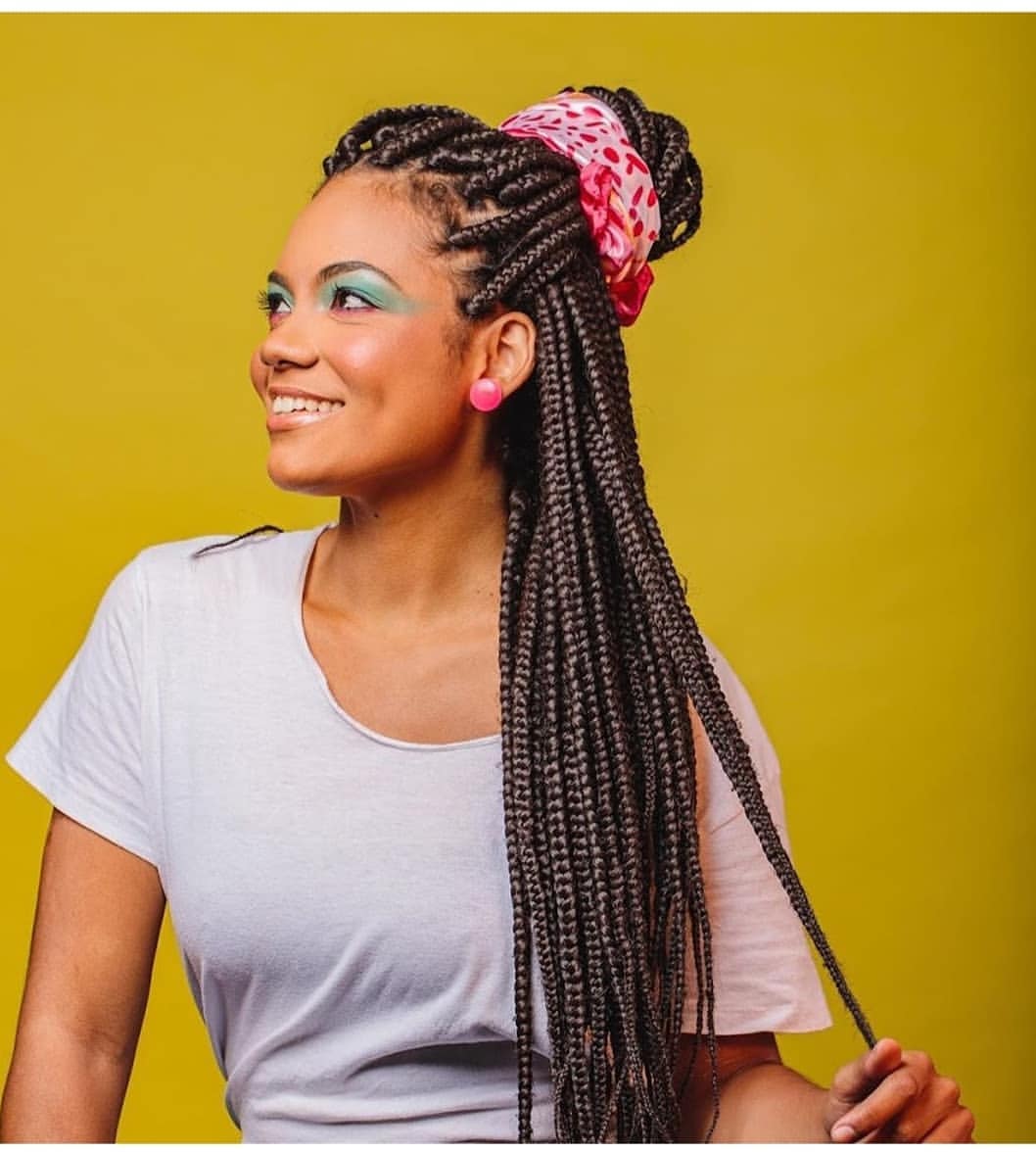
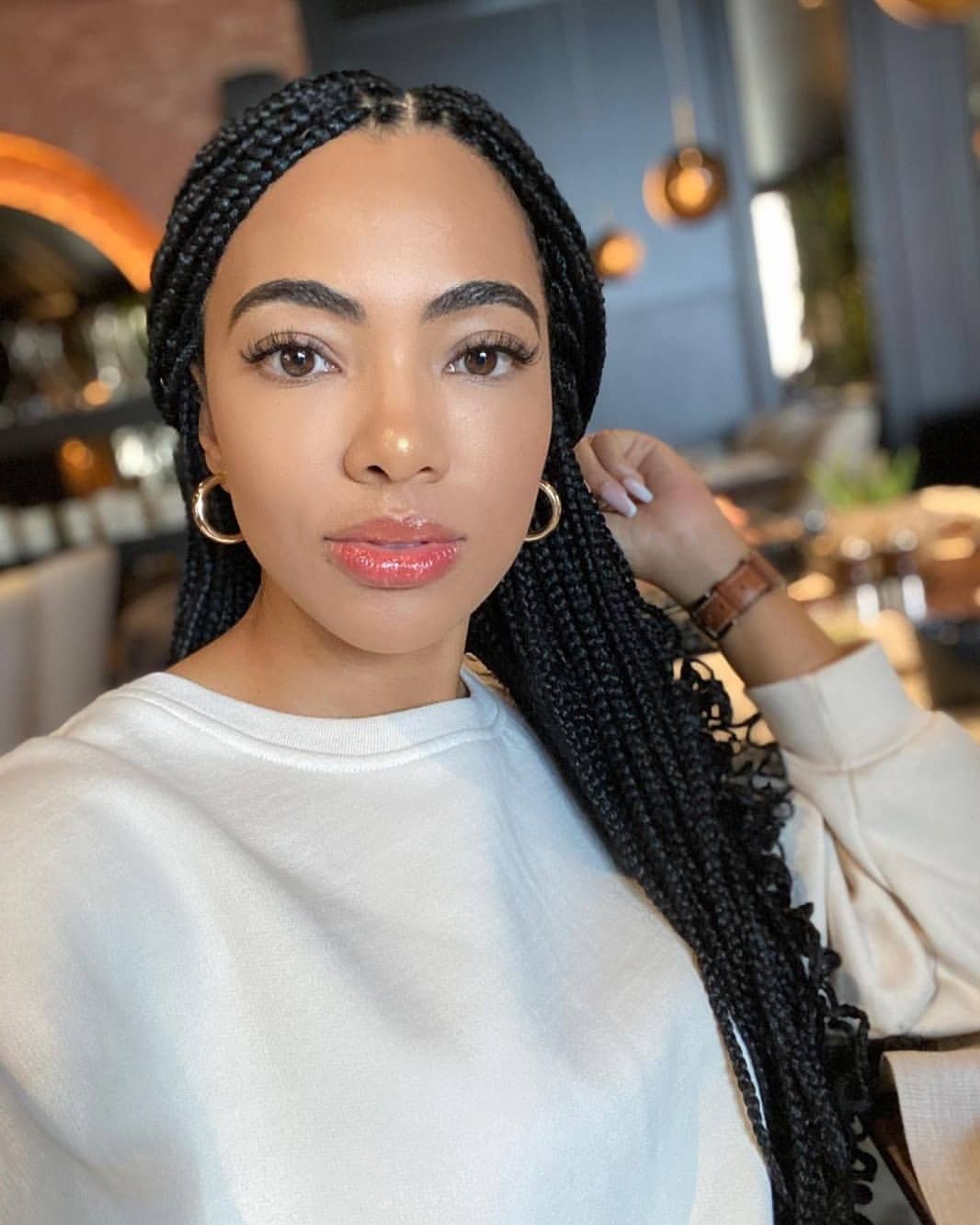

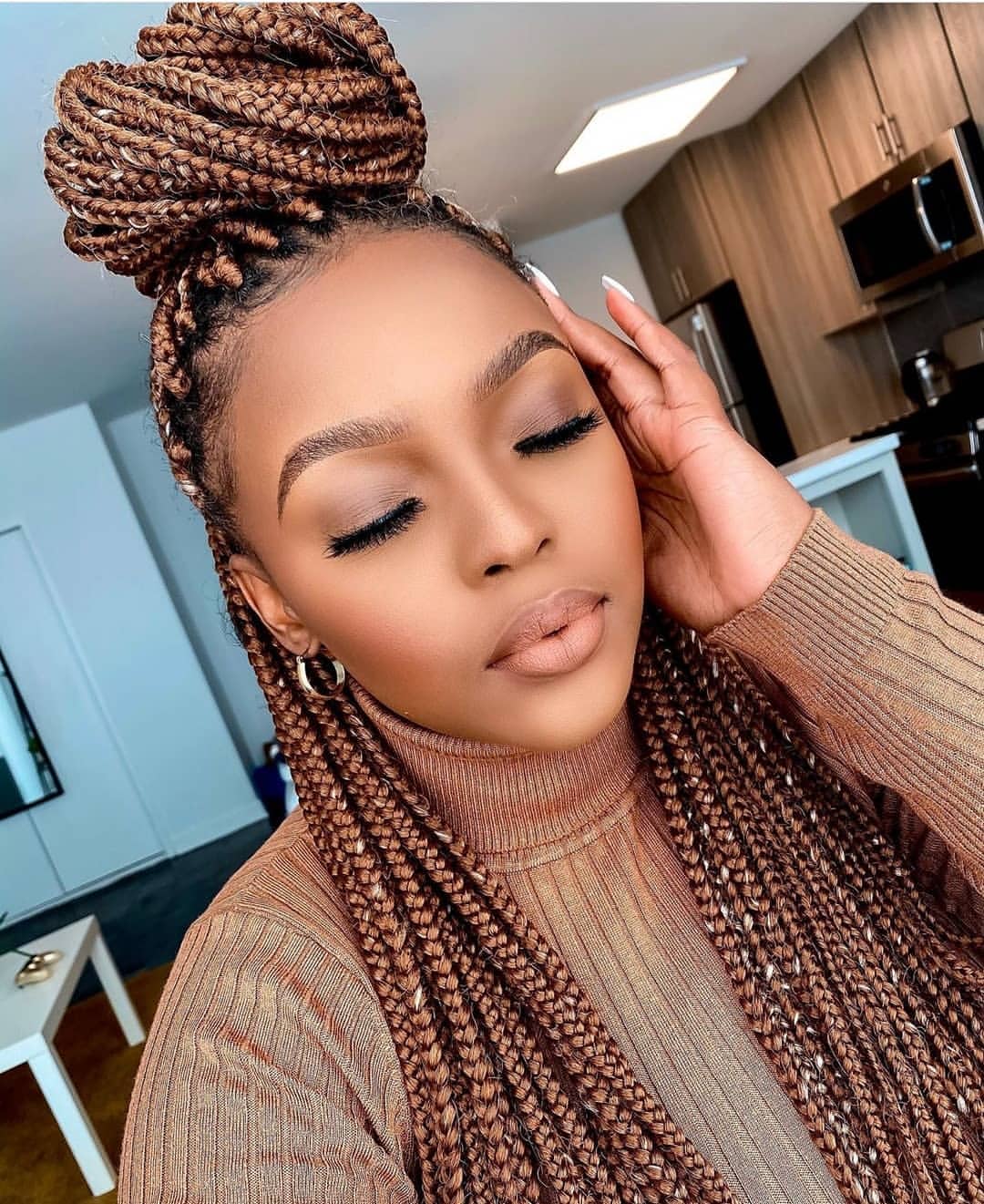
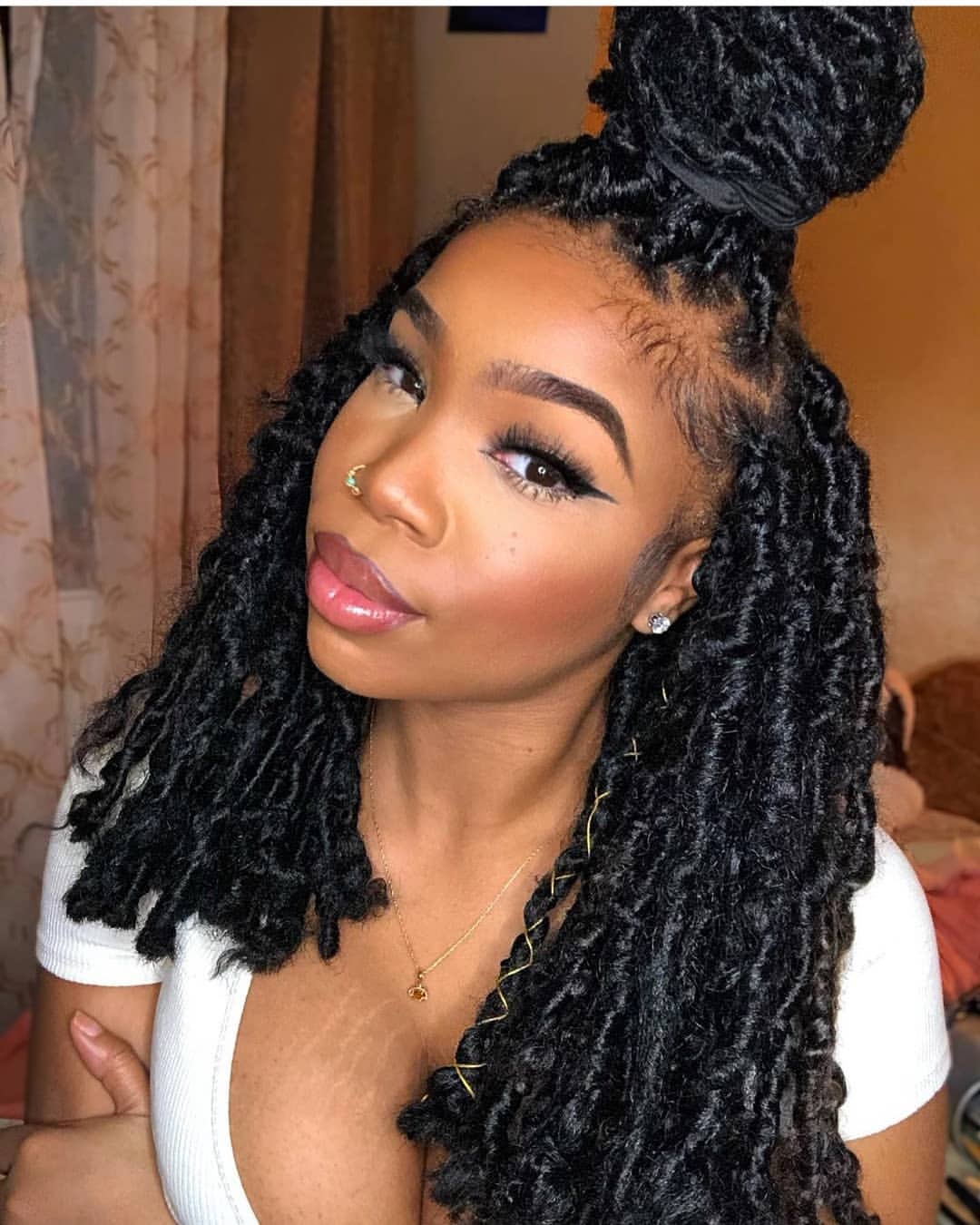
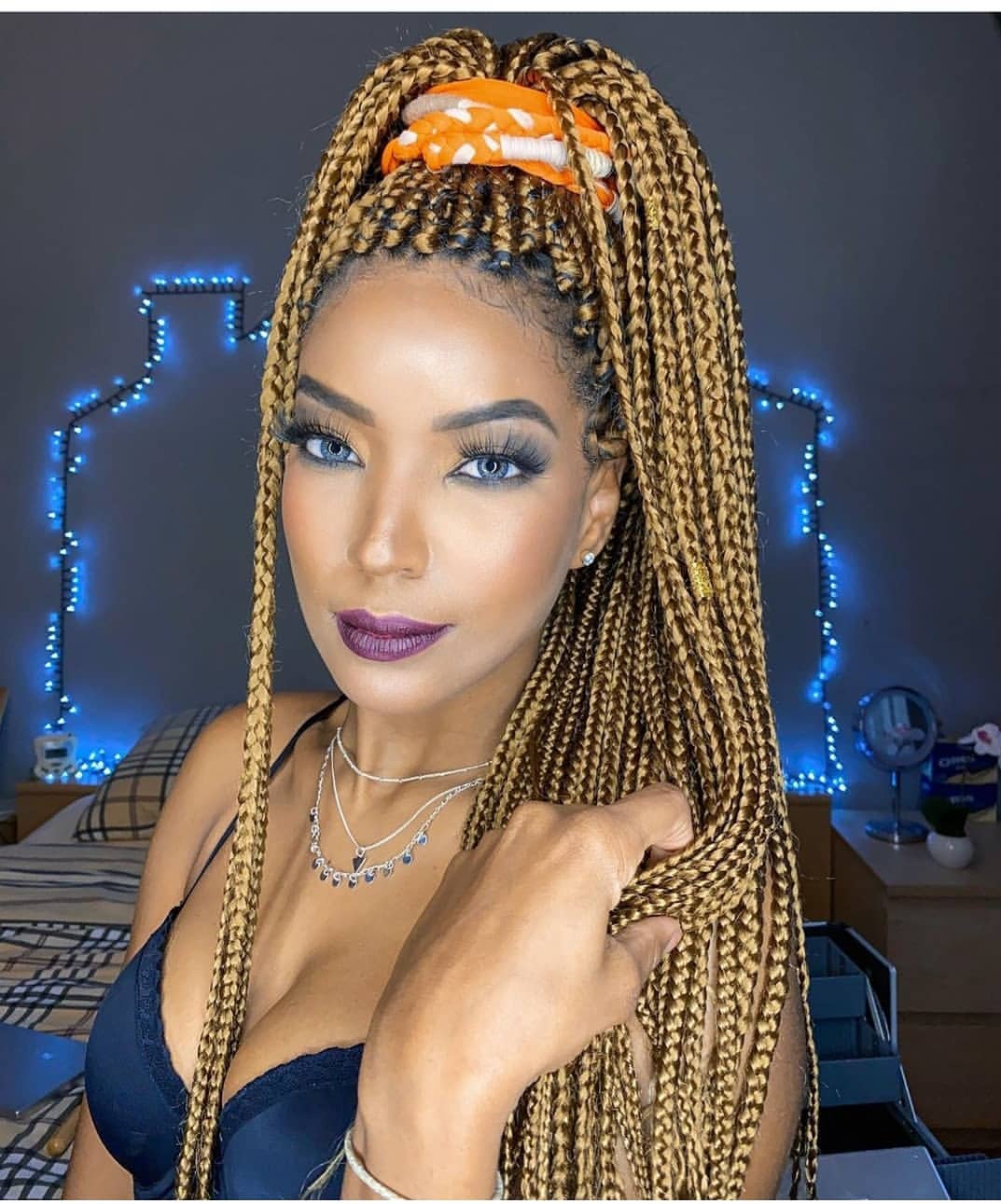
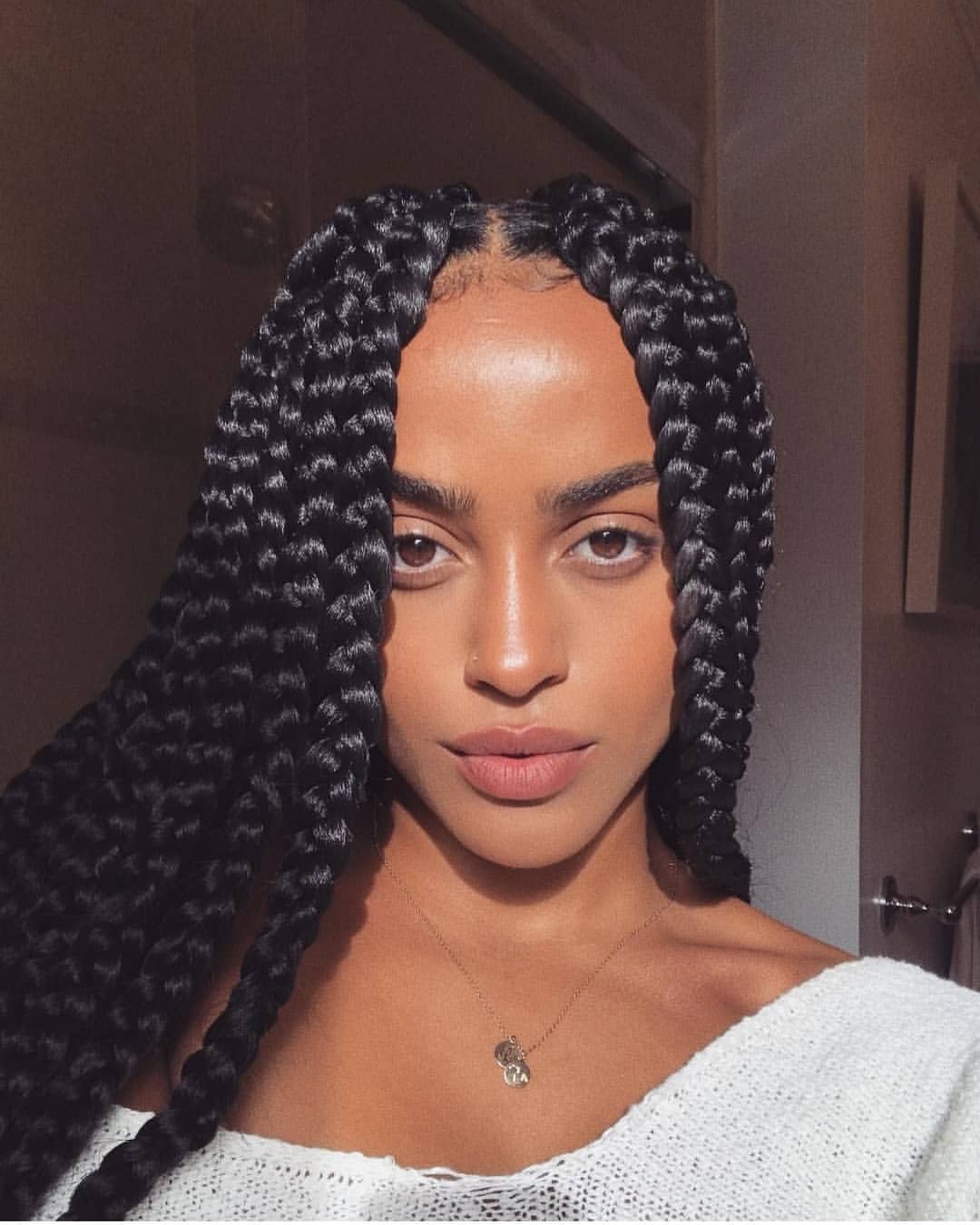
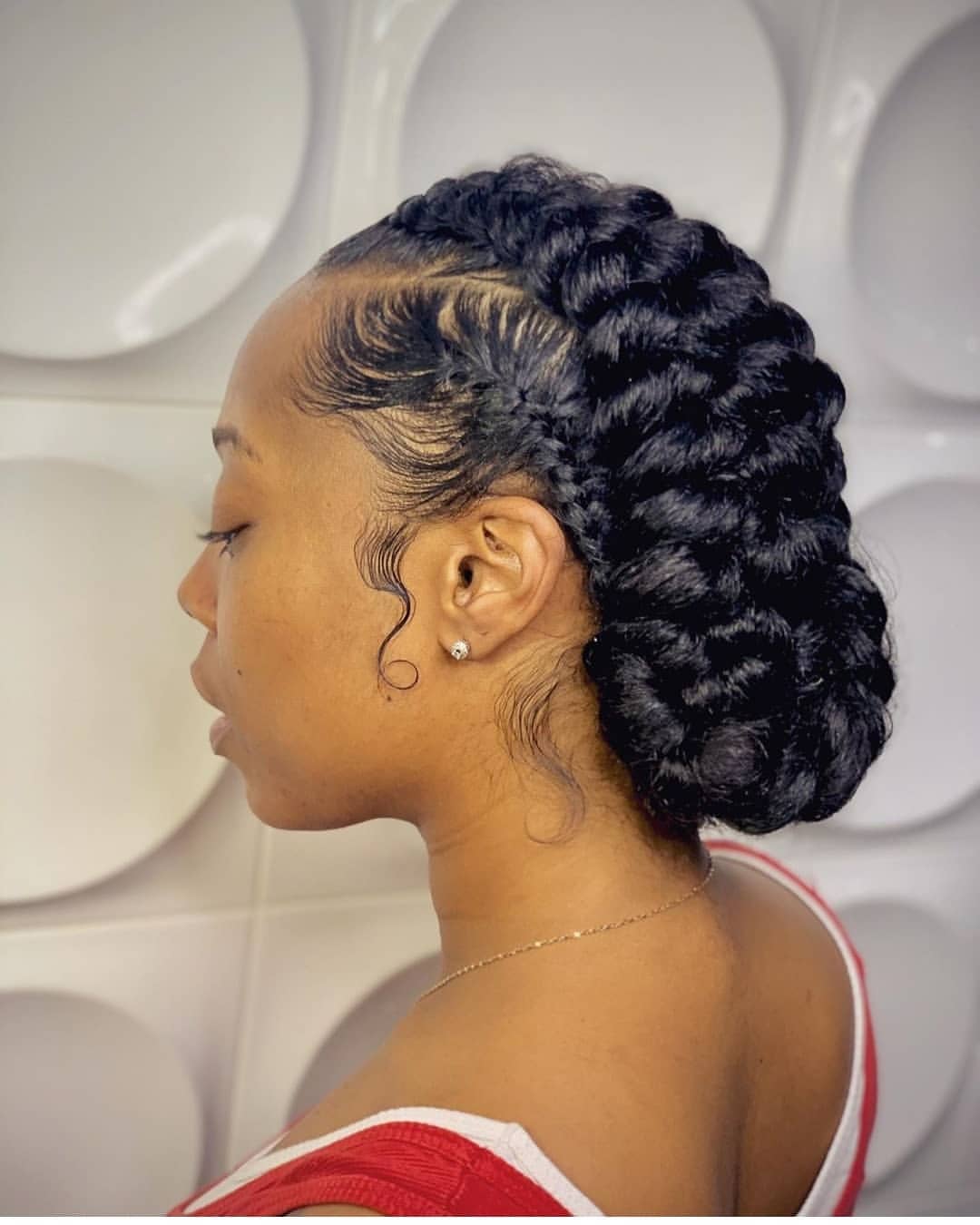
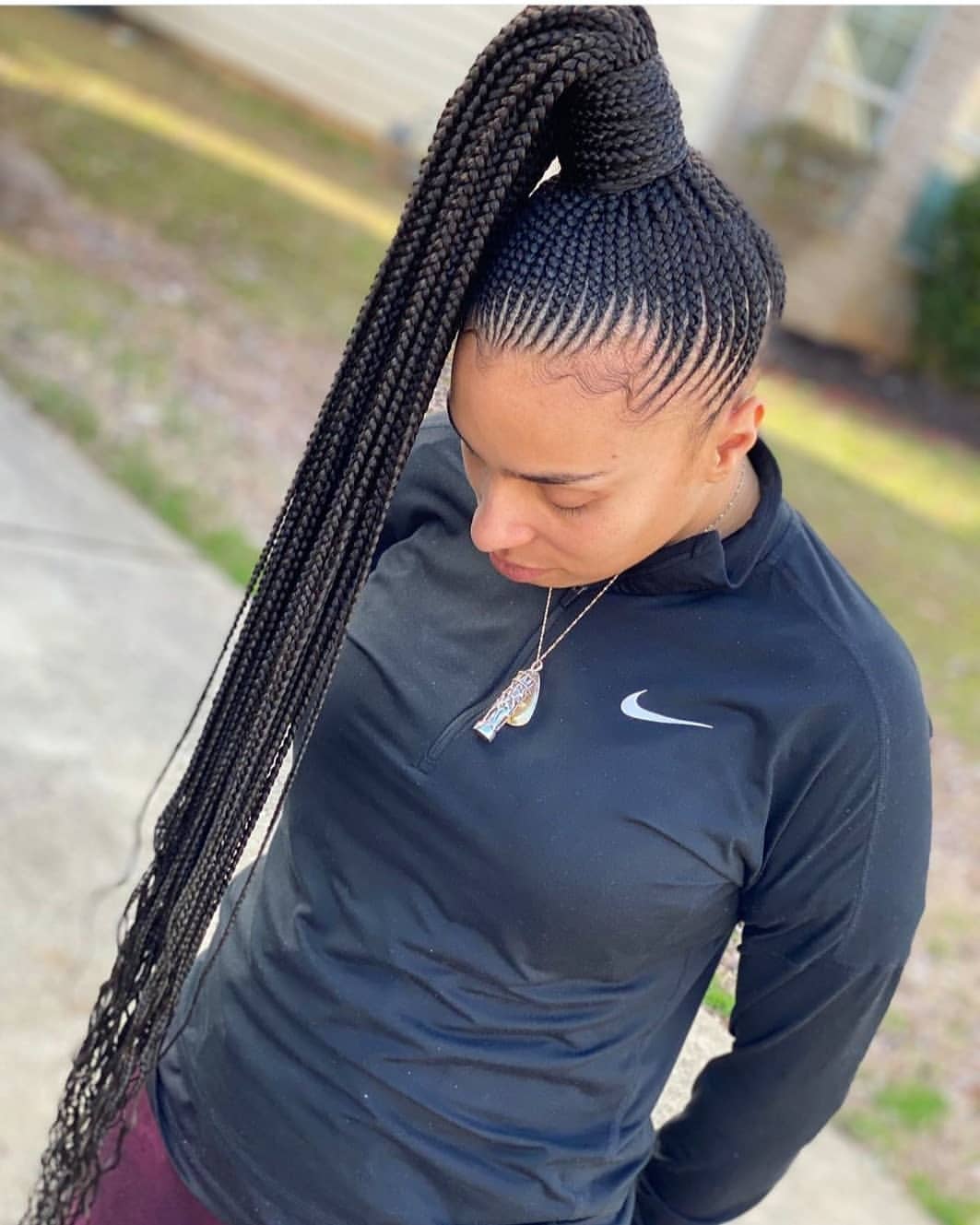
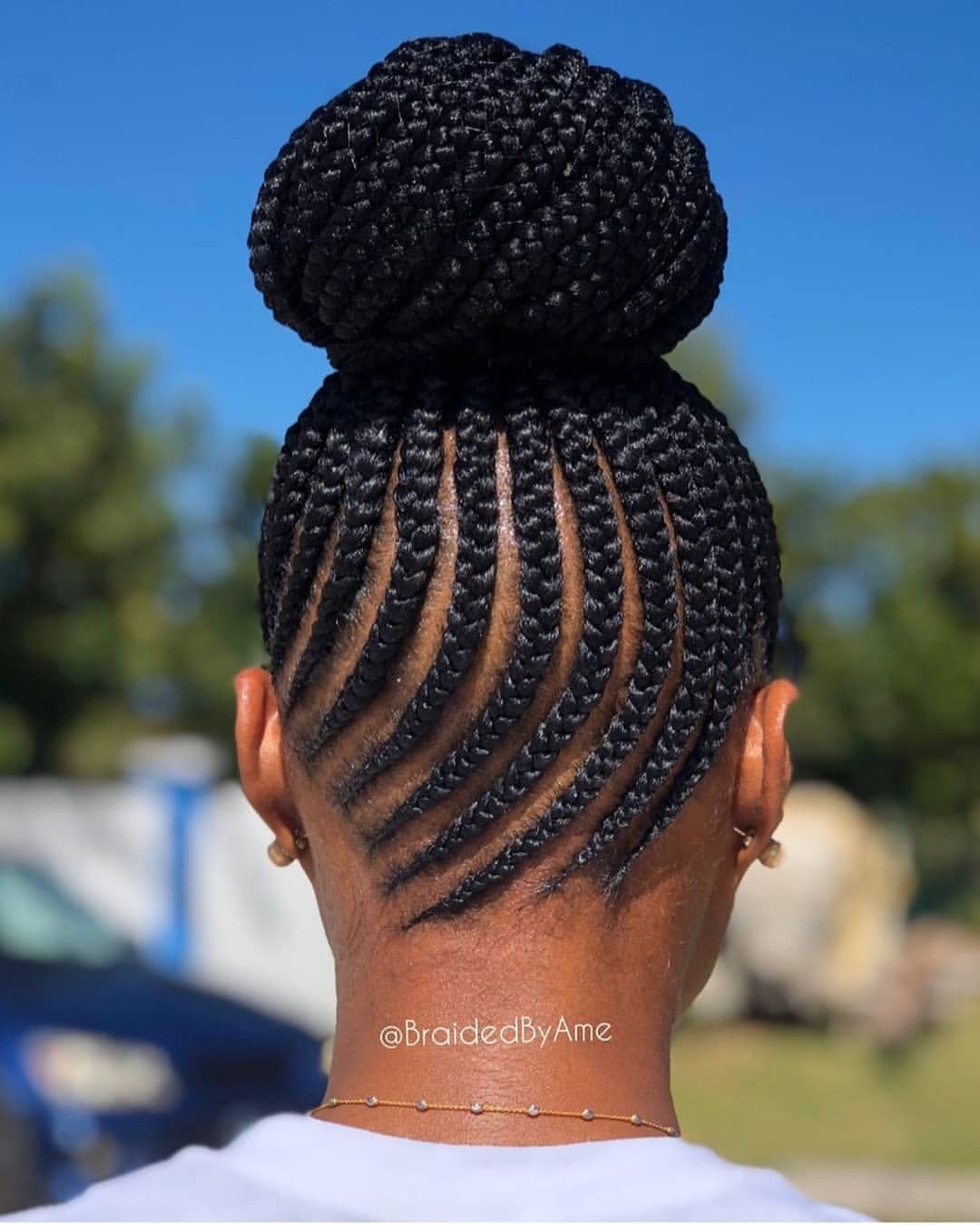
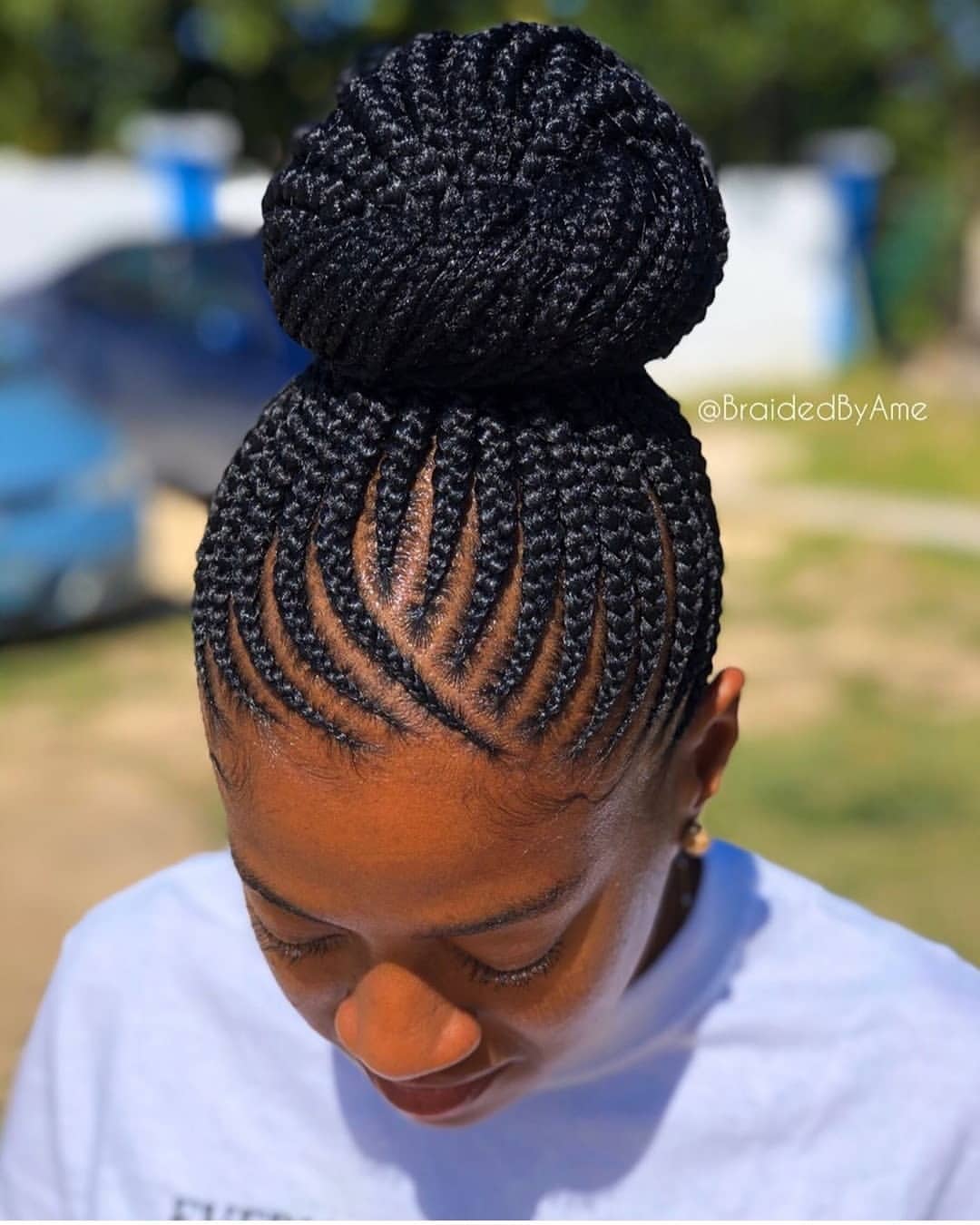
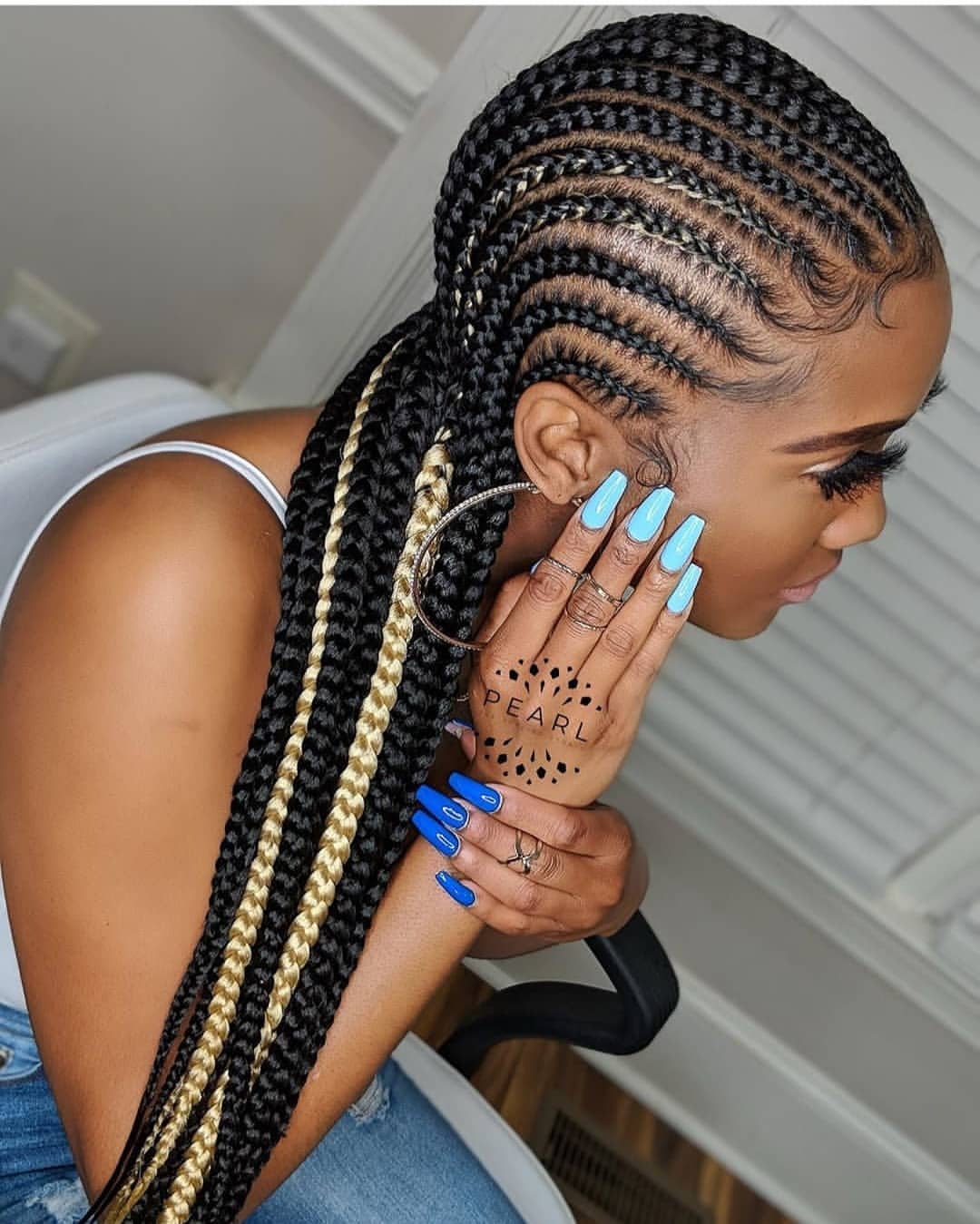
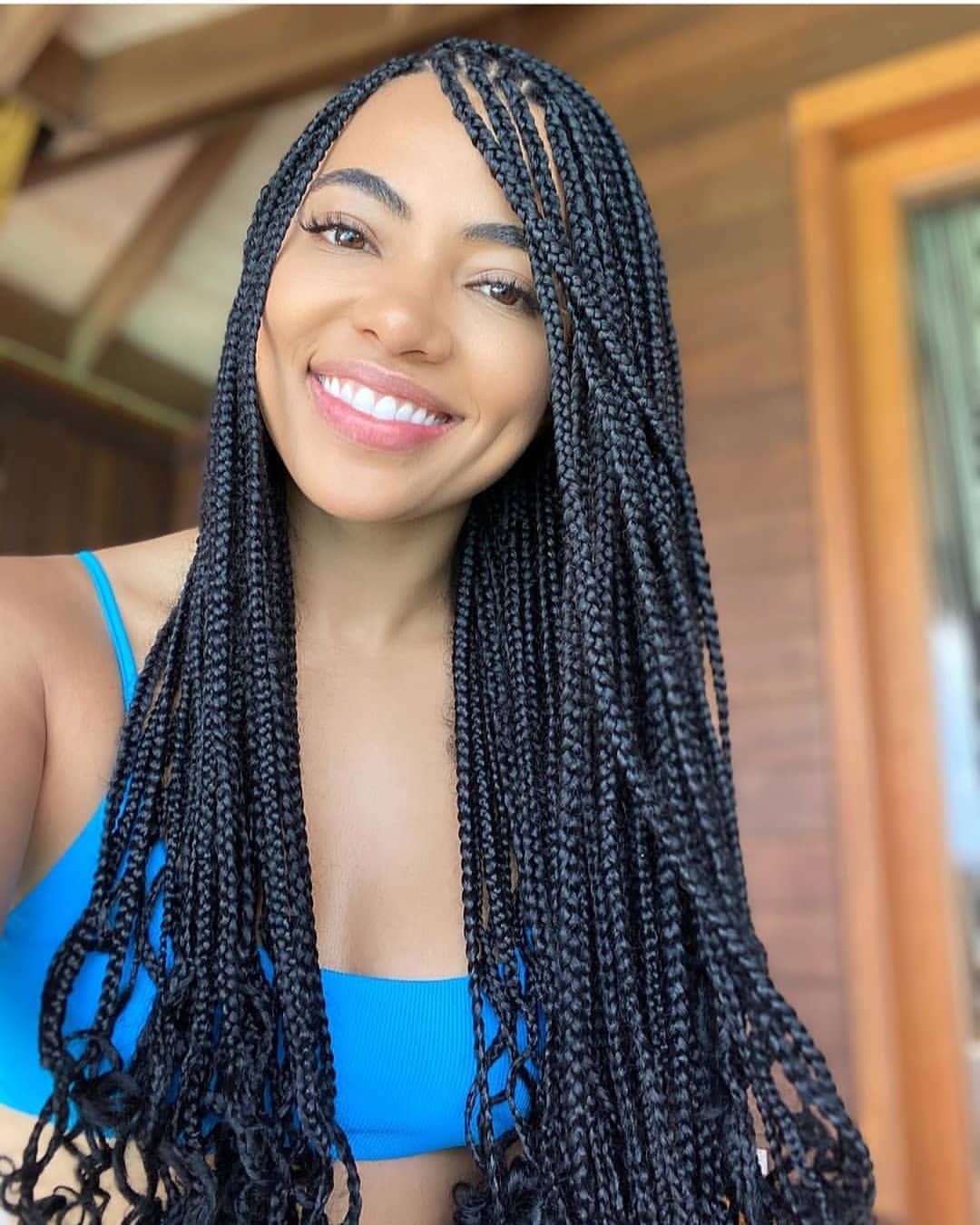
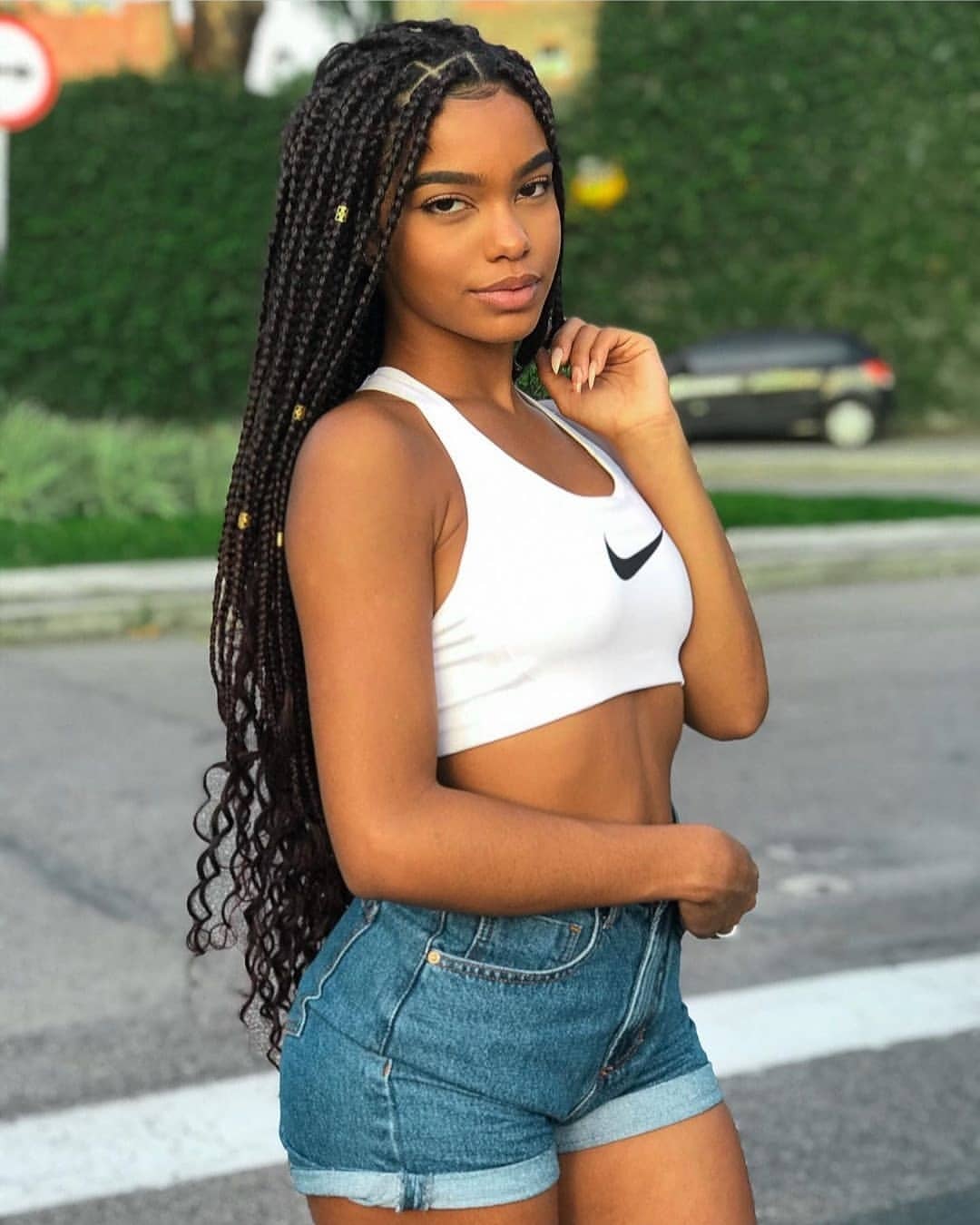
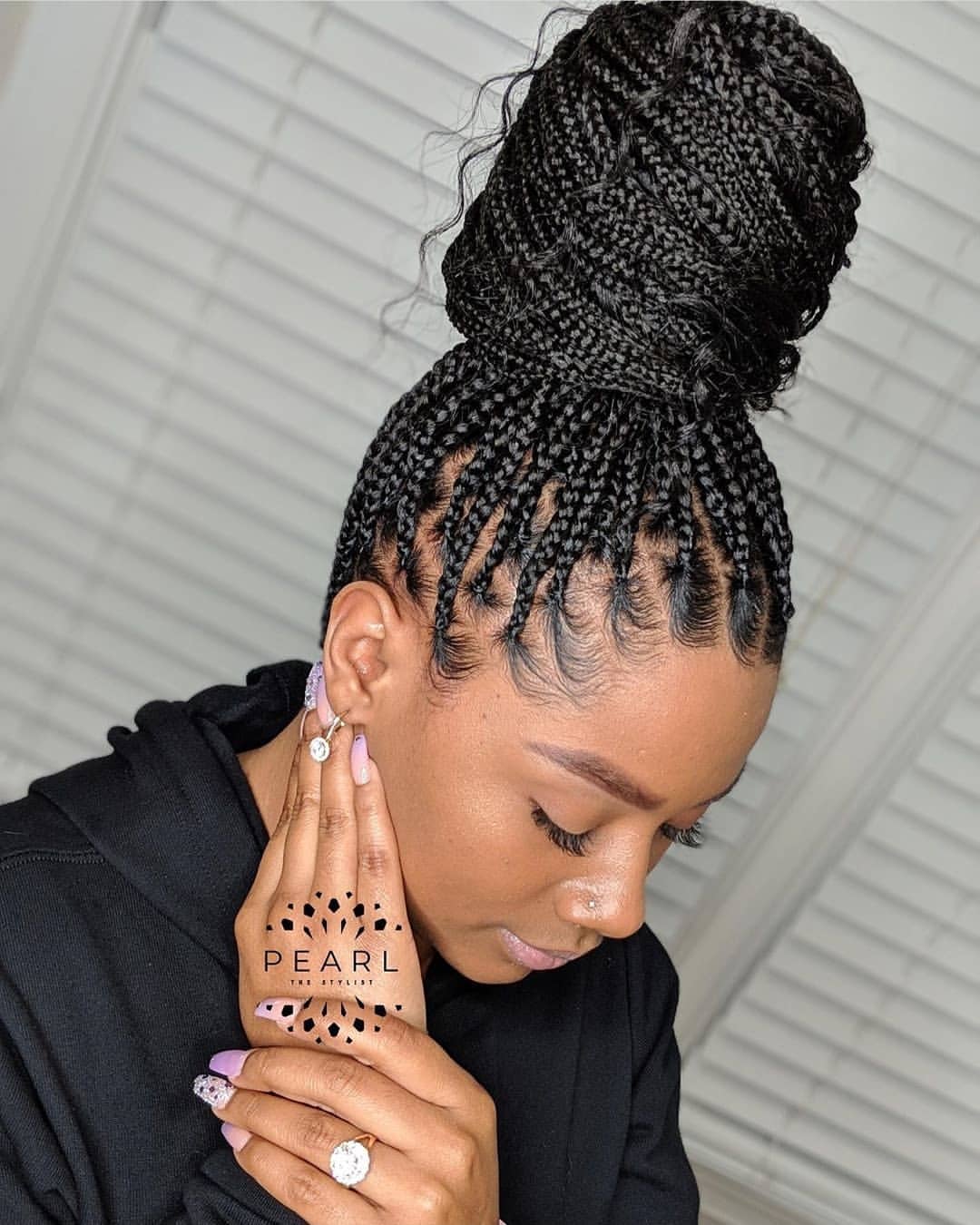
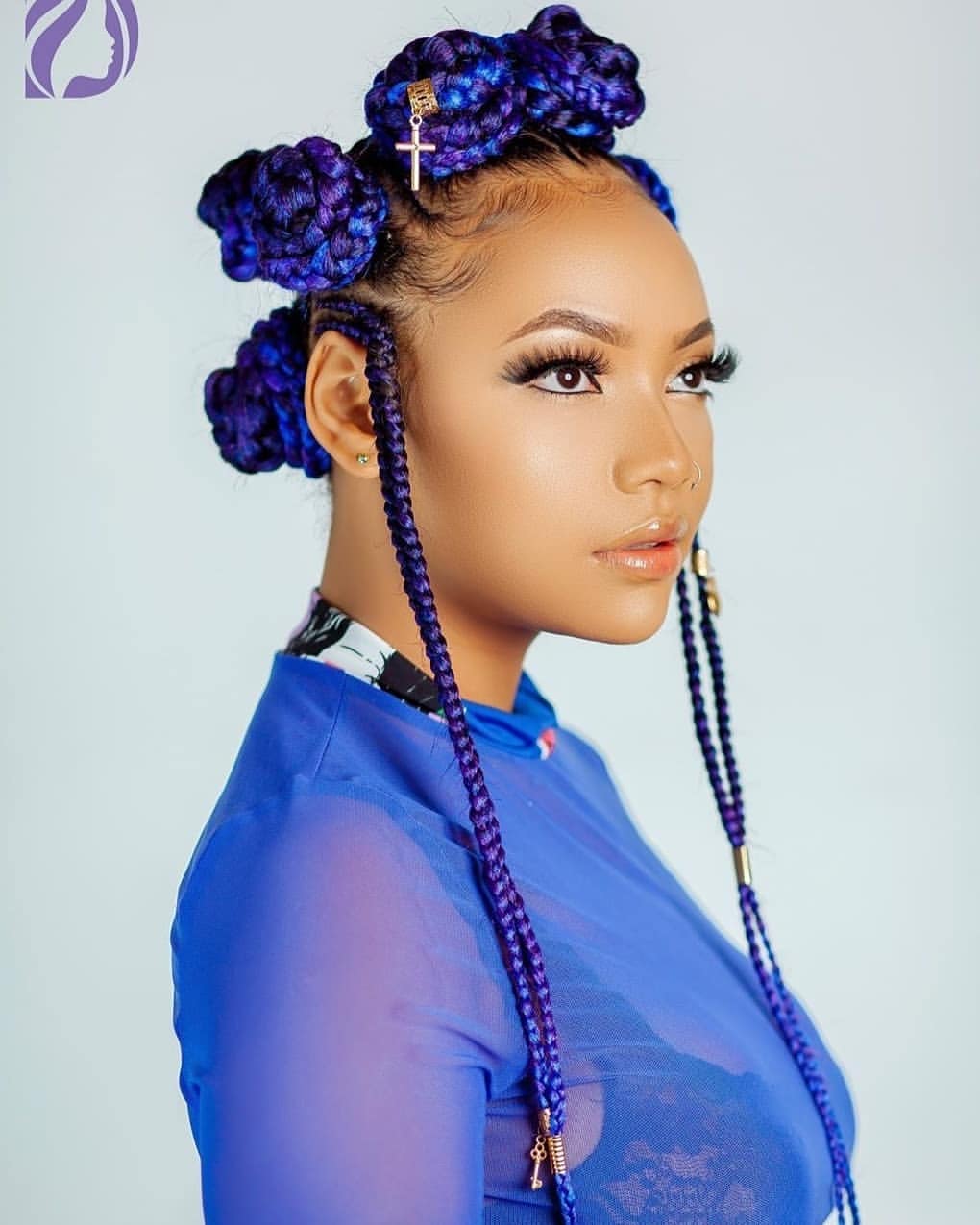
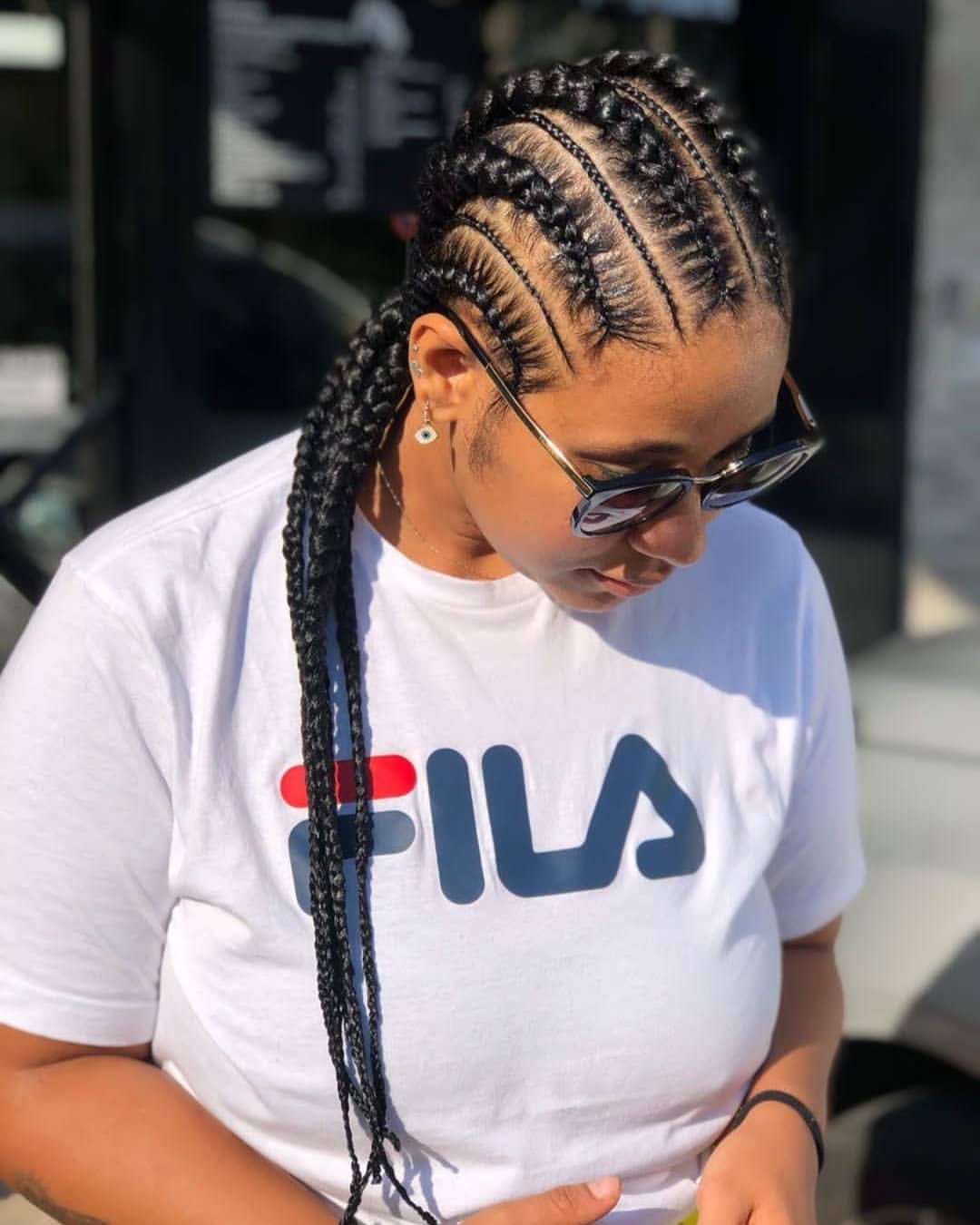
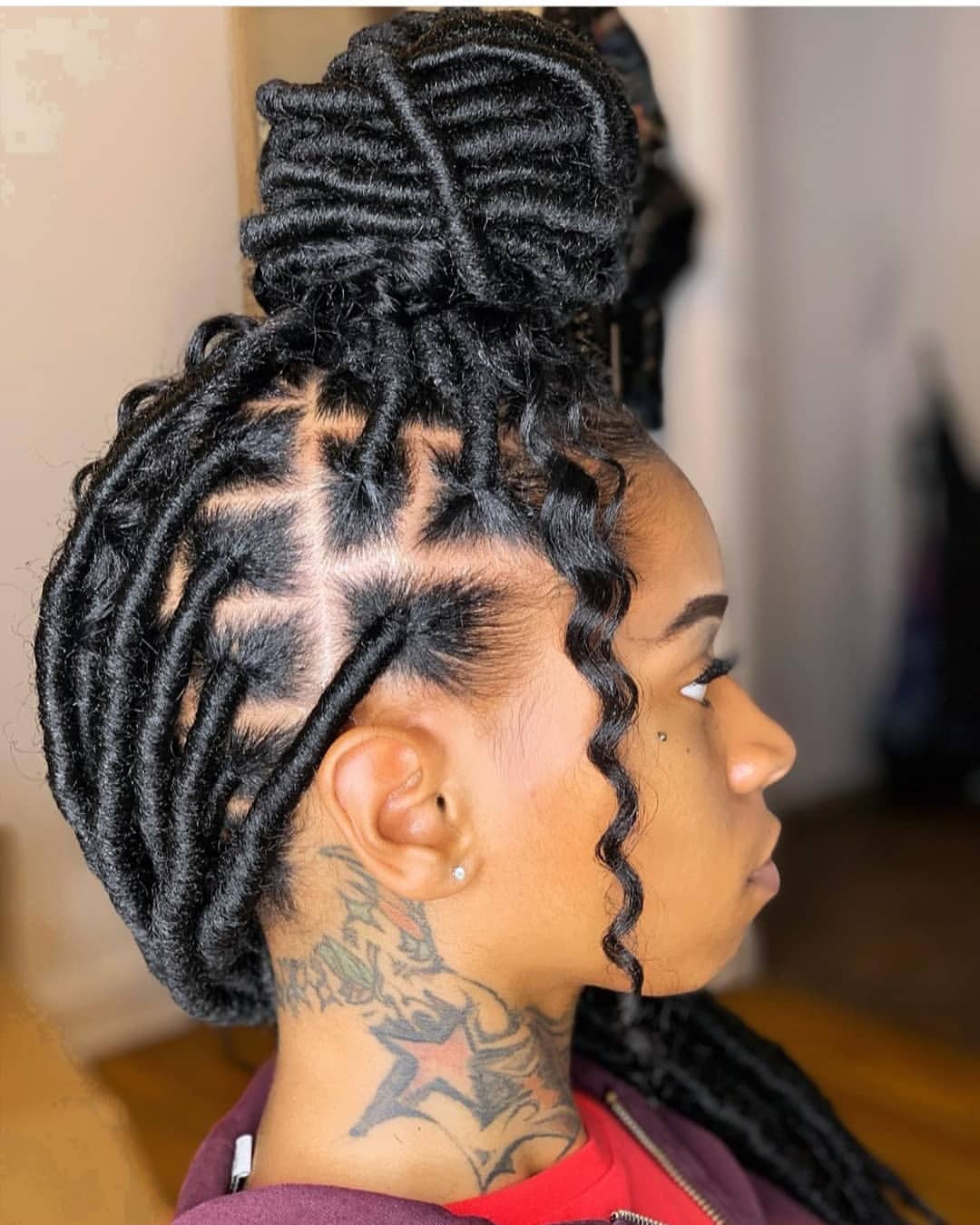
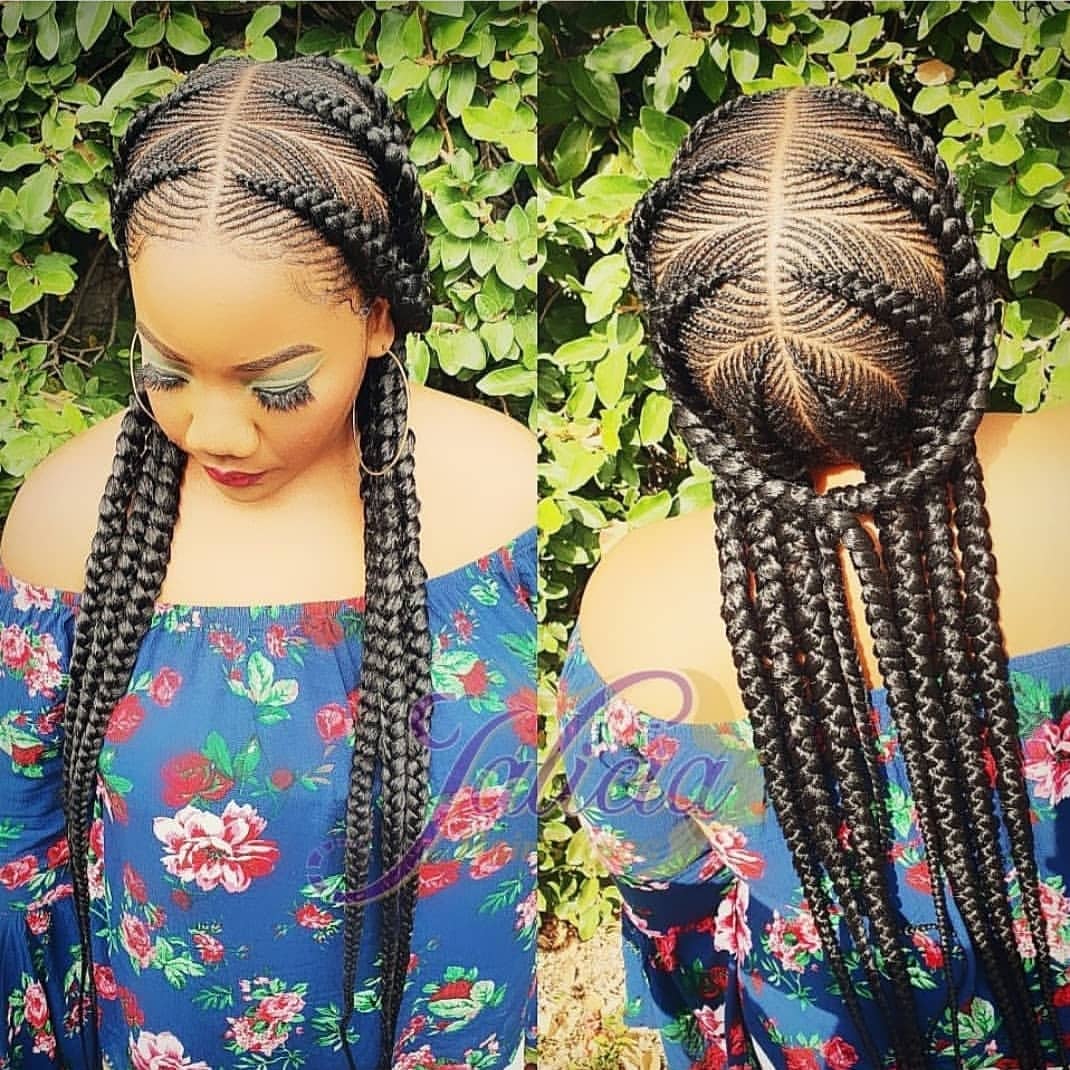
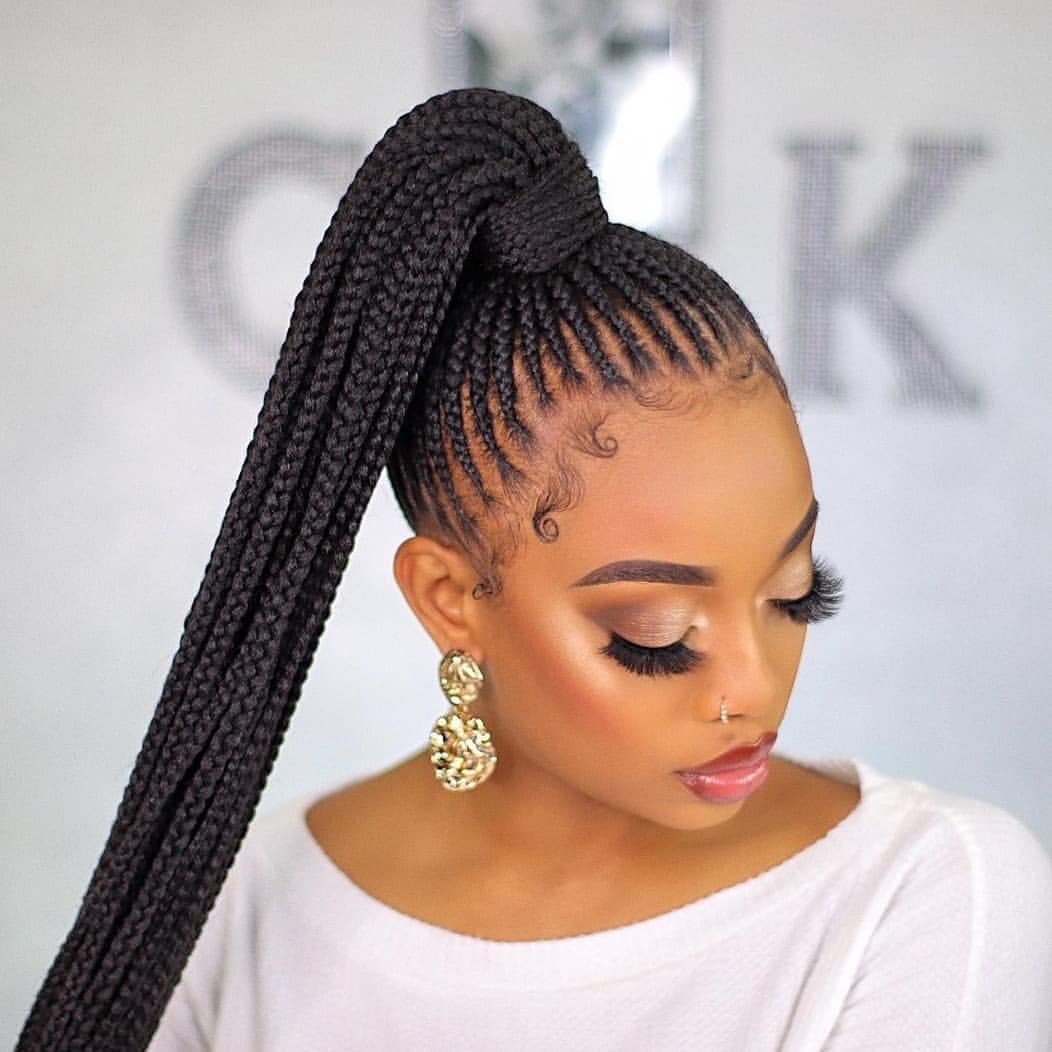
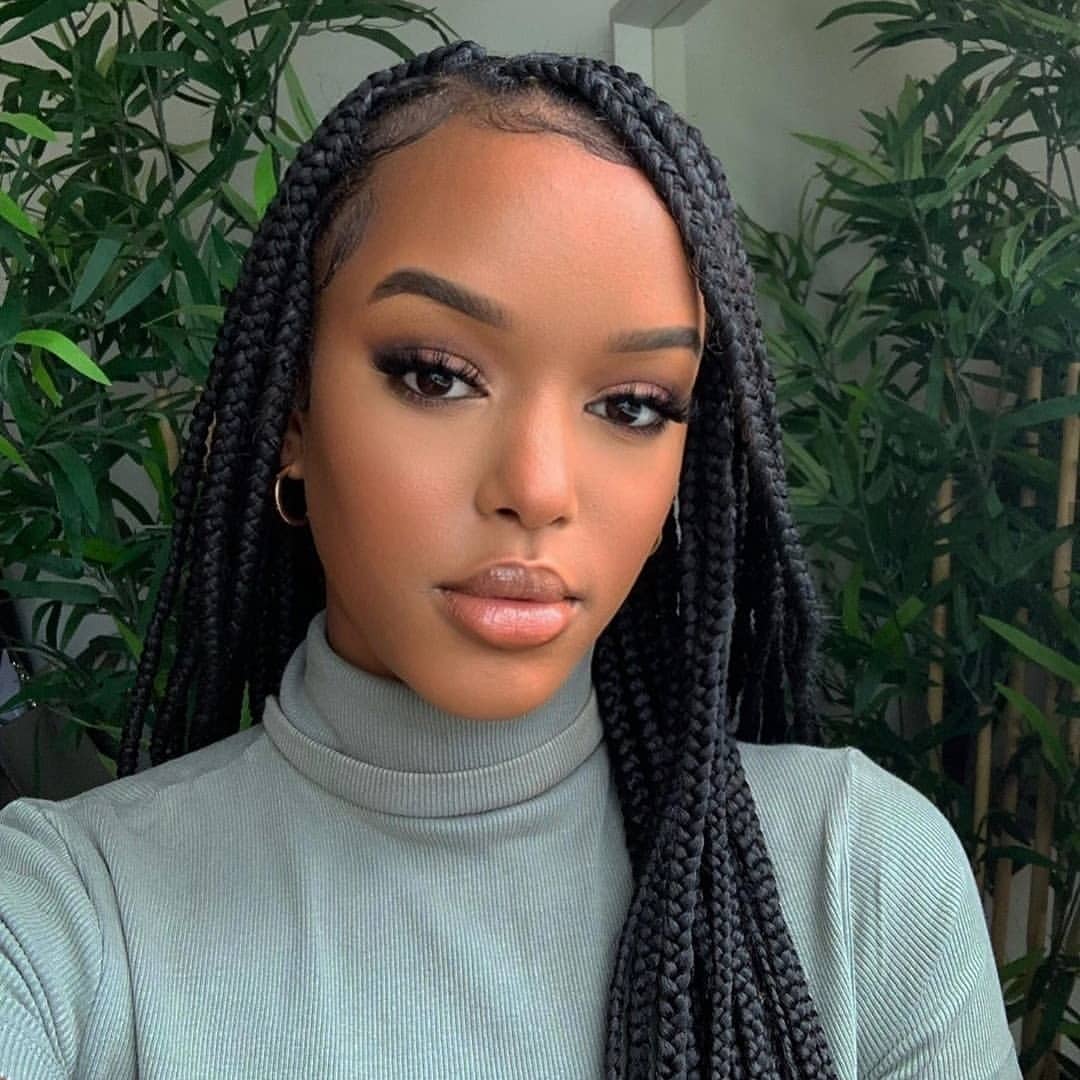
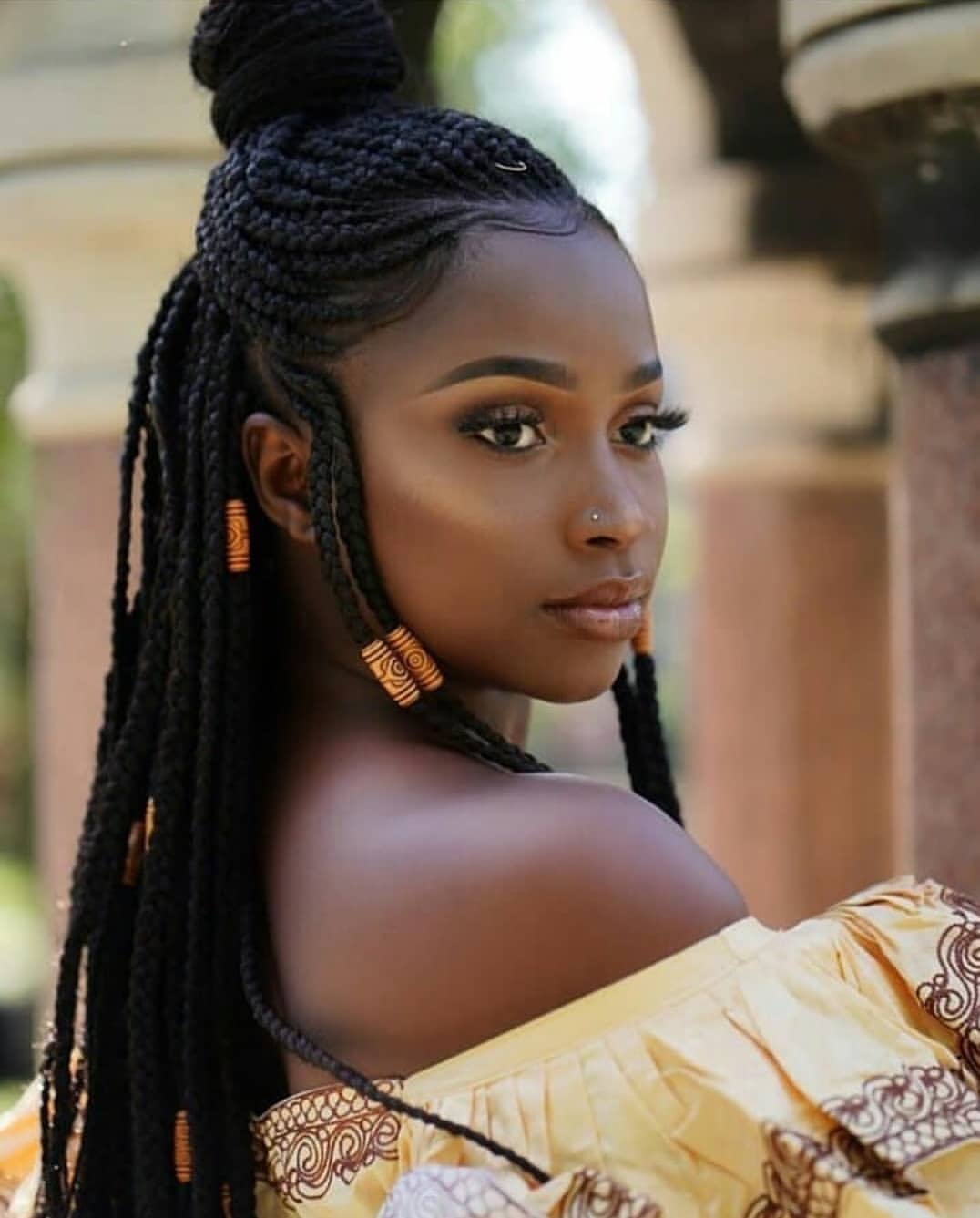
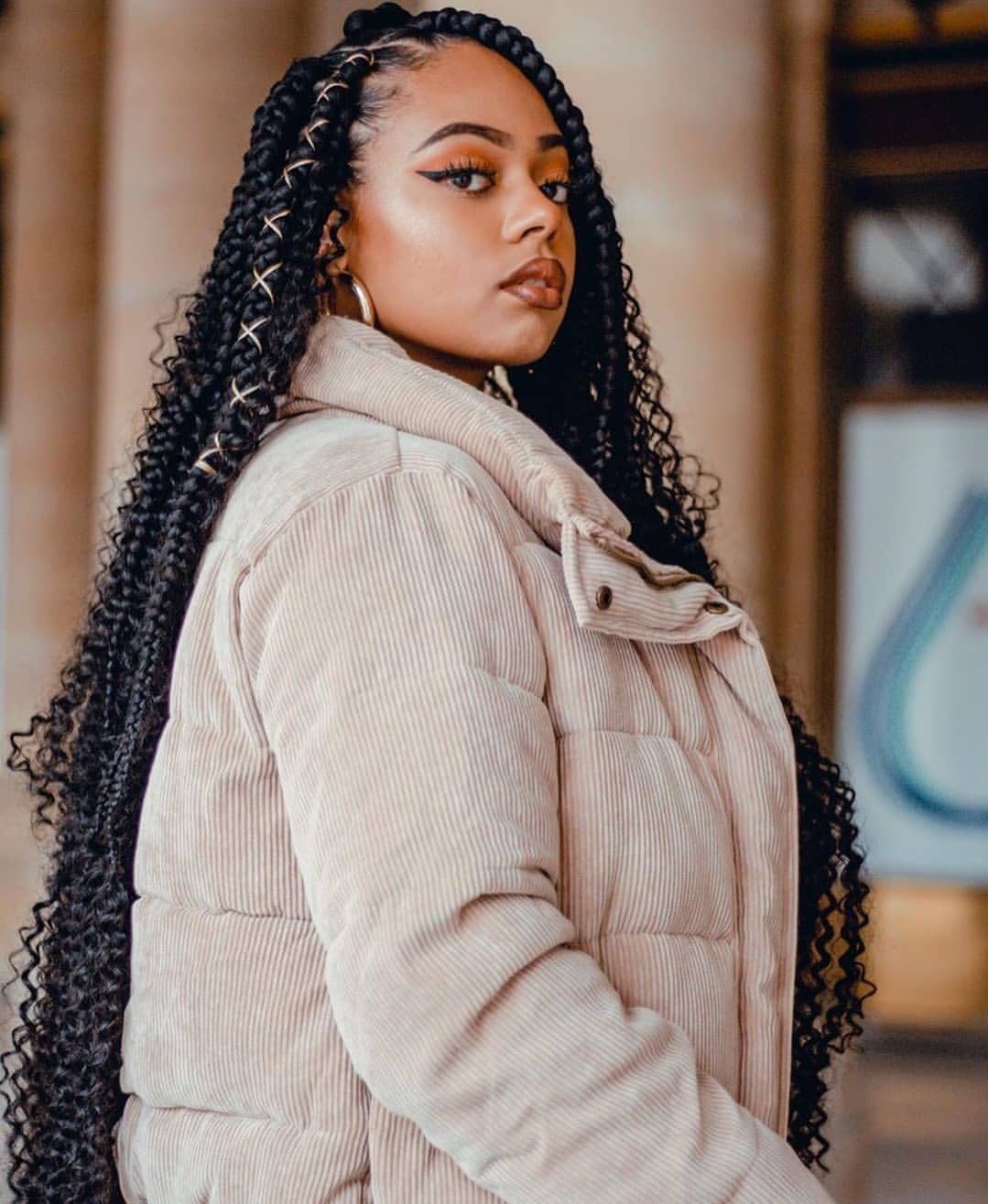
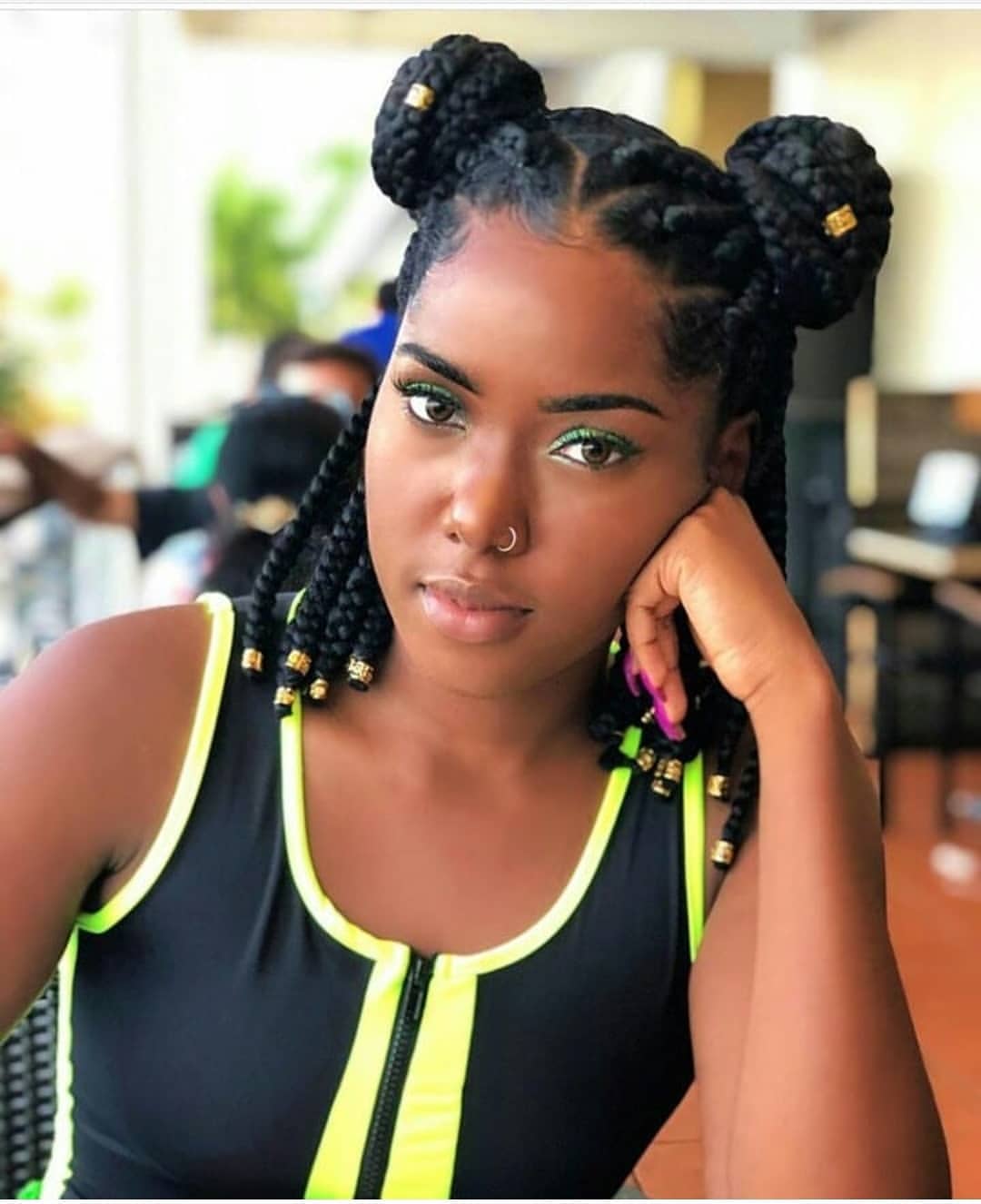

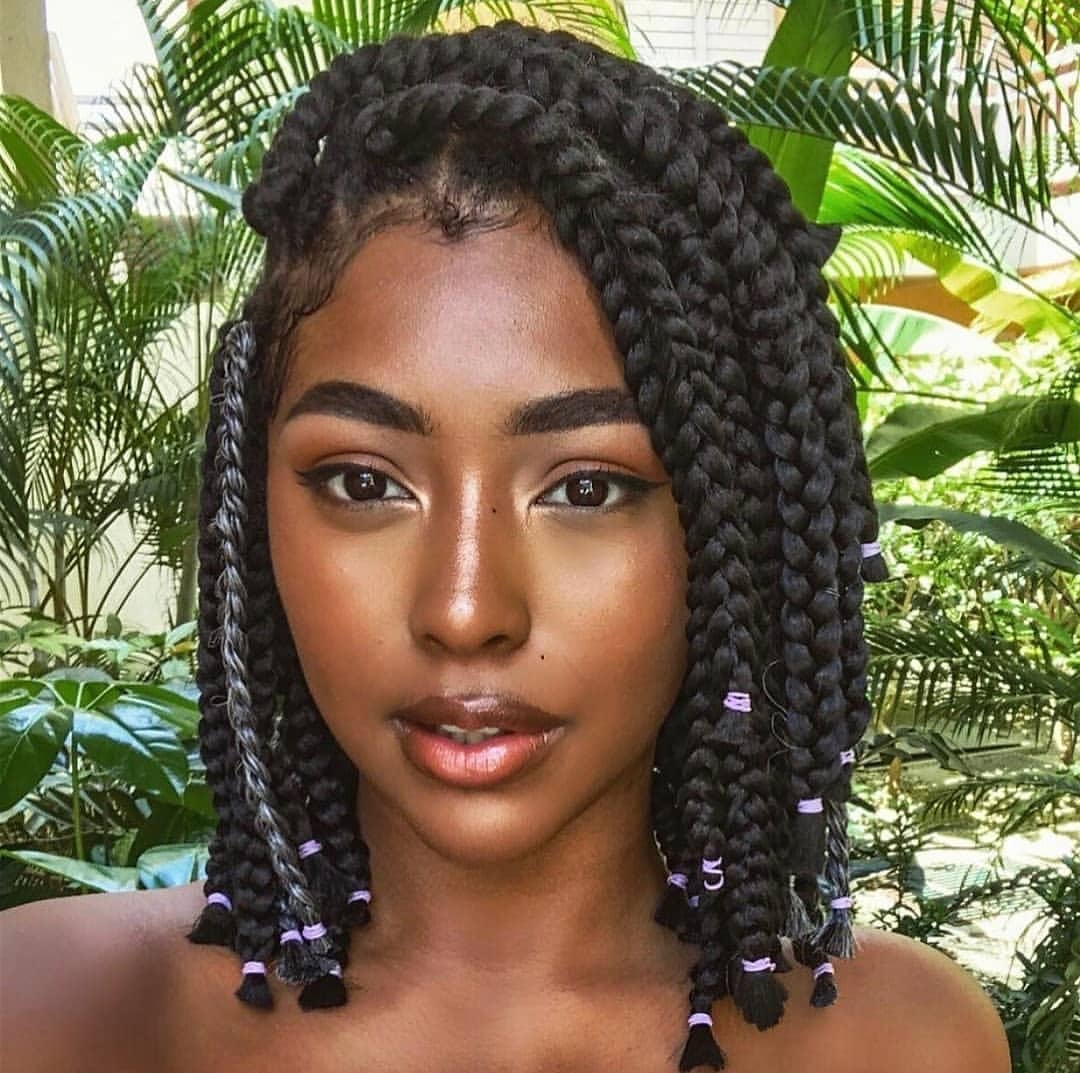
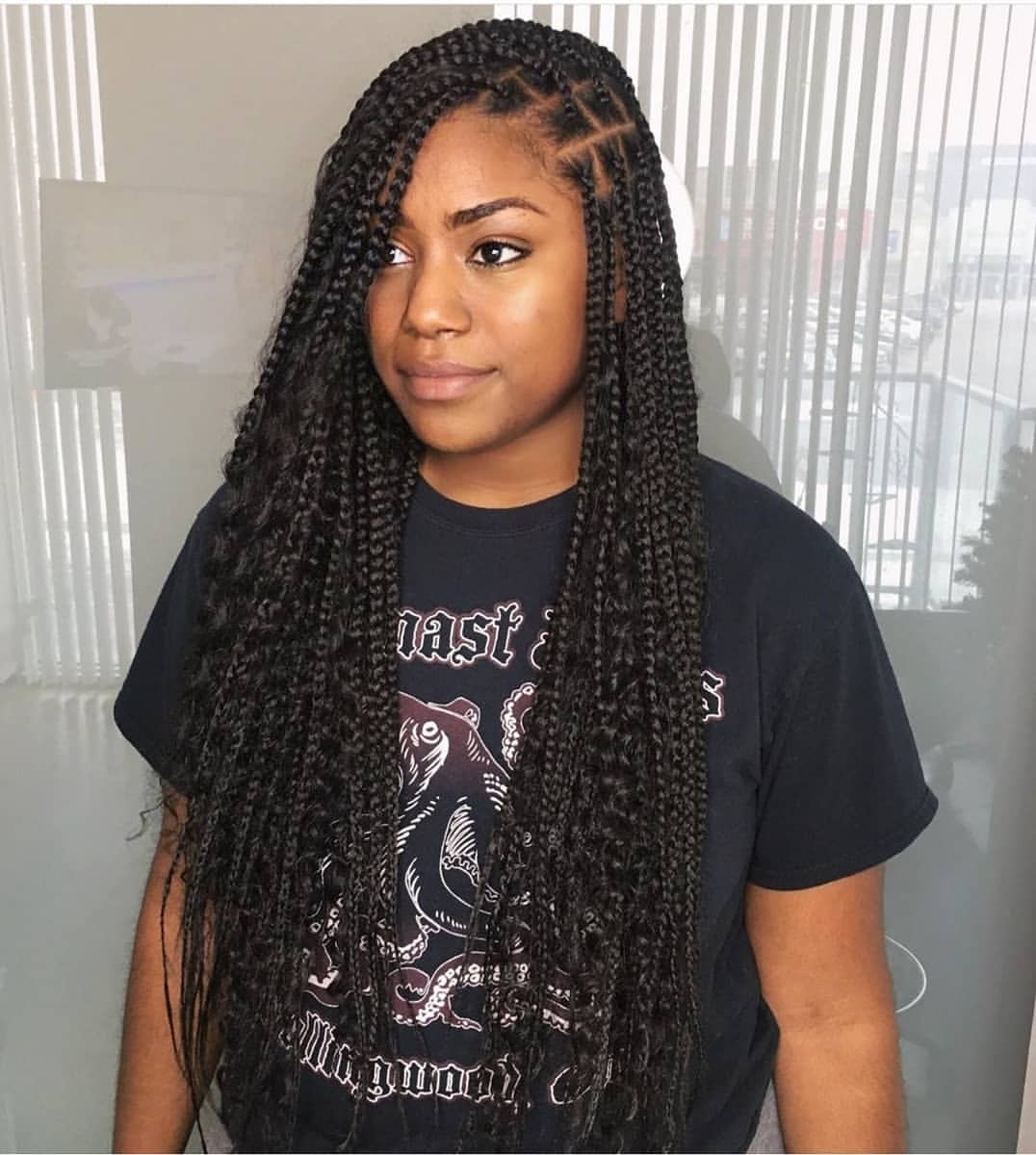
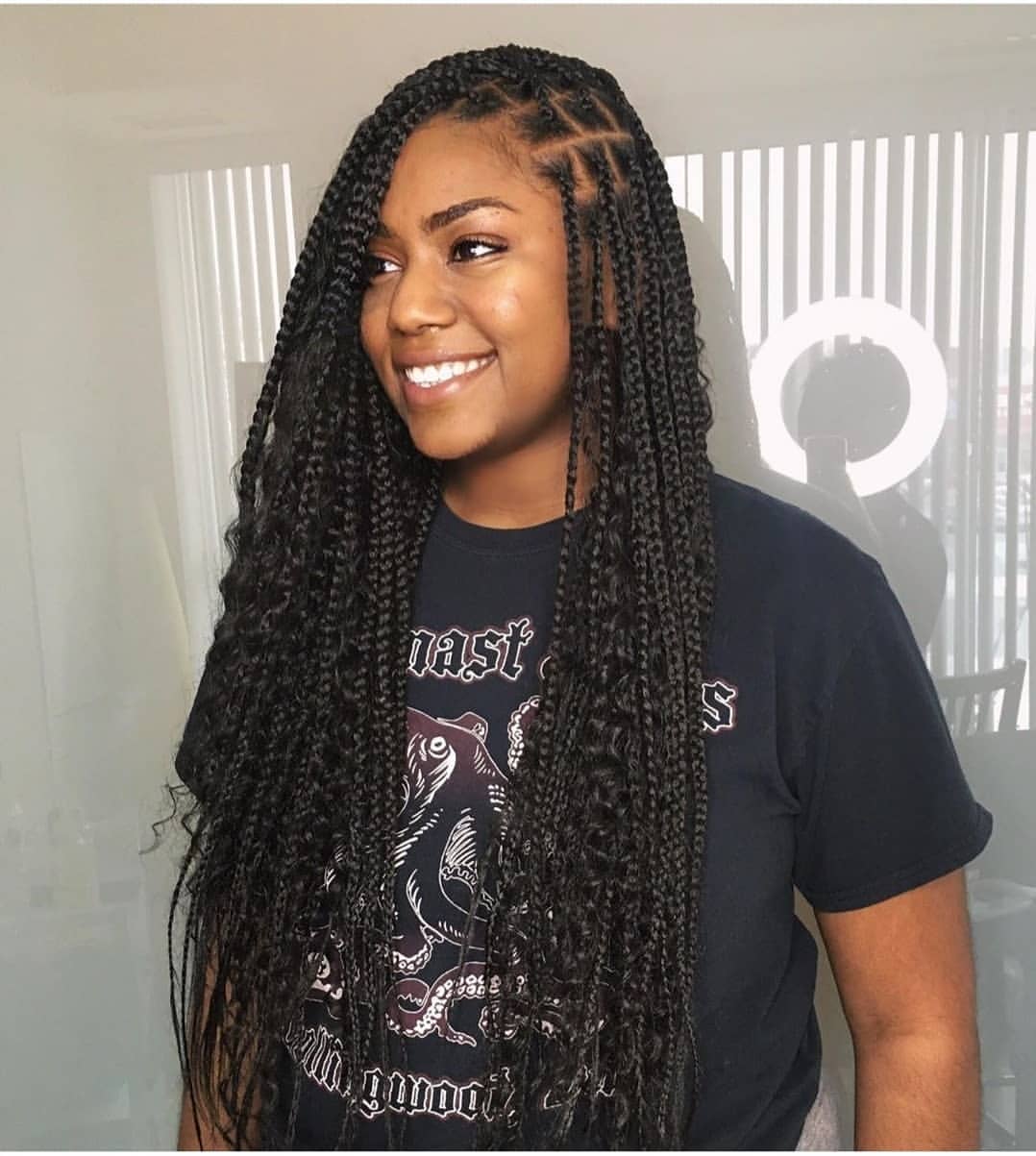
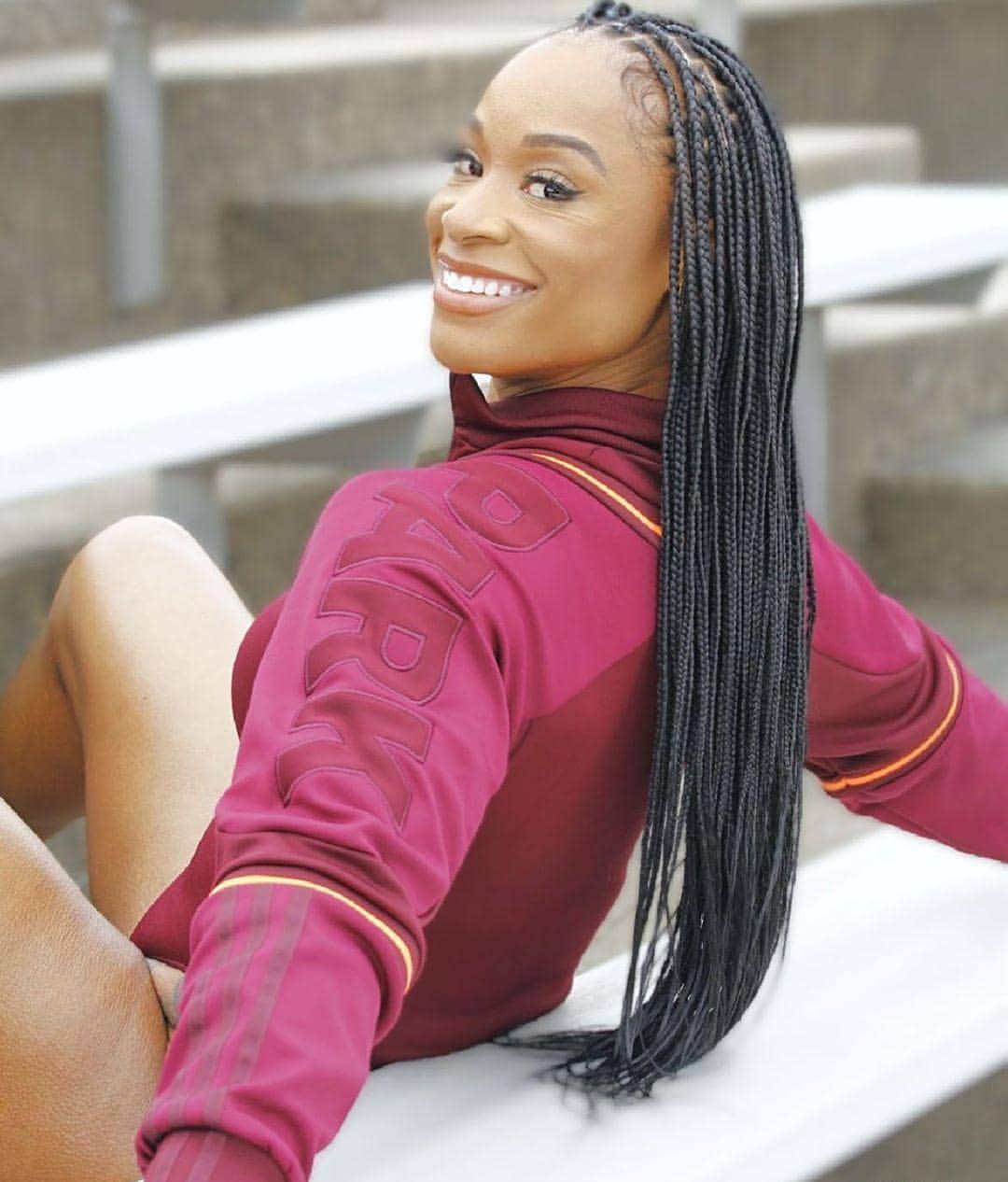
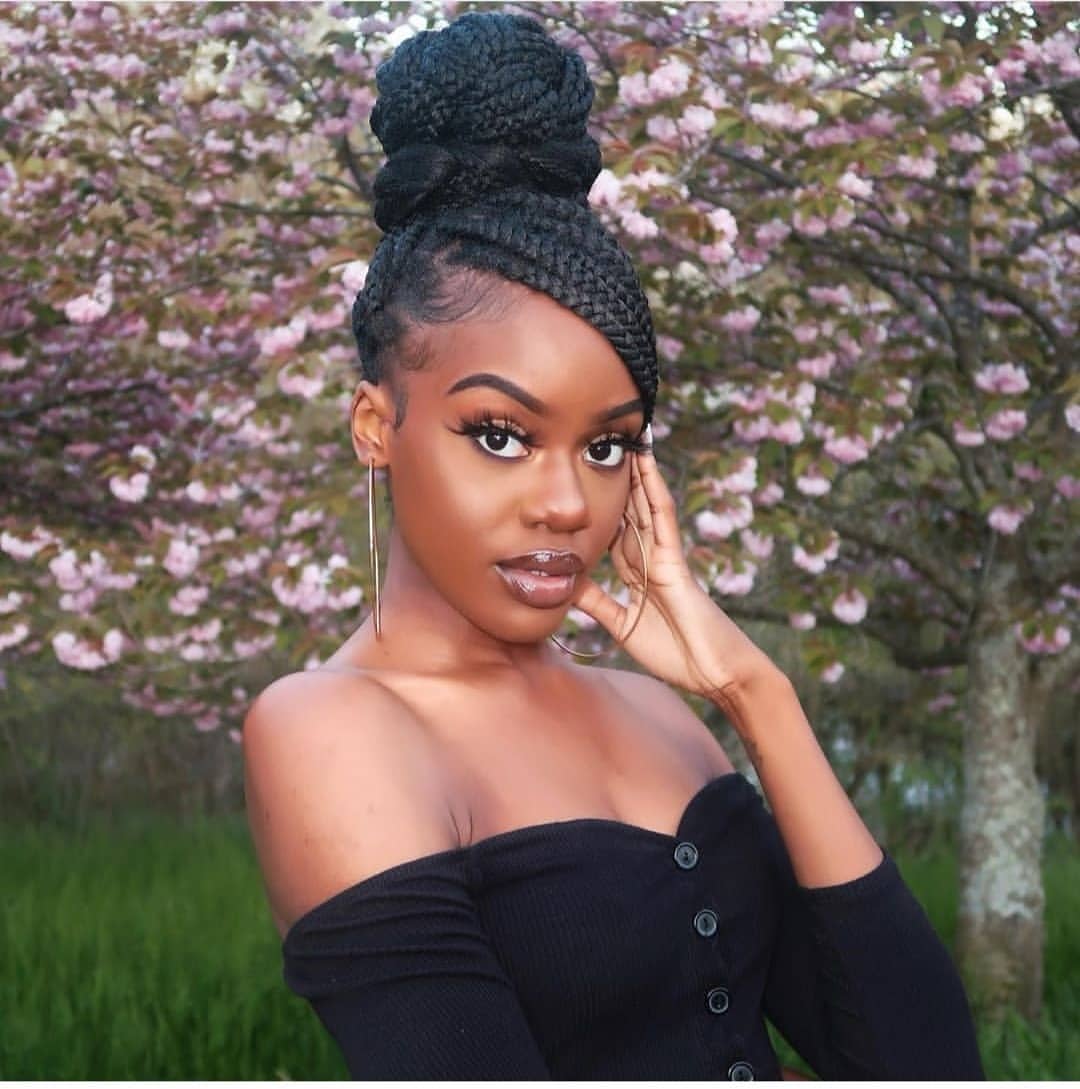
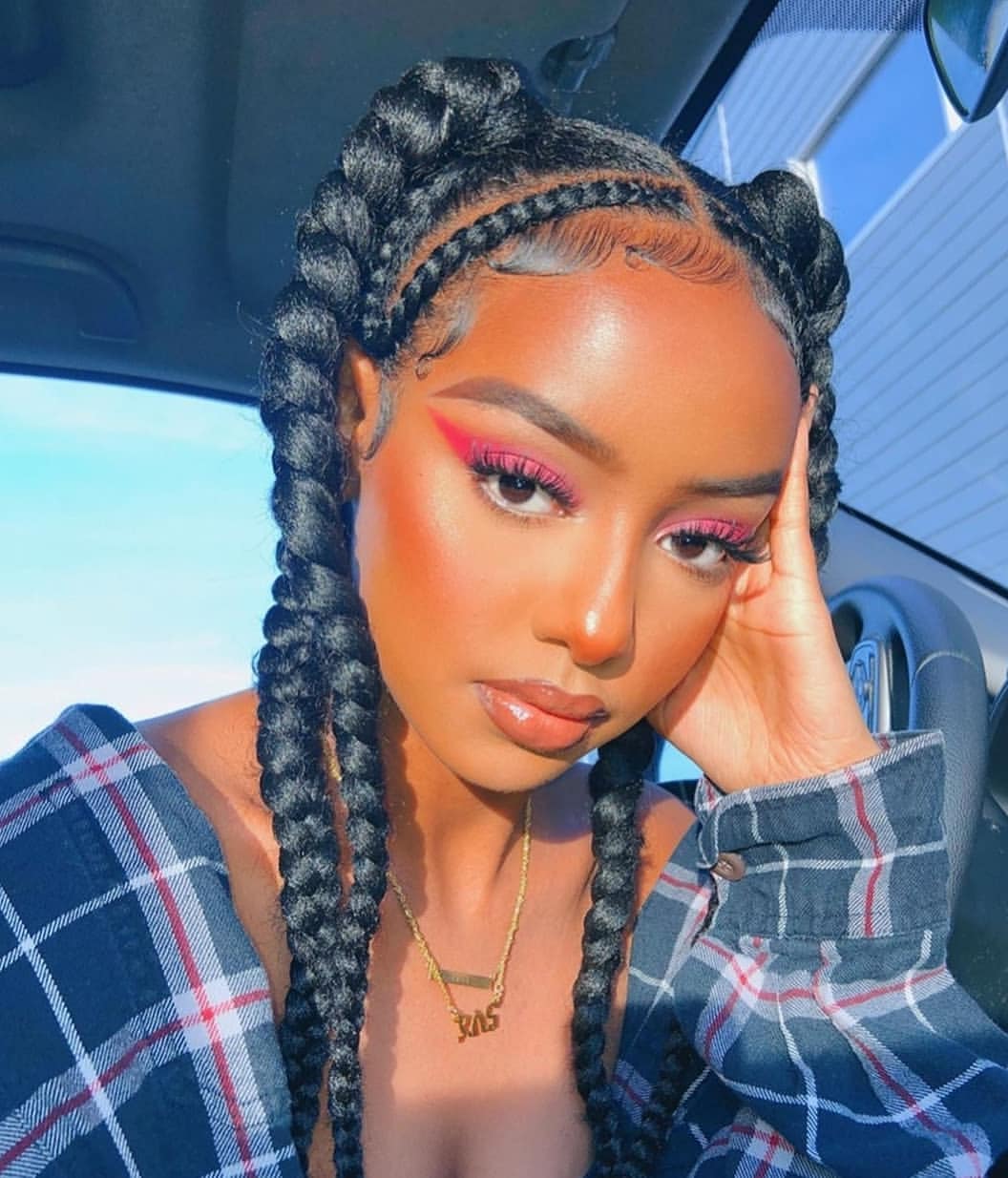
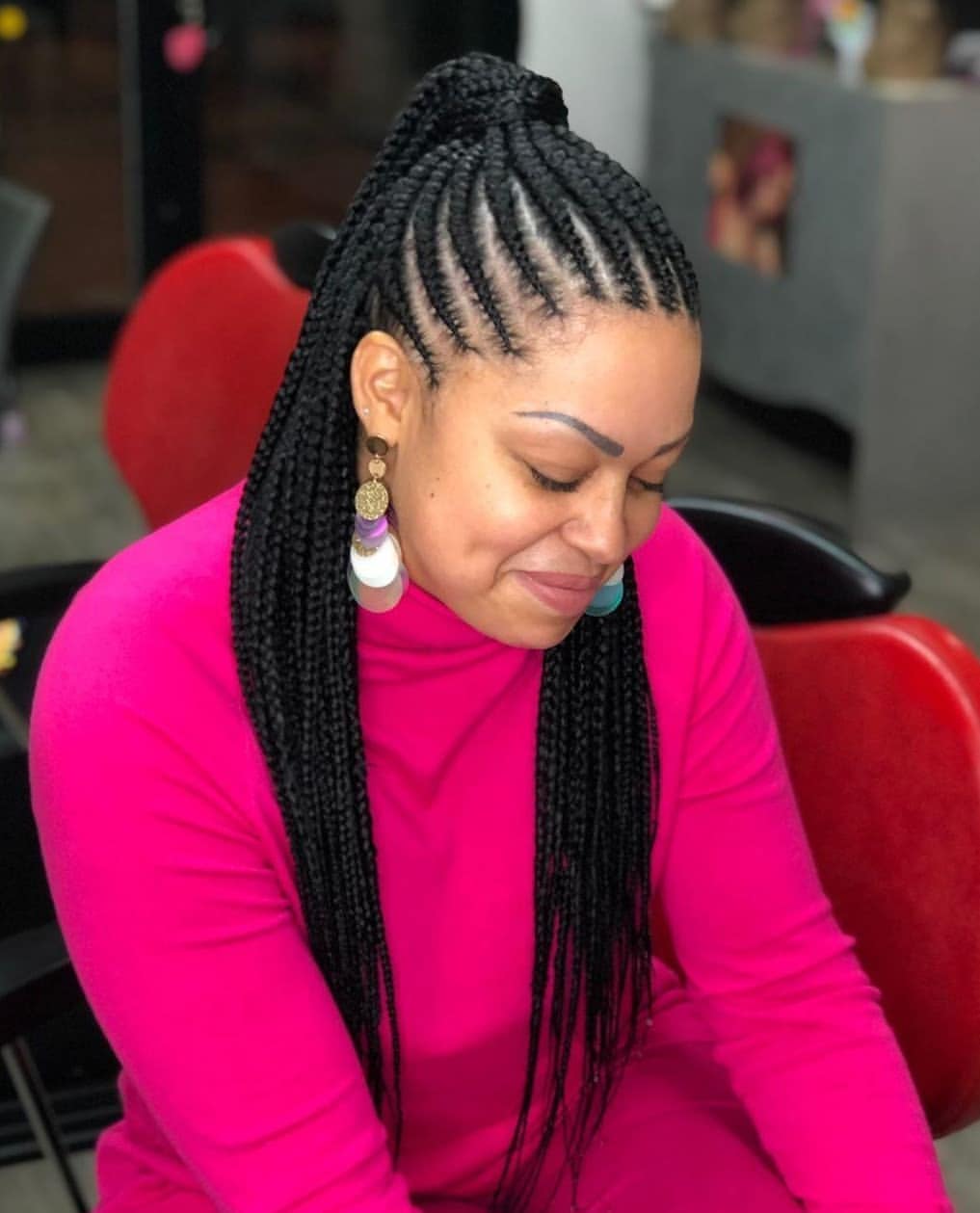
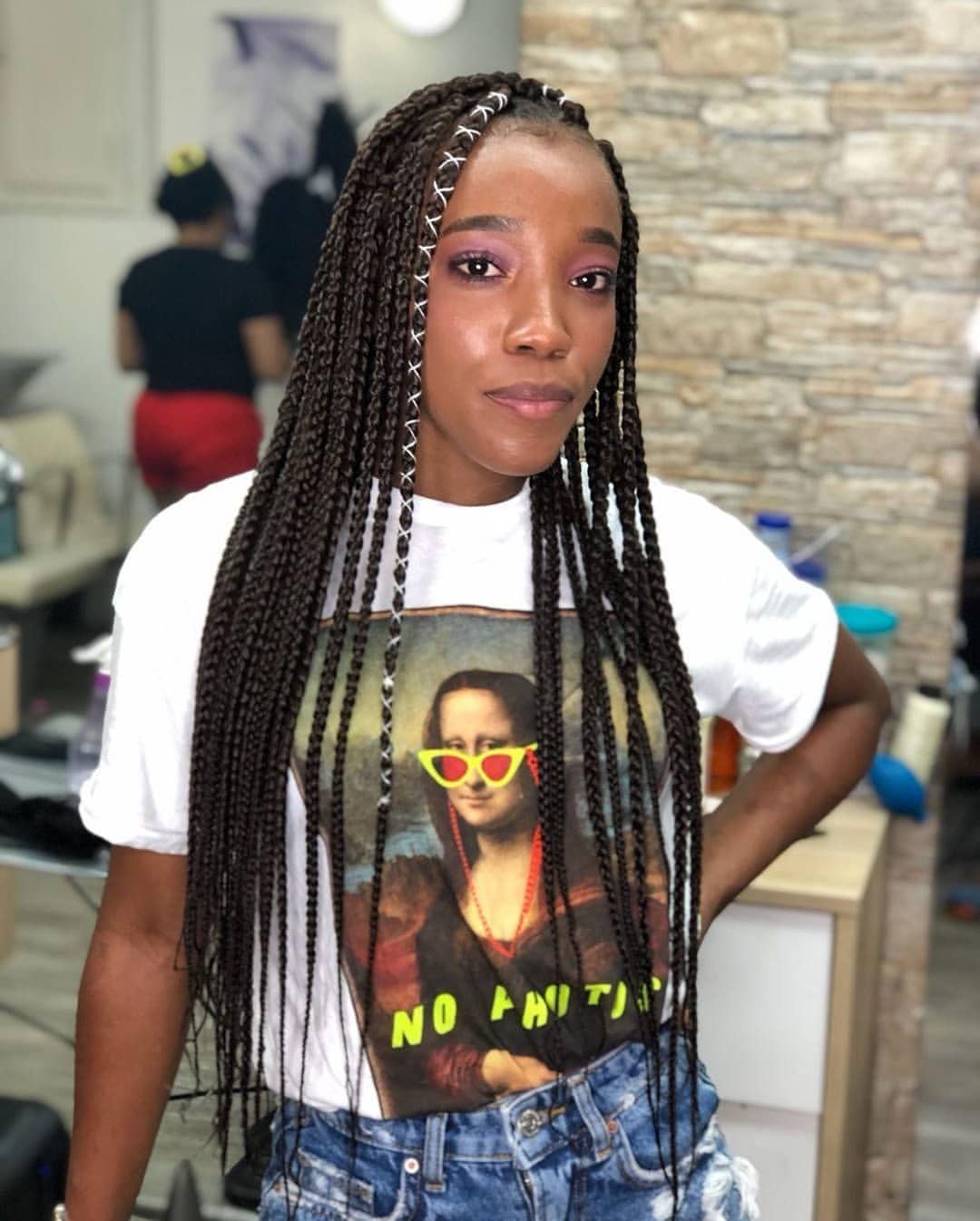
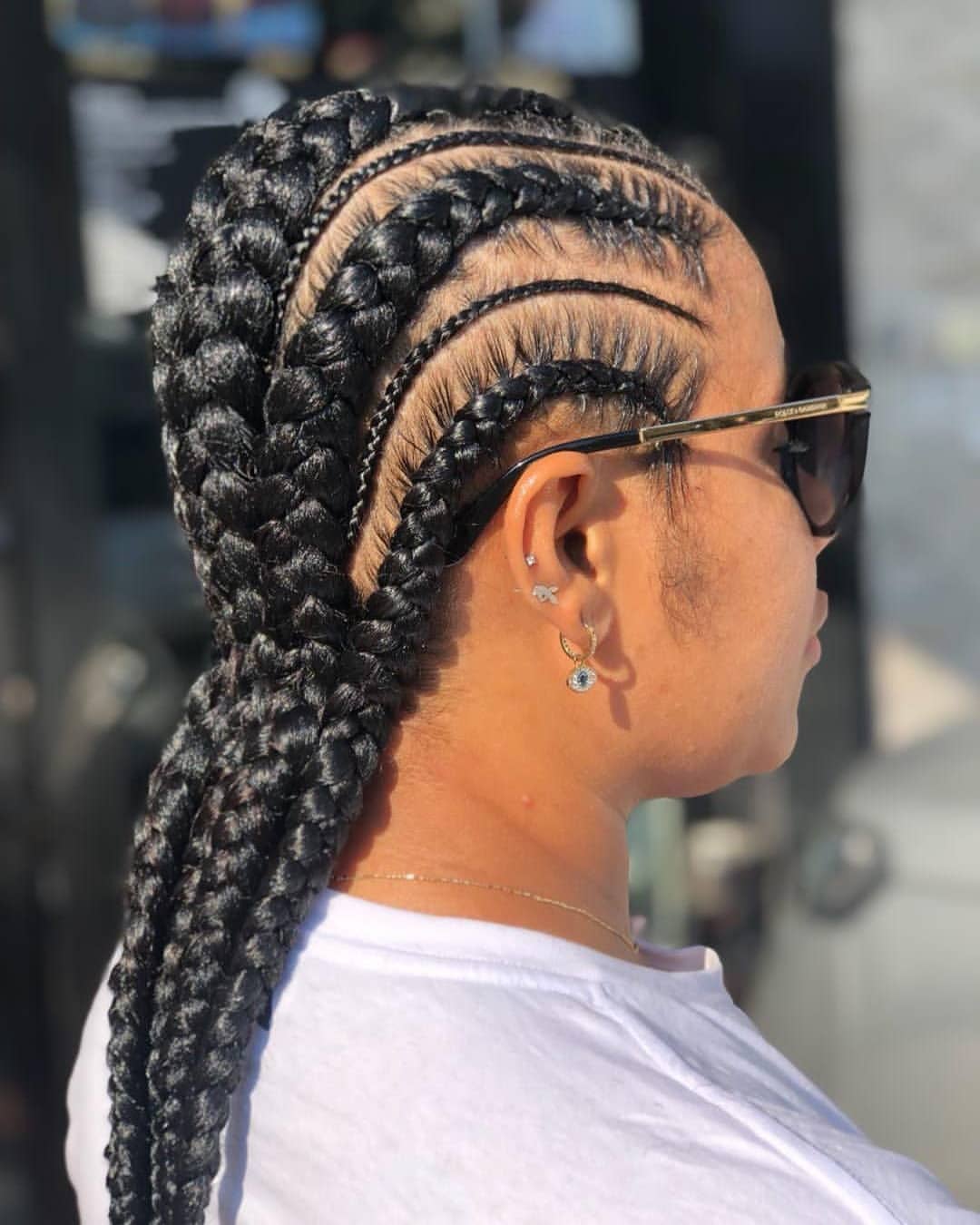
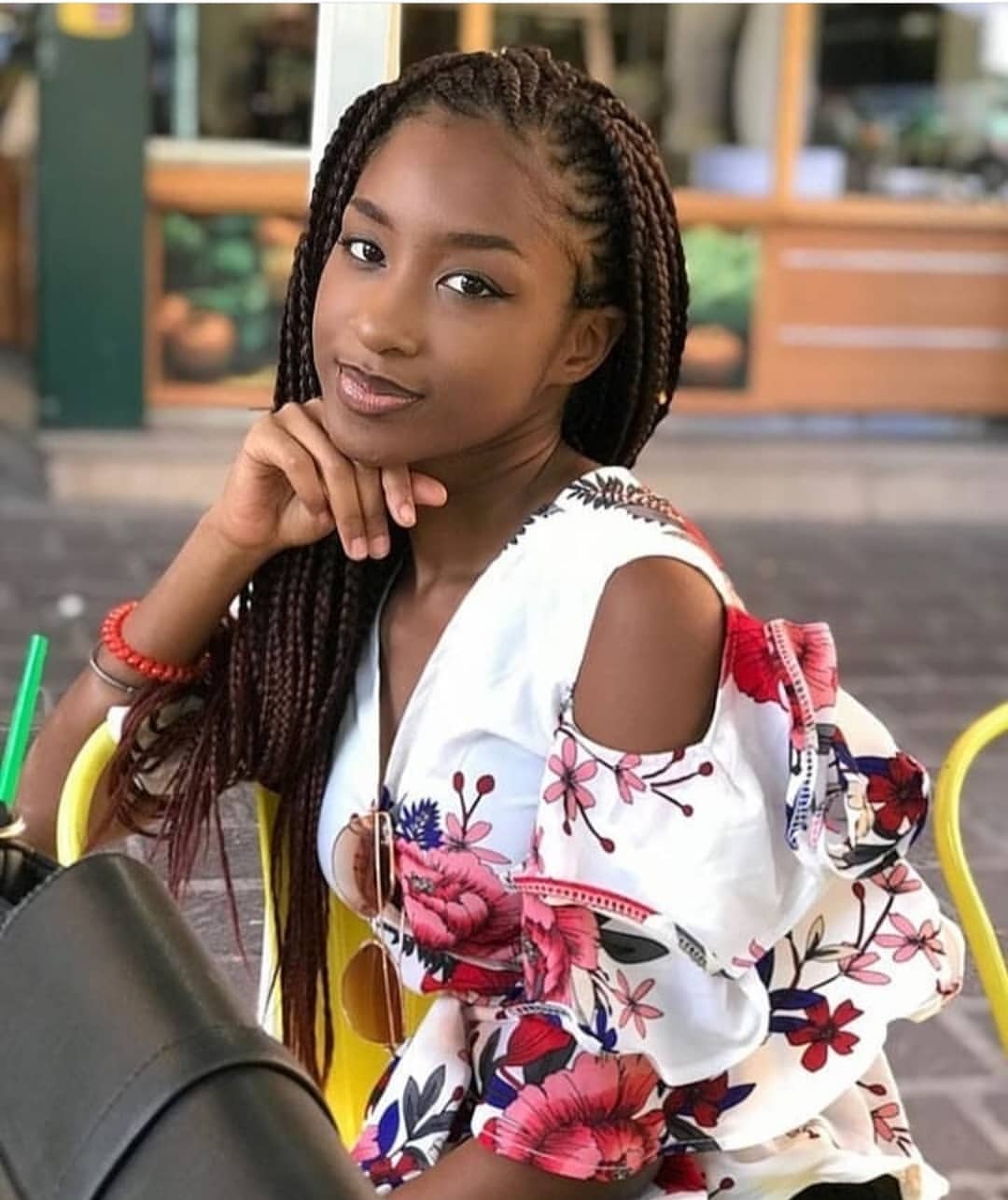
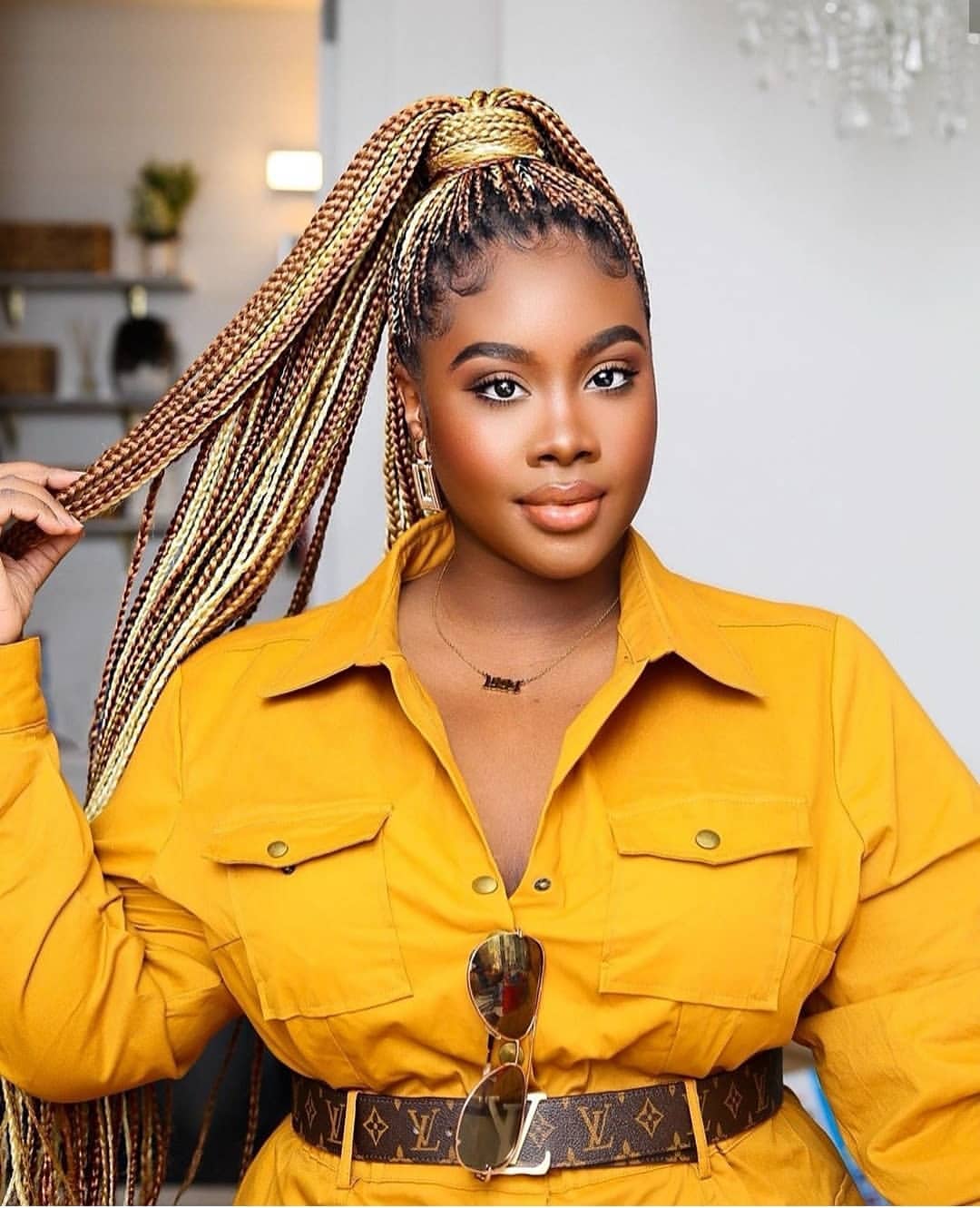
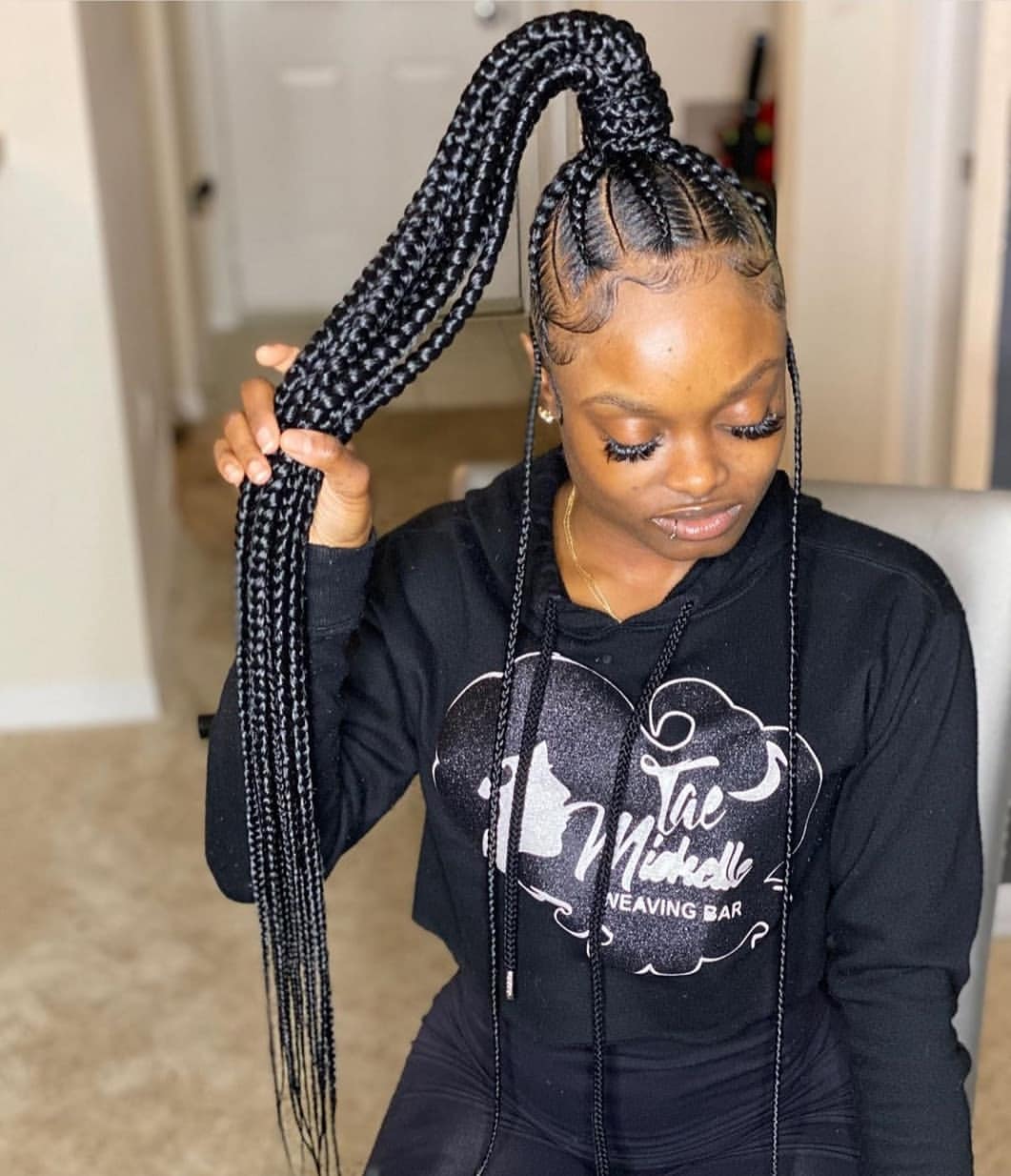
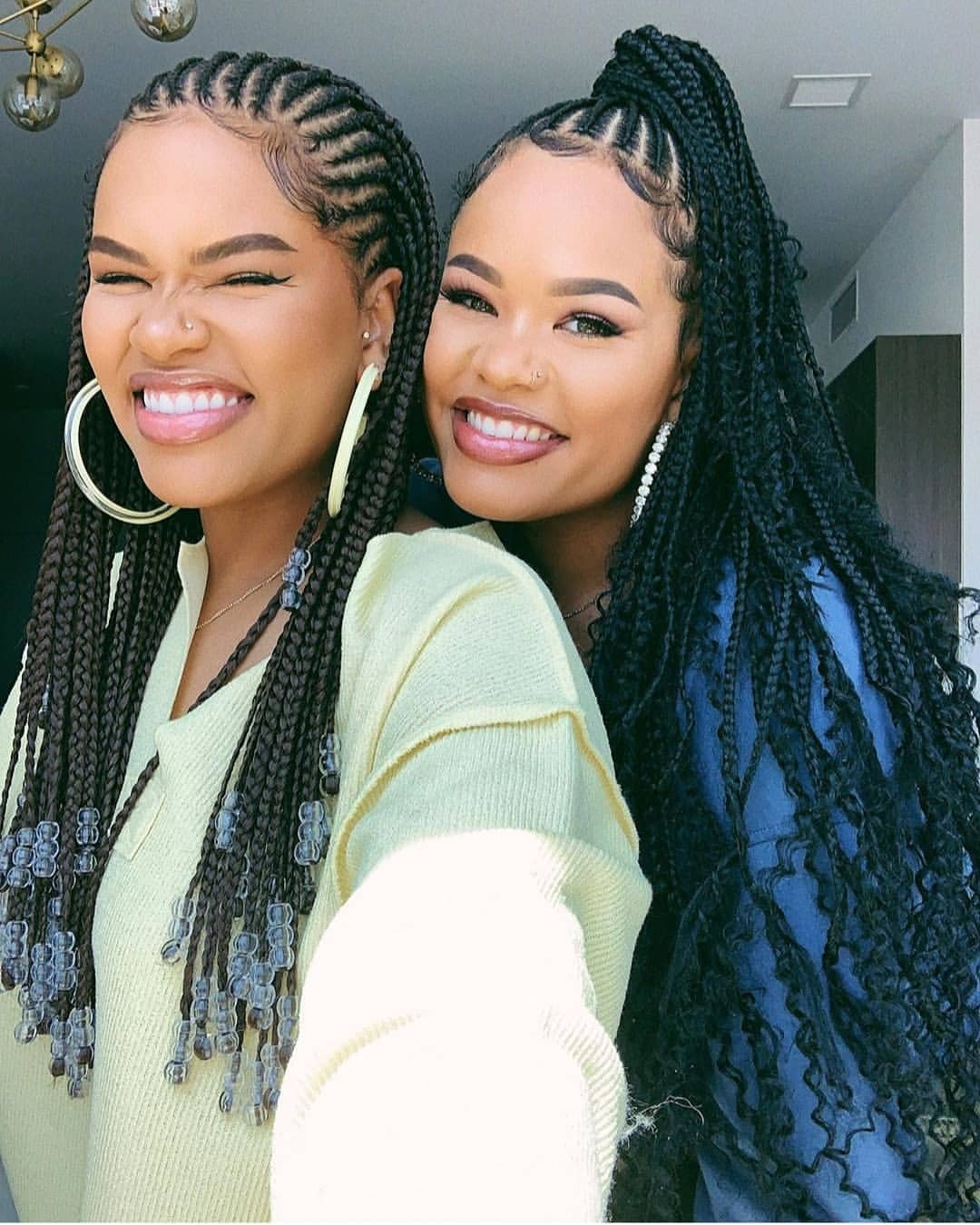
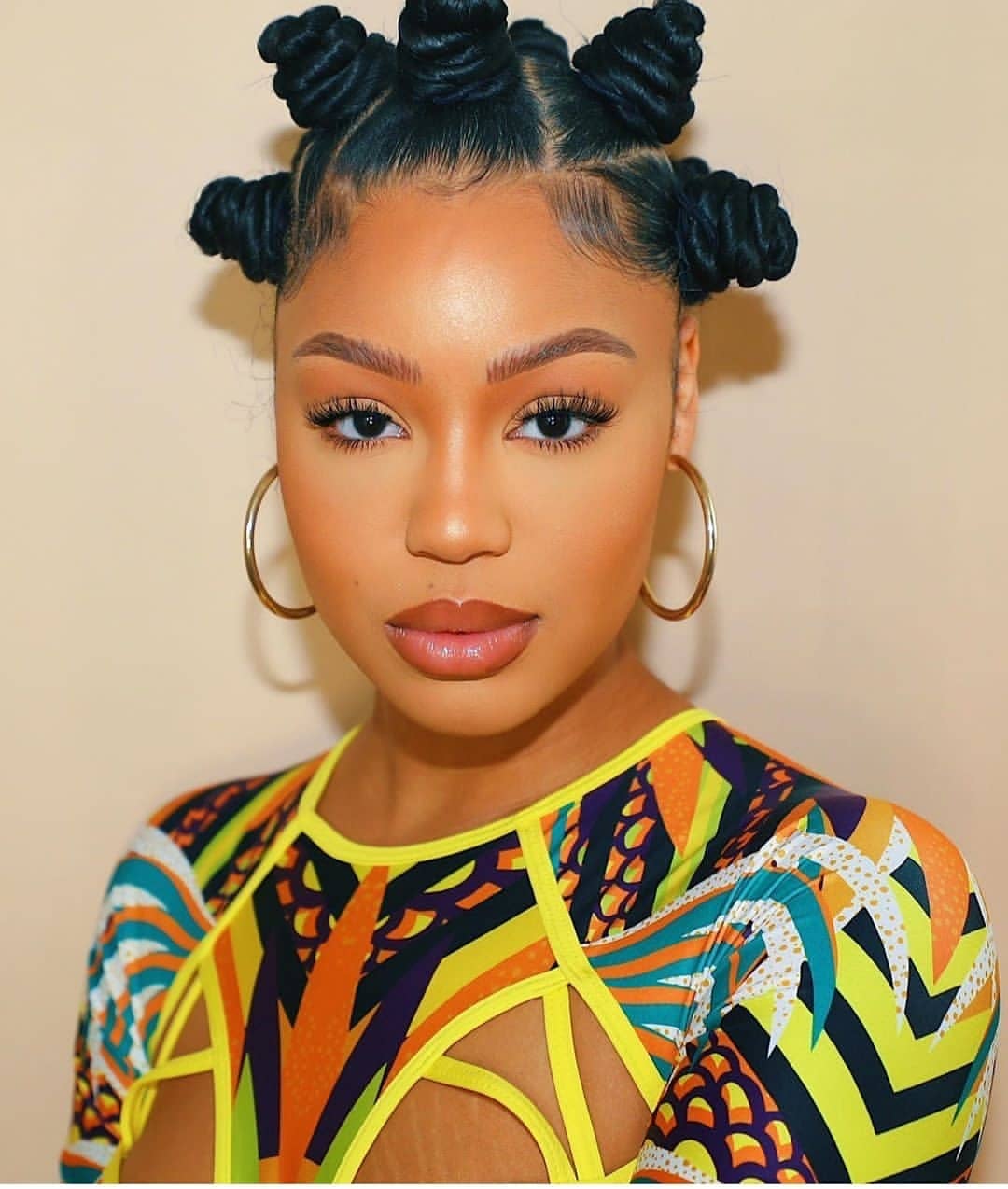
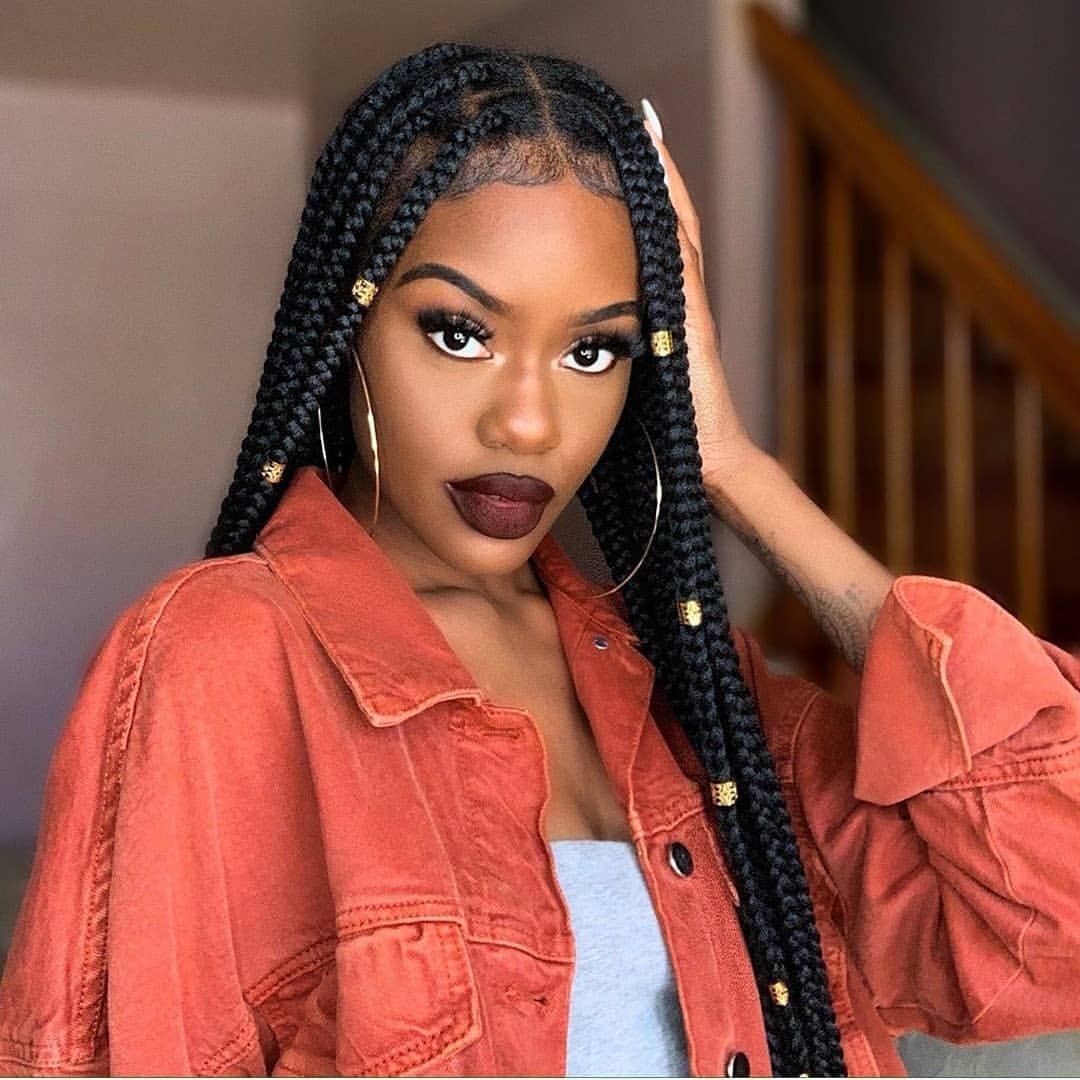
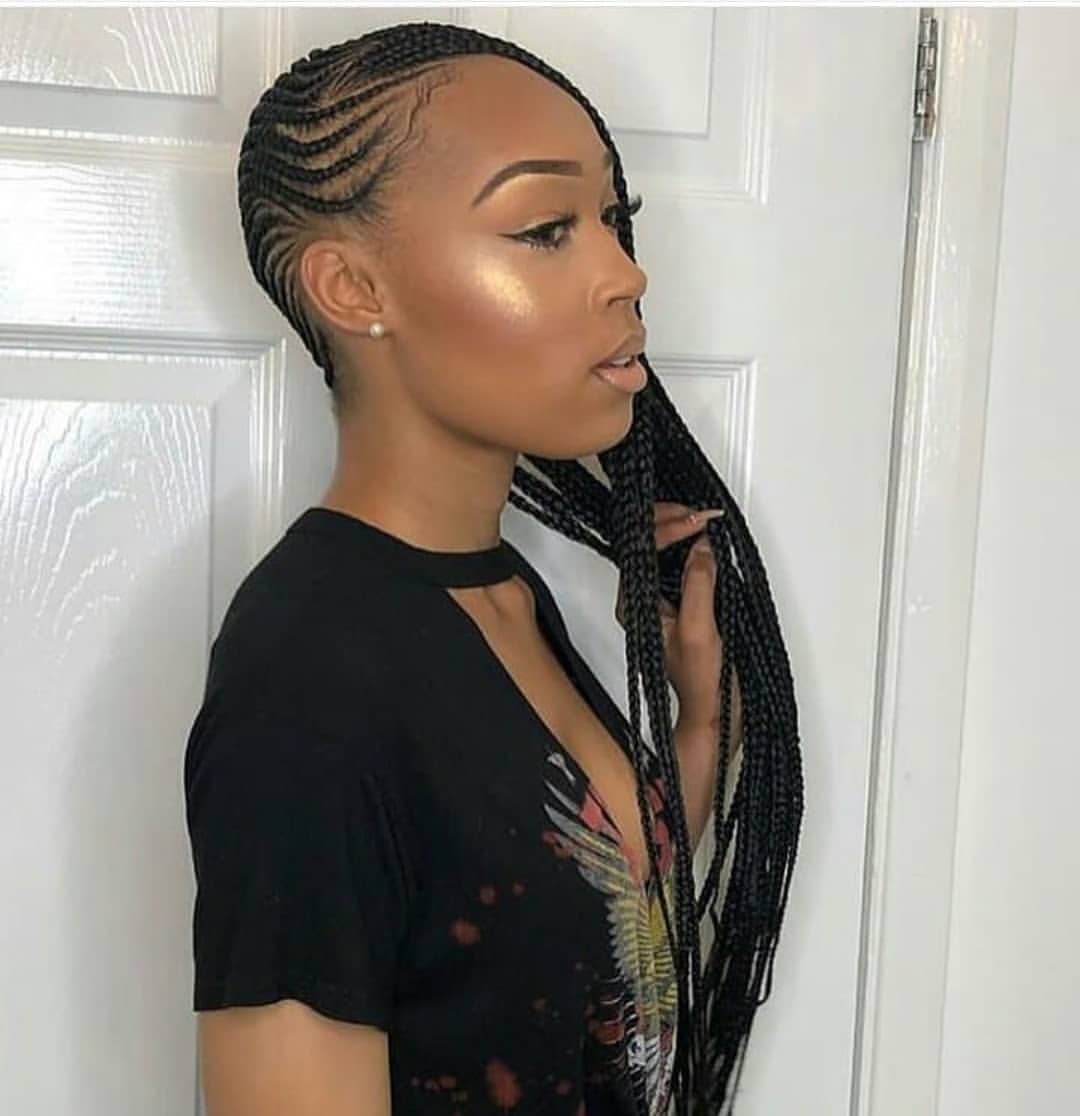
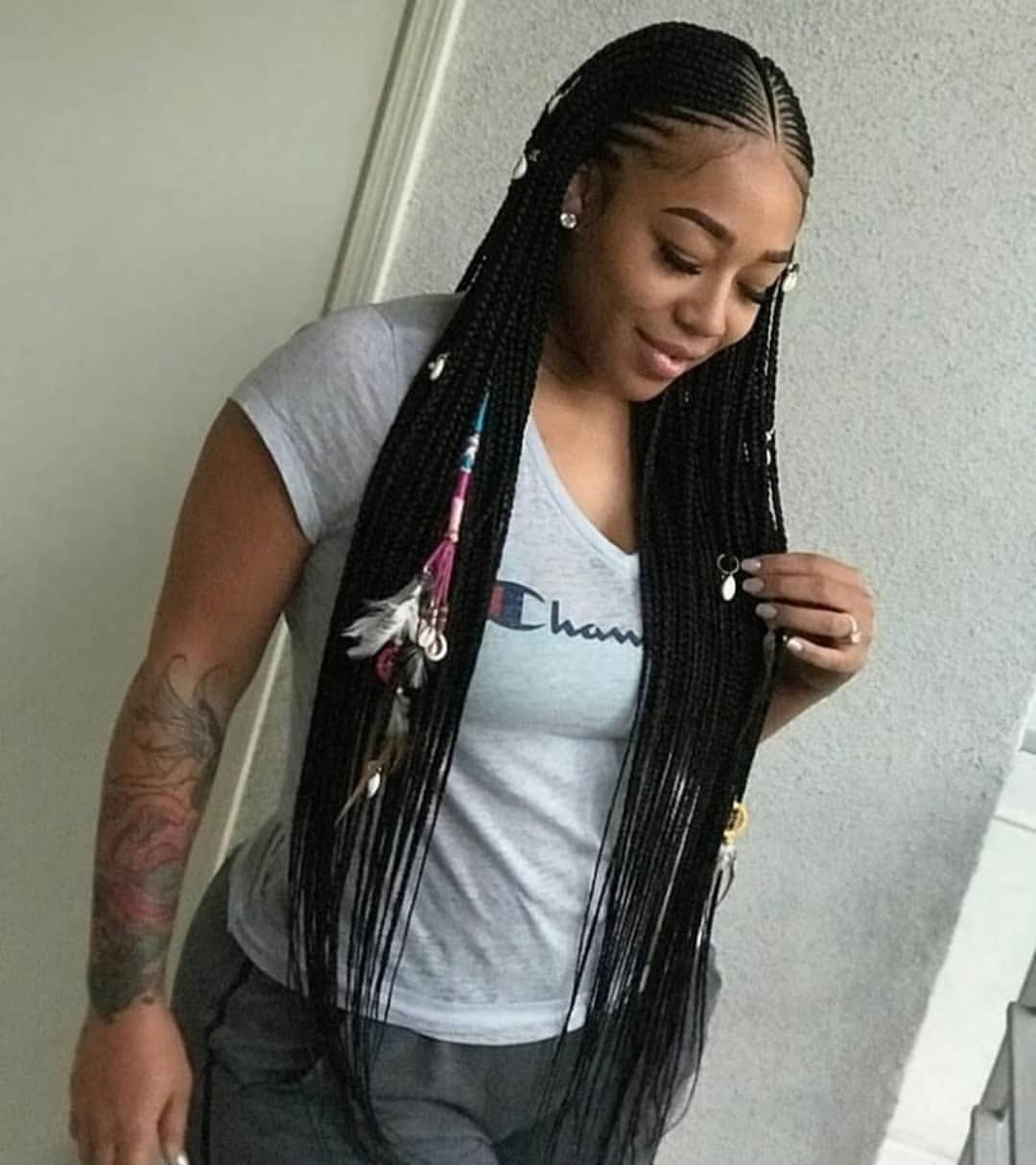
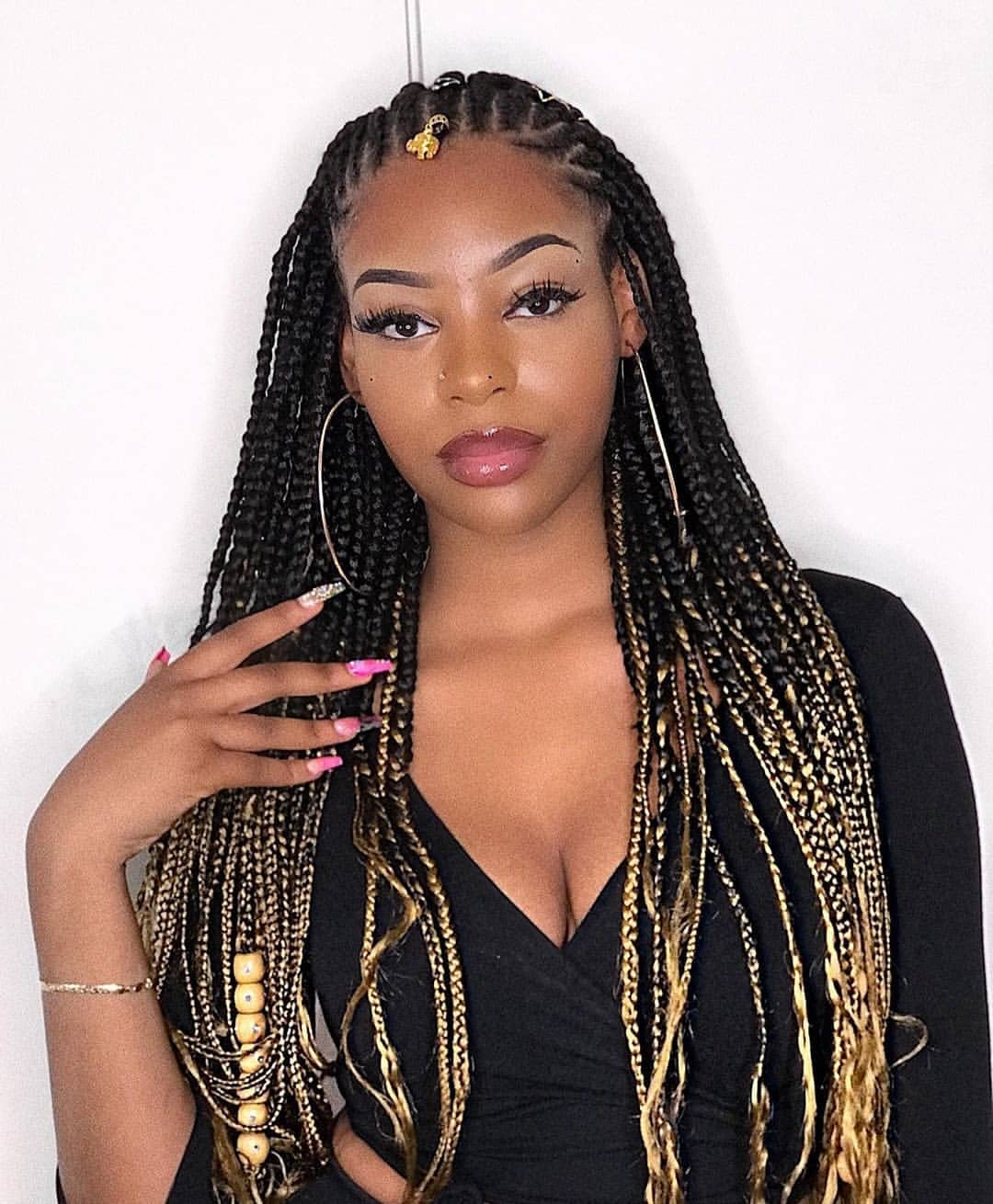
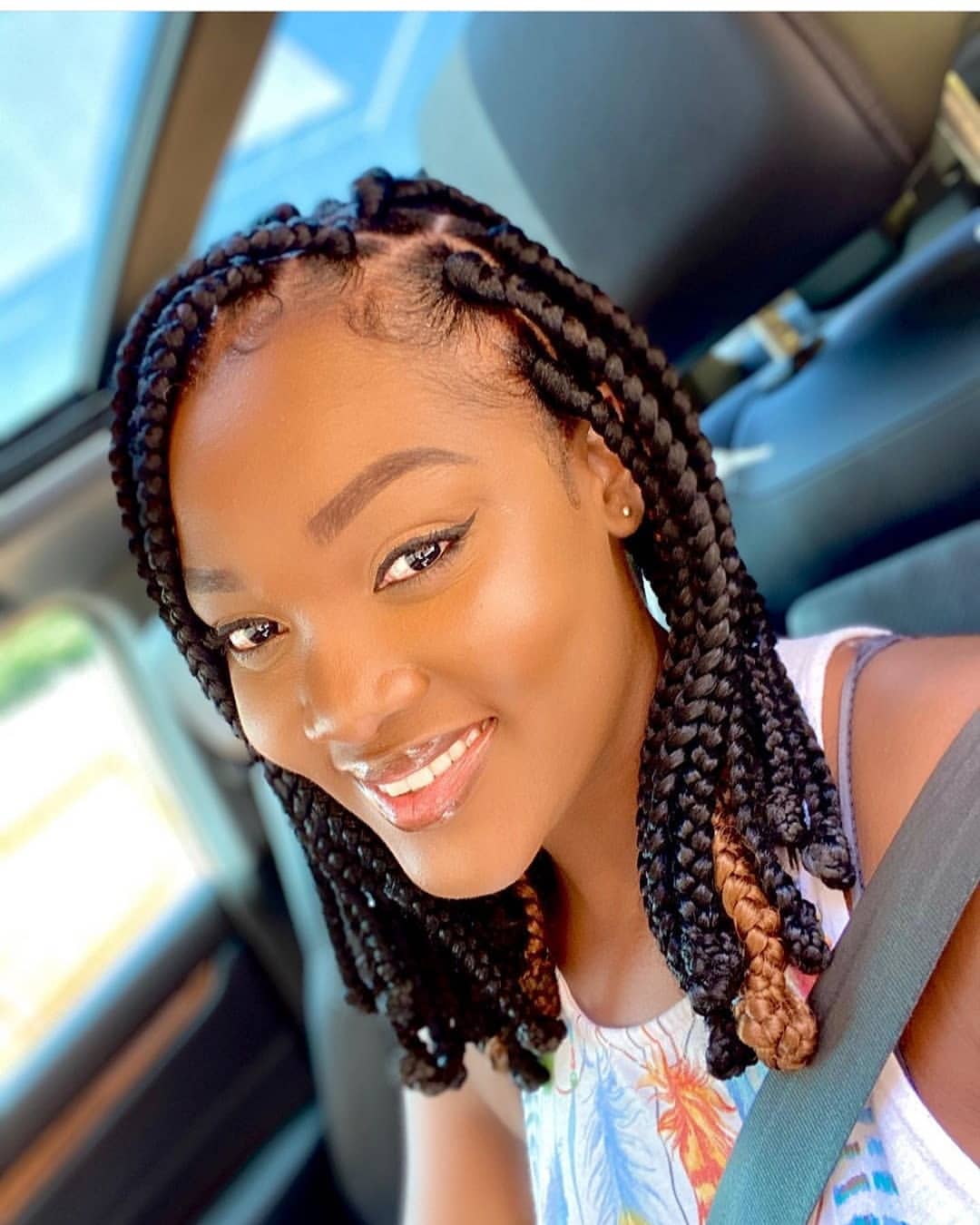
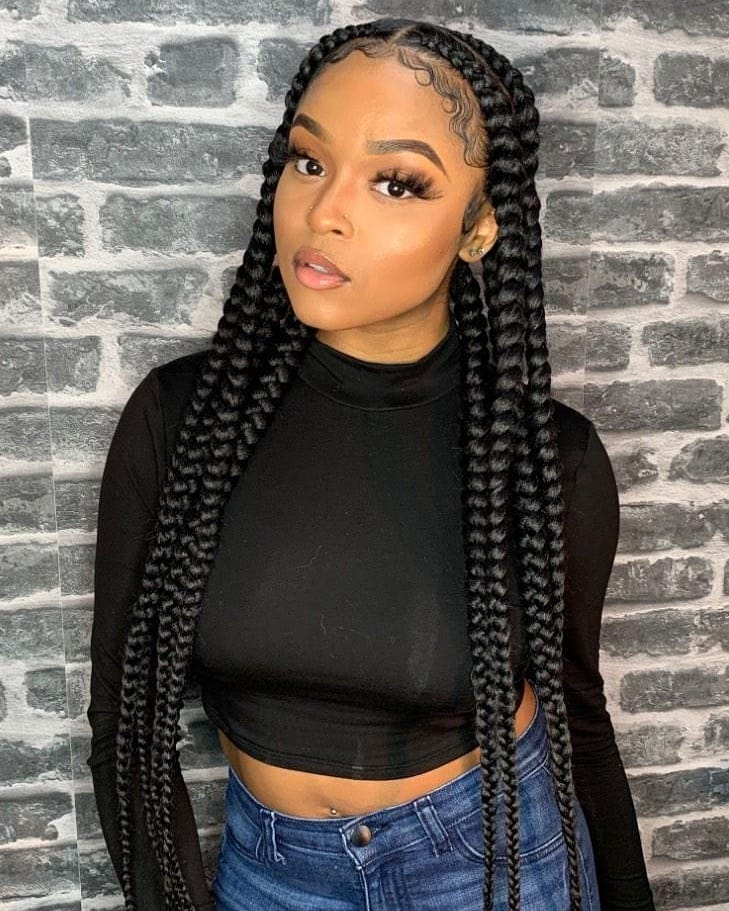
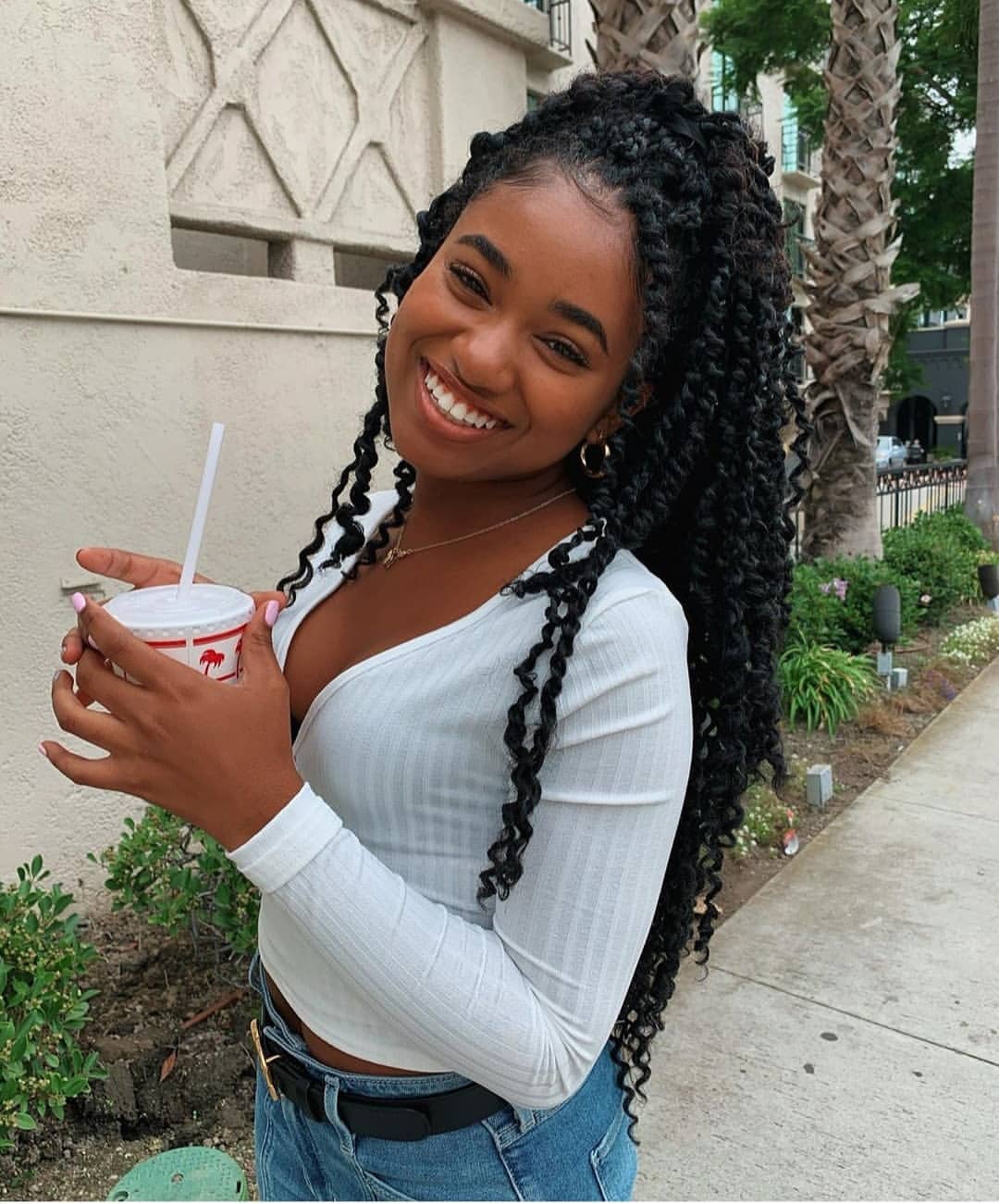
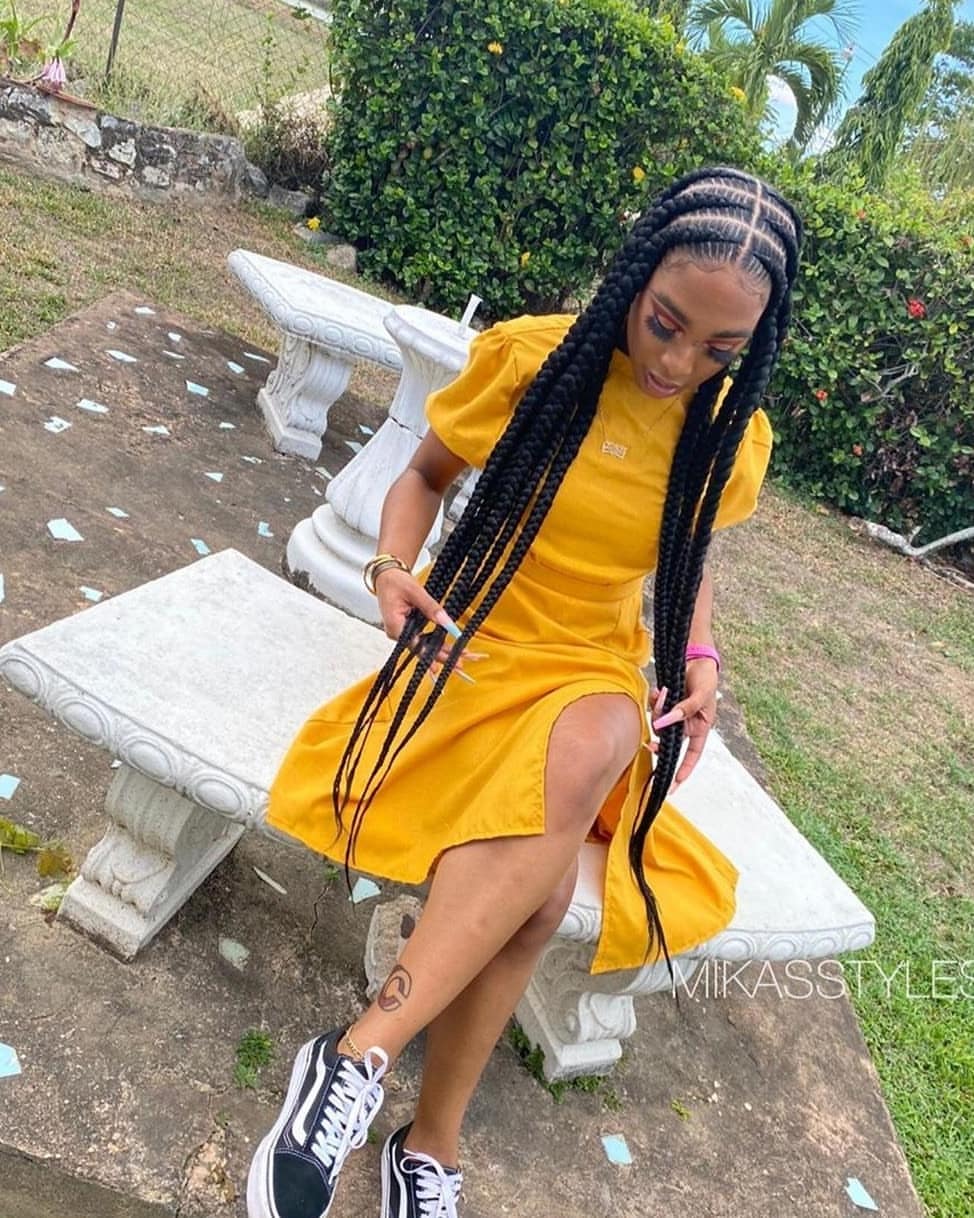
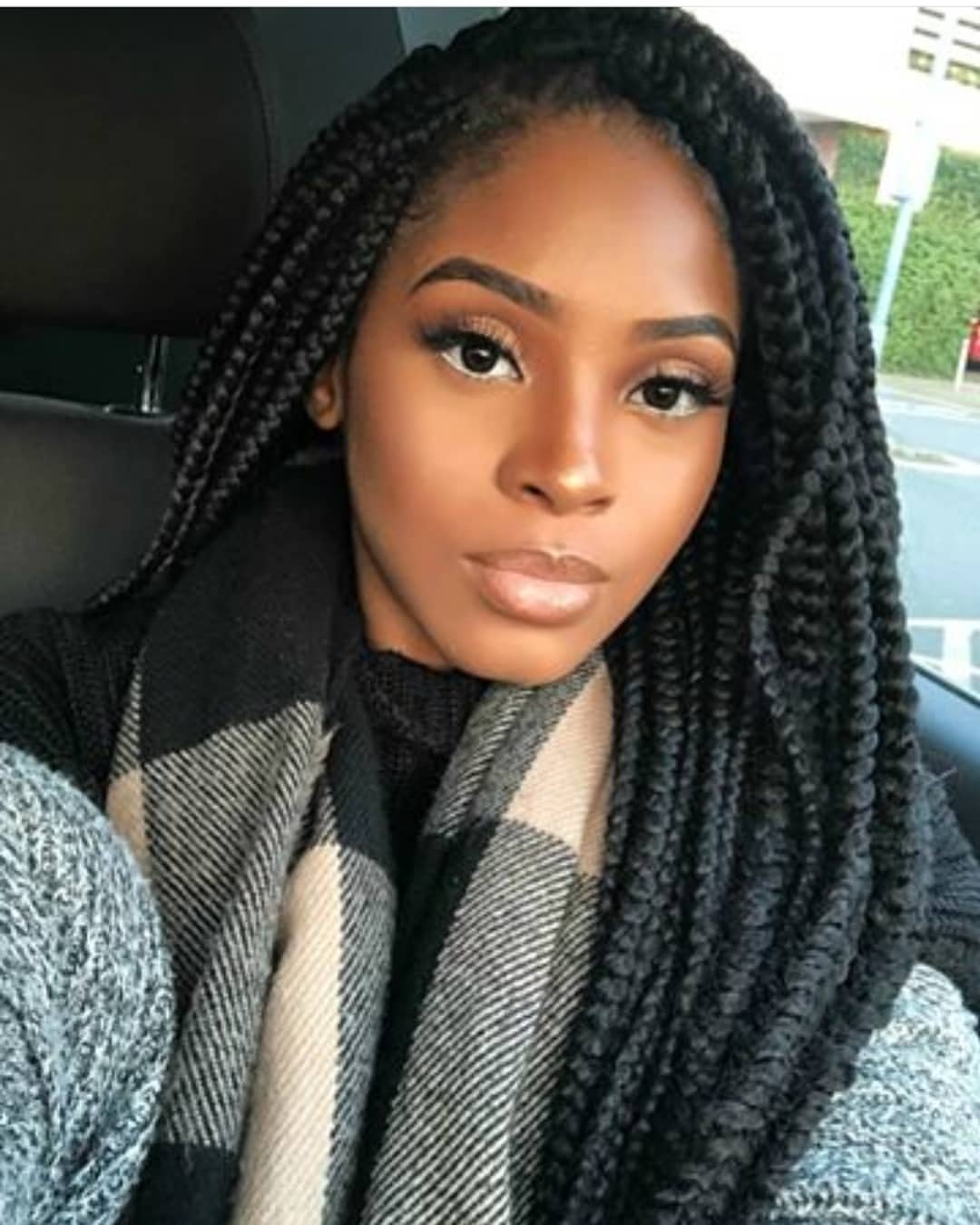
In conclusion, braids and African hairstyles are a beautiful and timeless tradition of self-expression and cultural heritage. By understanding the history and
